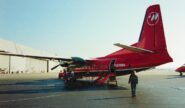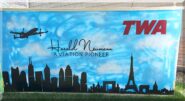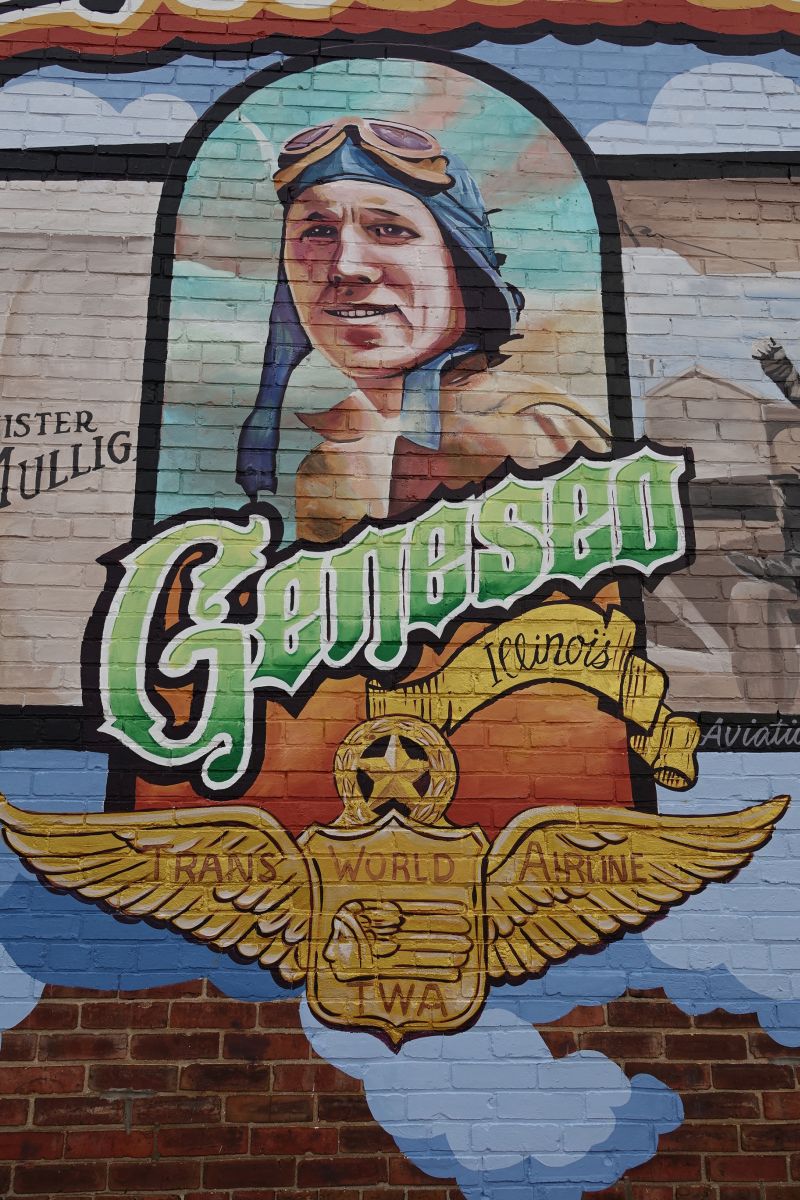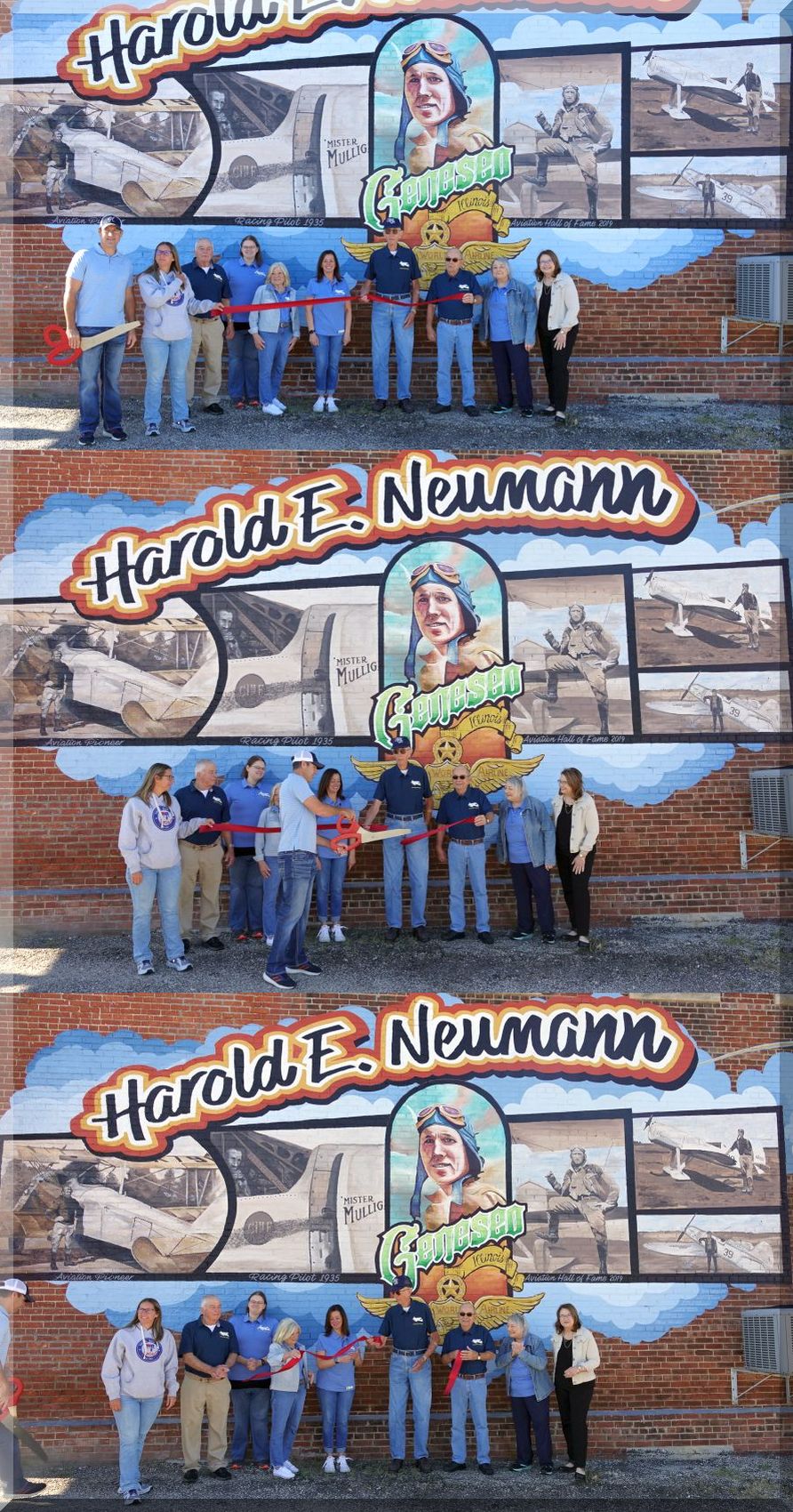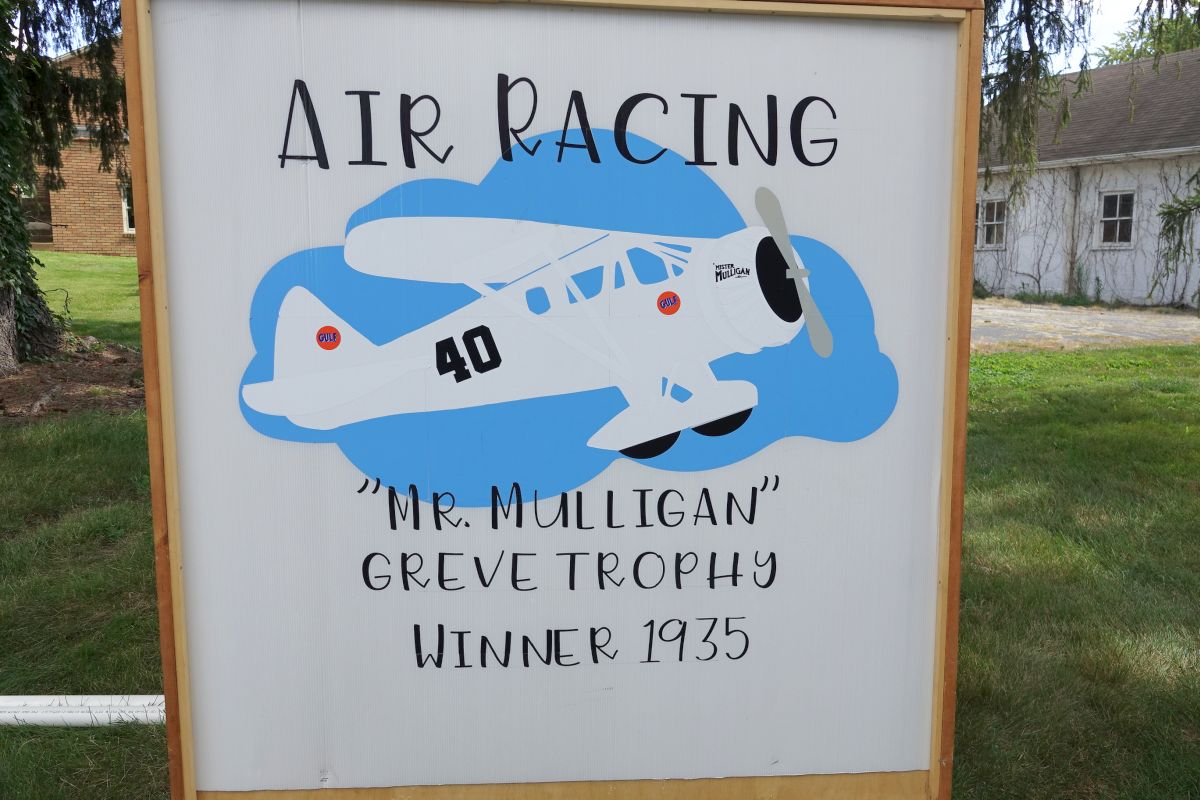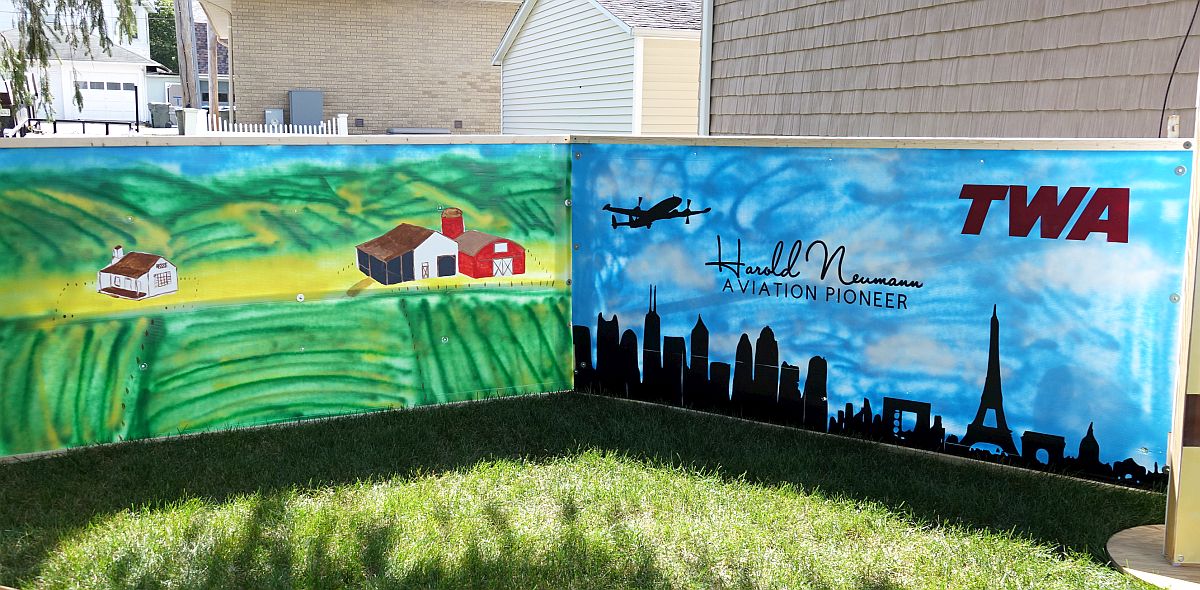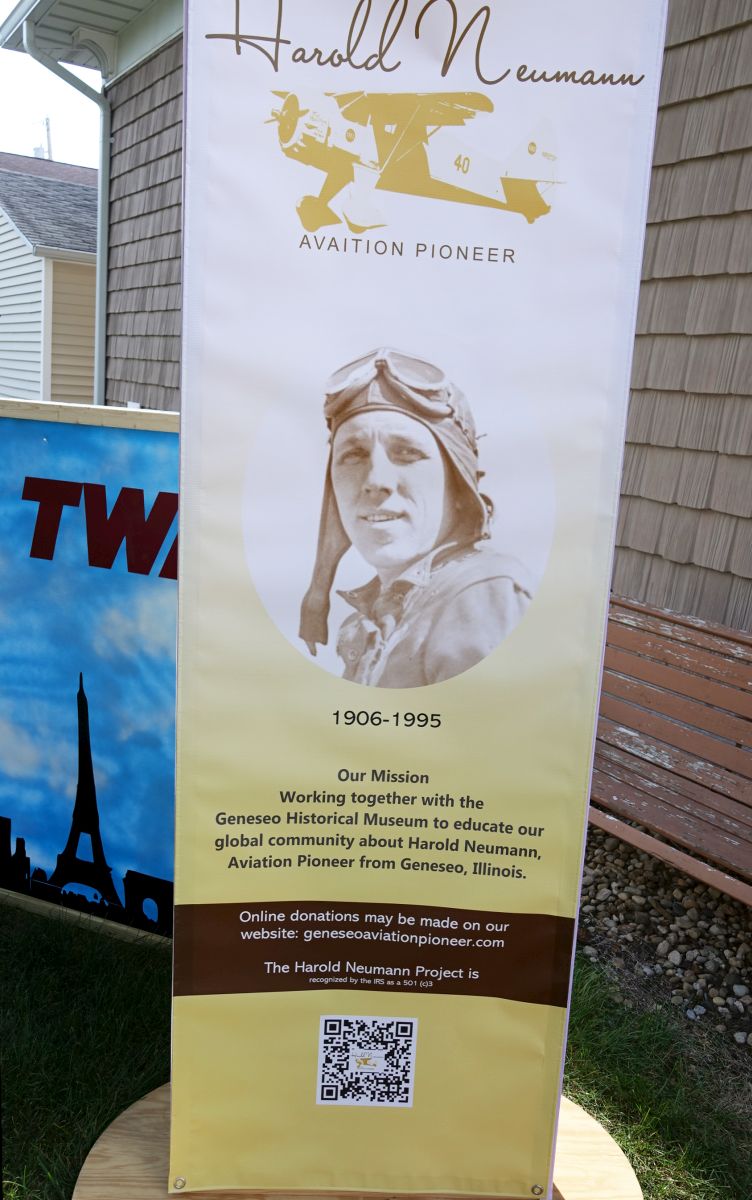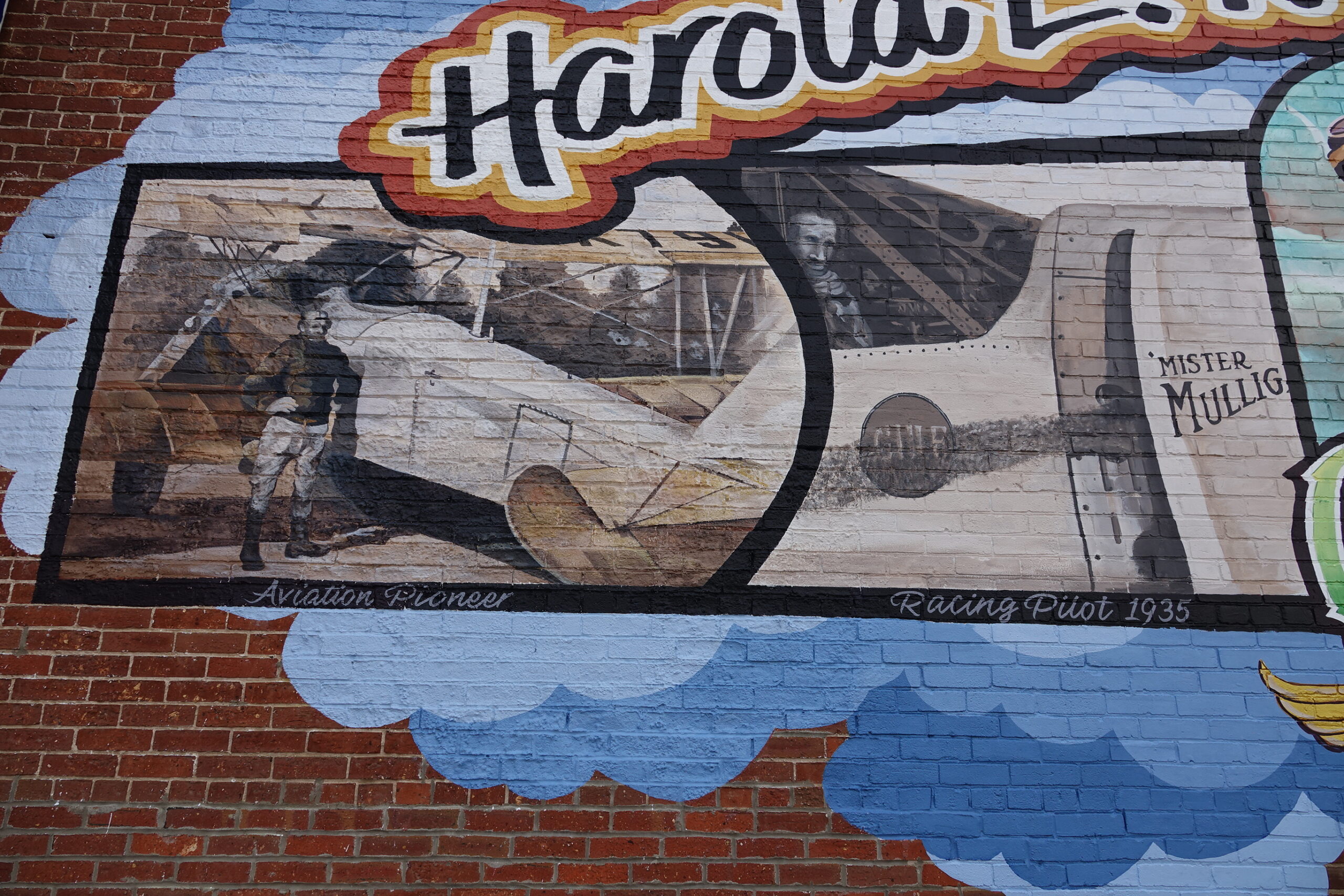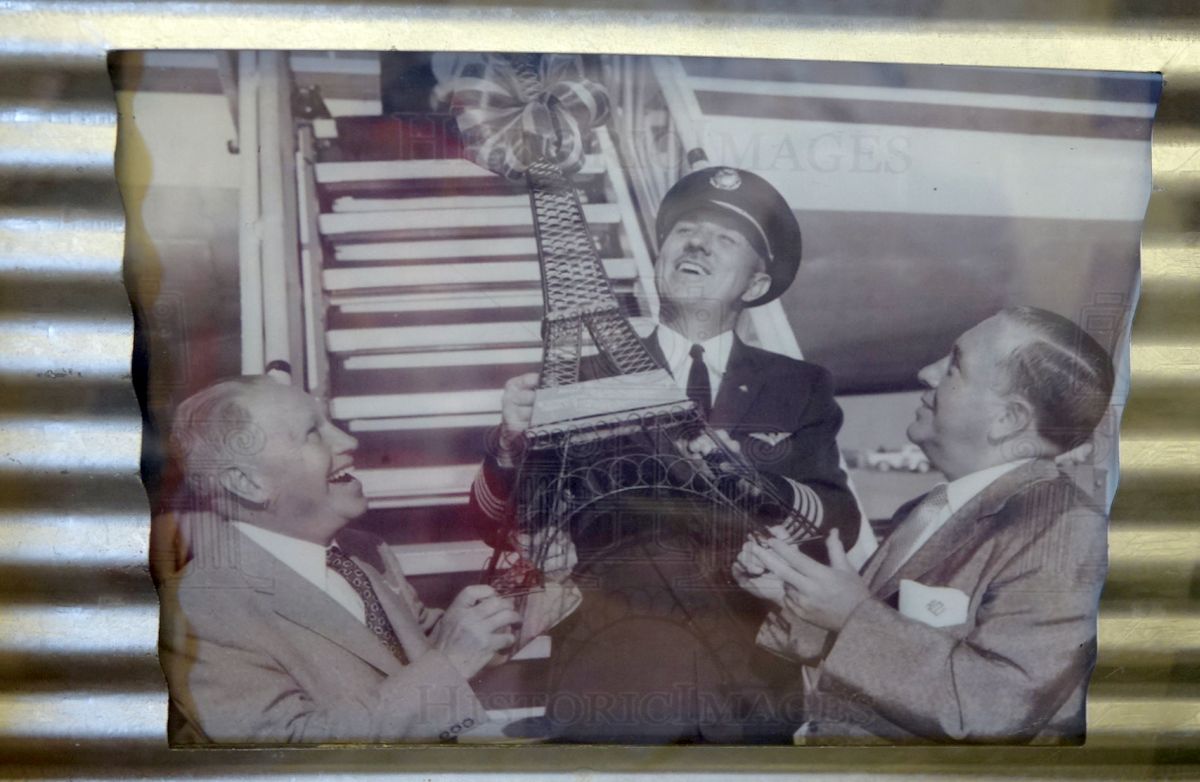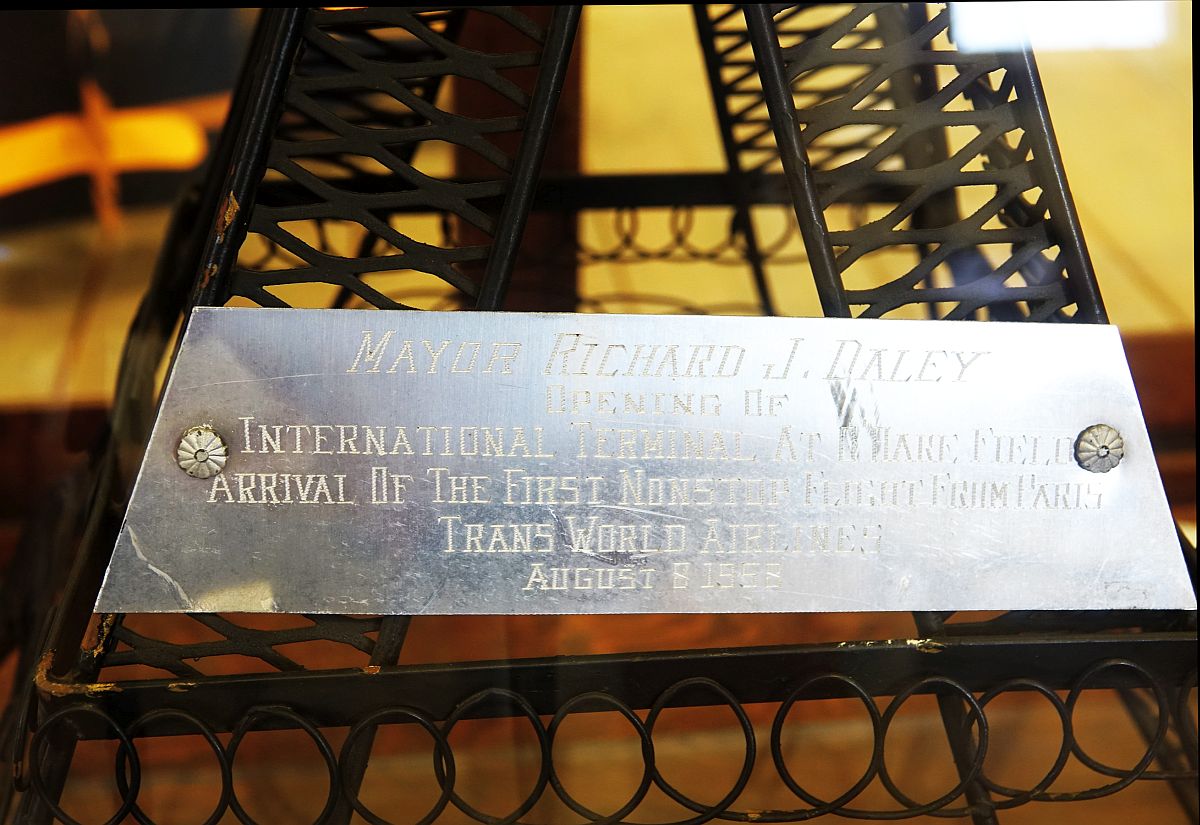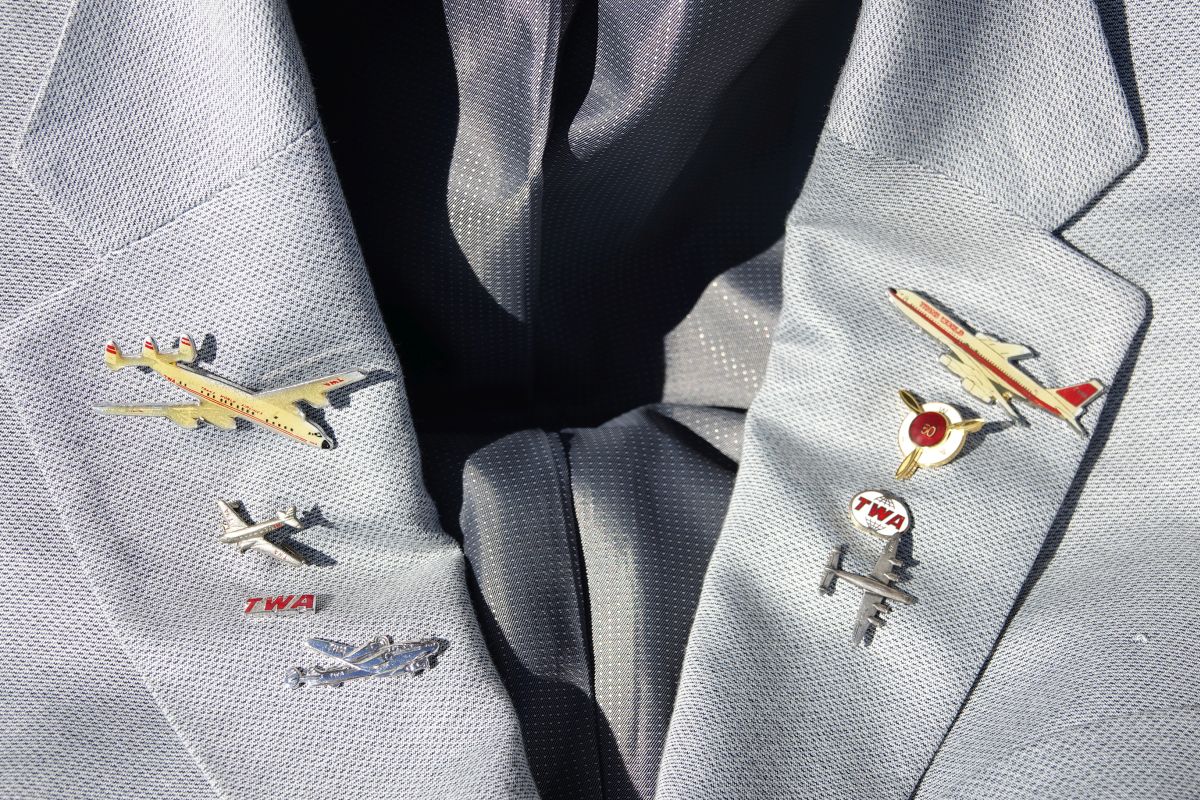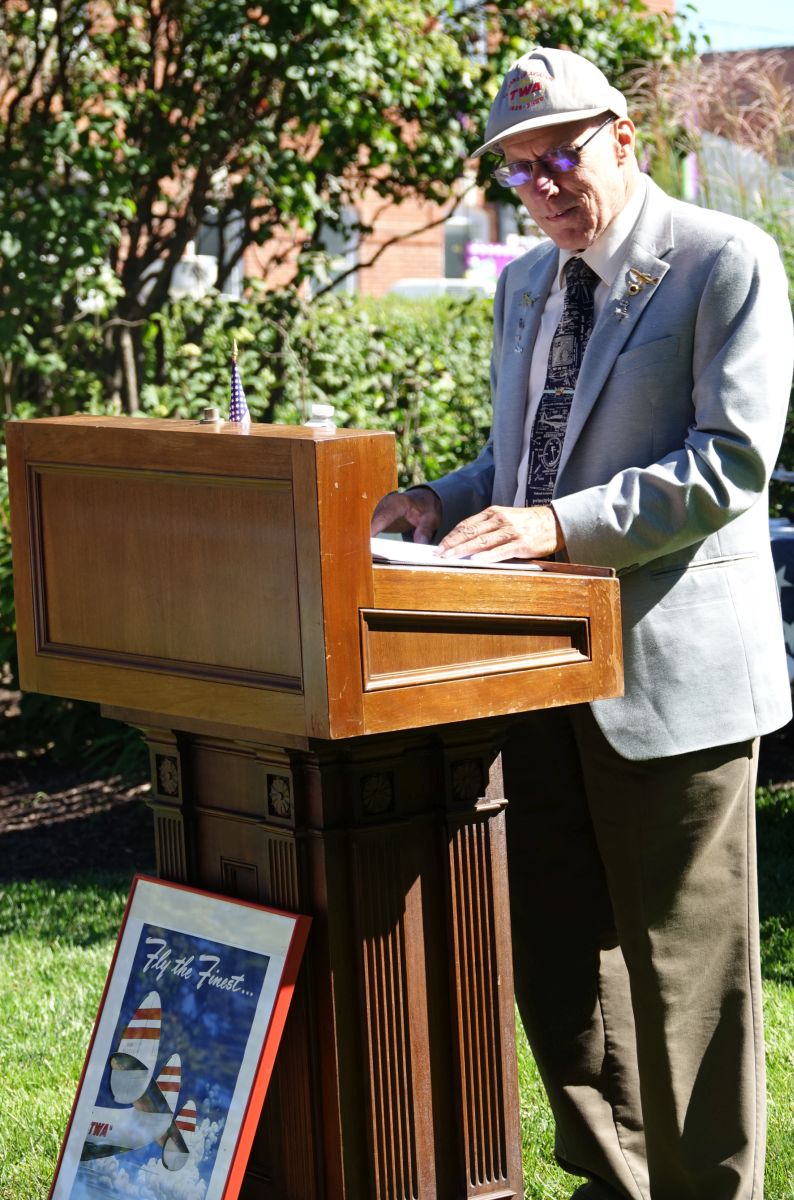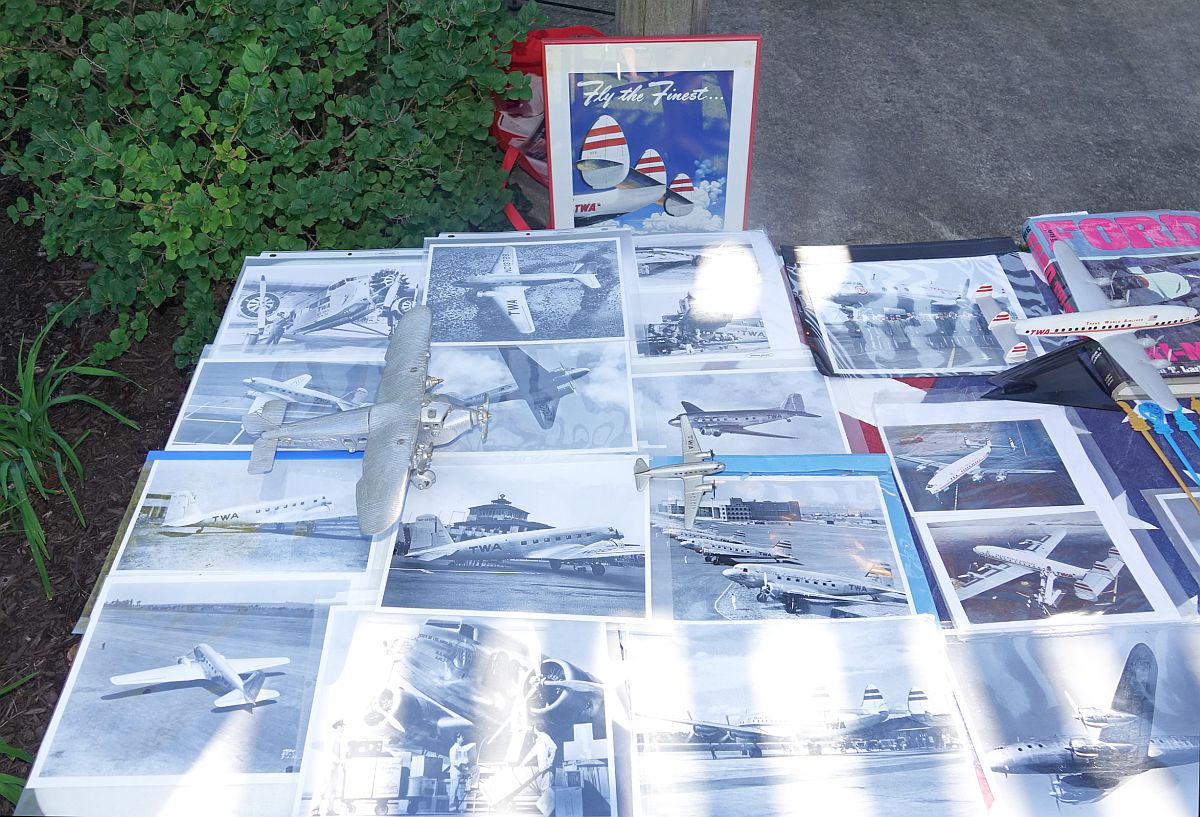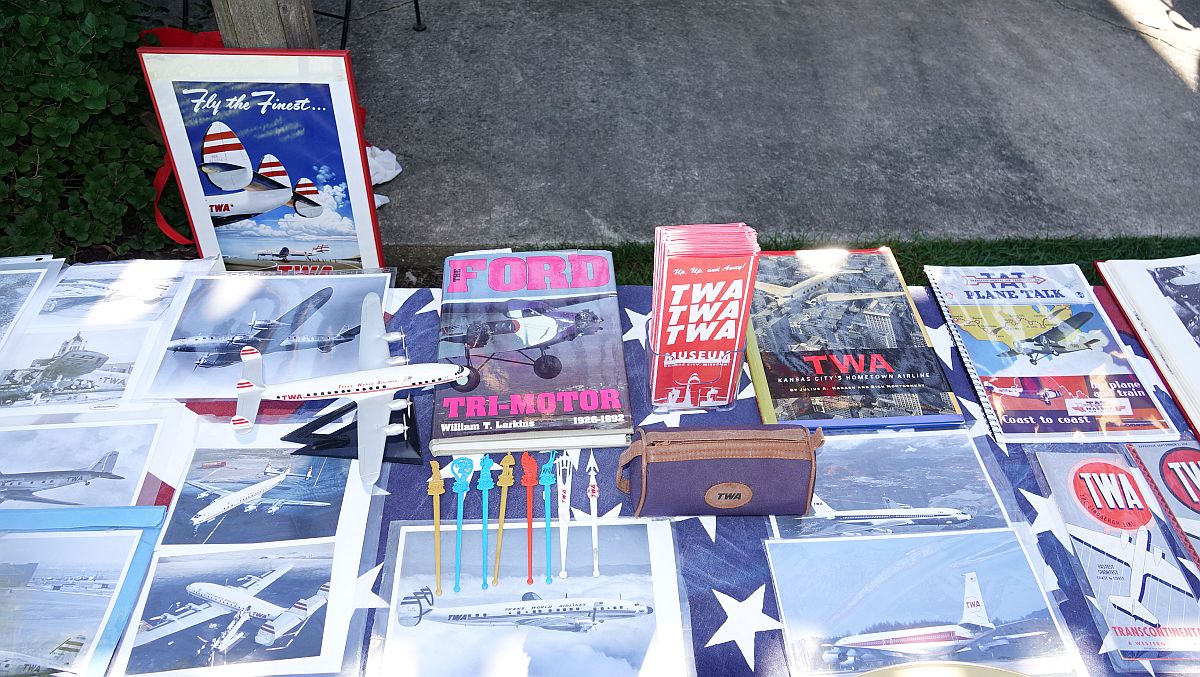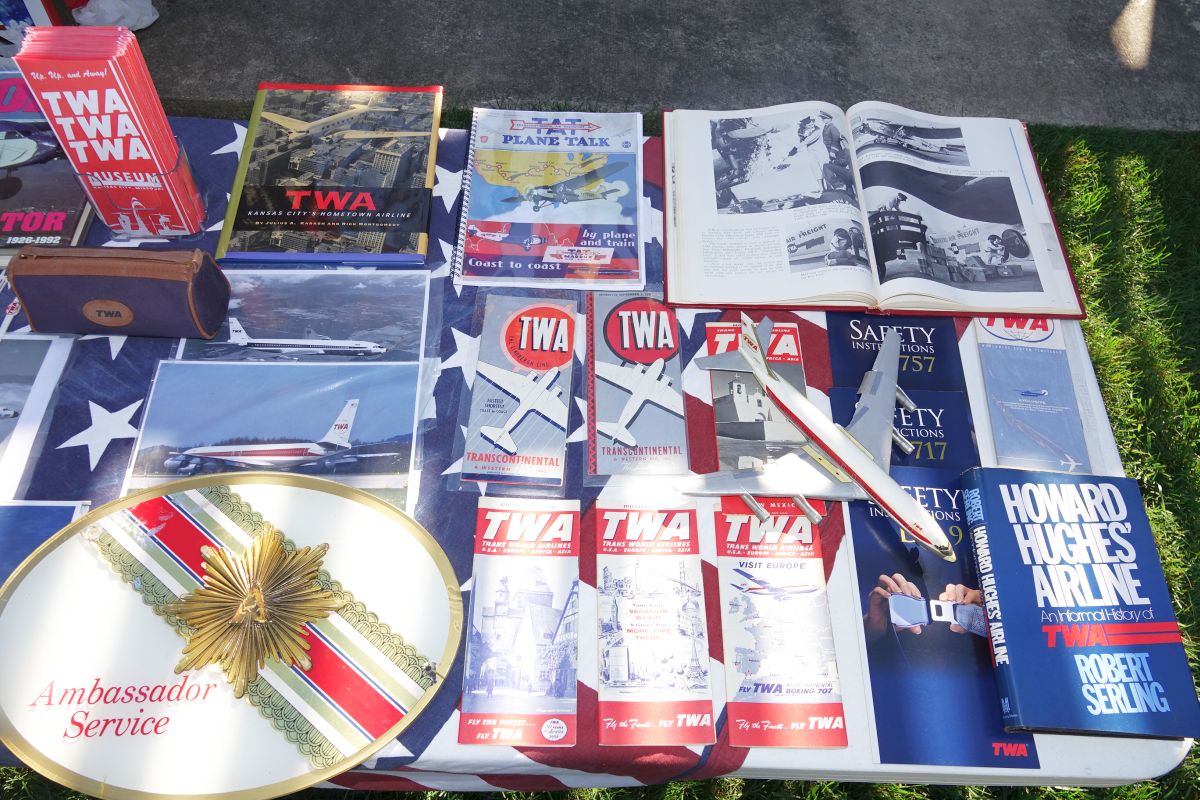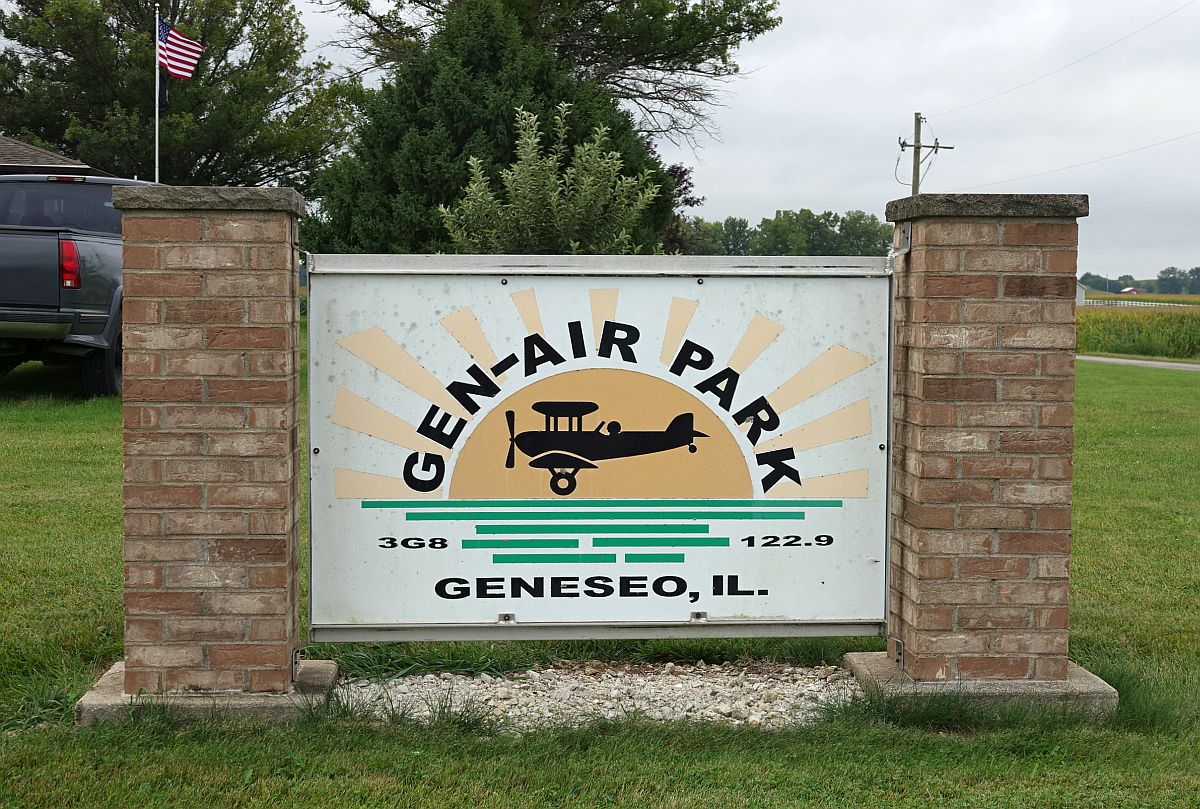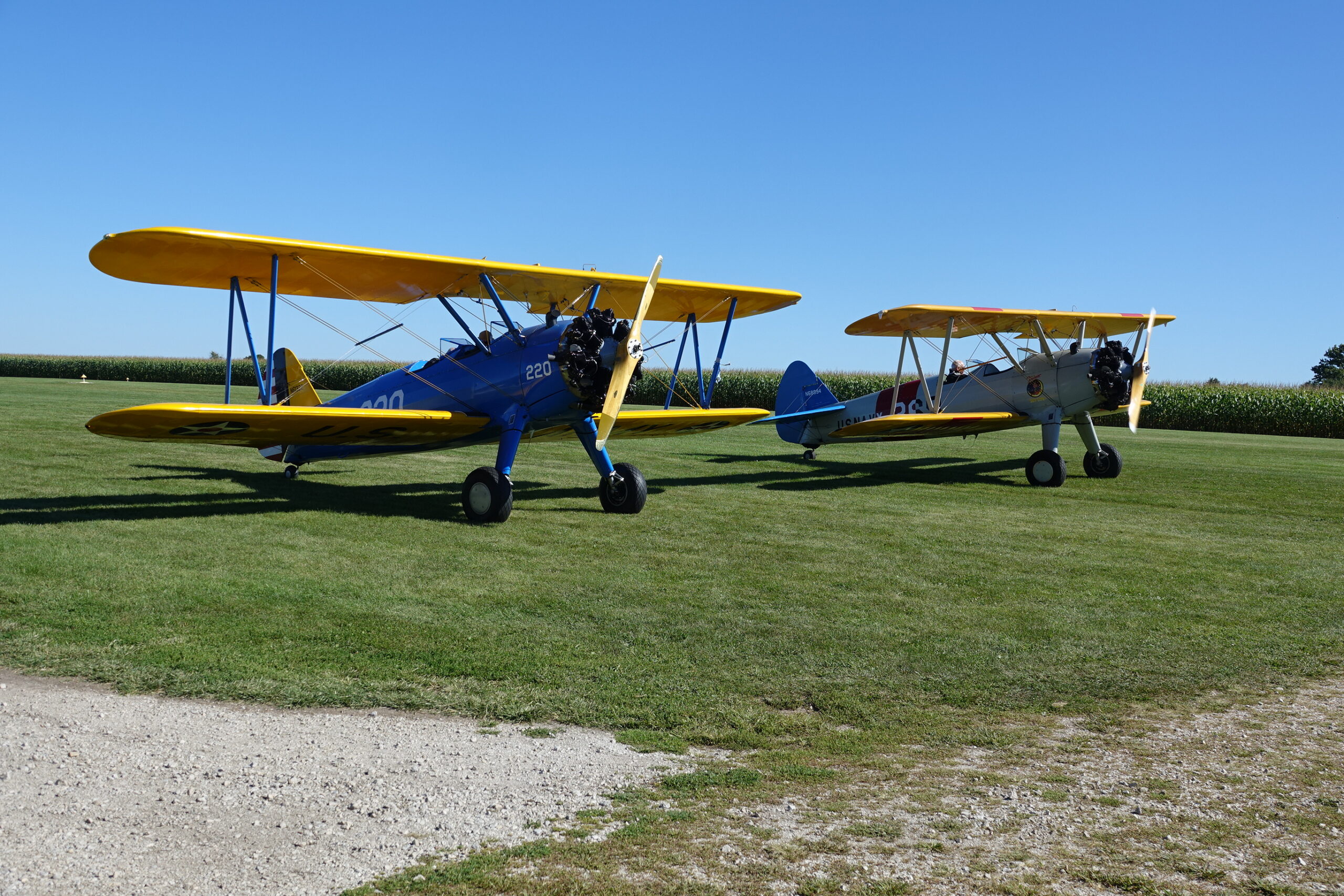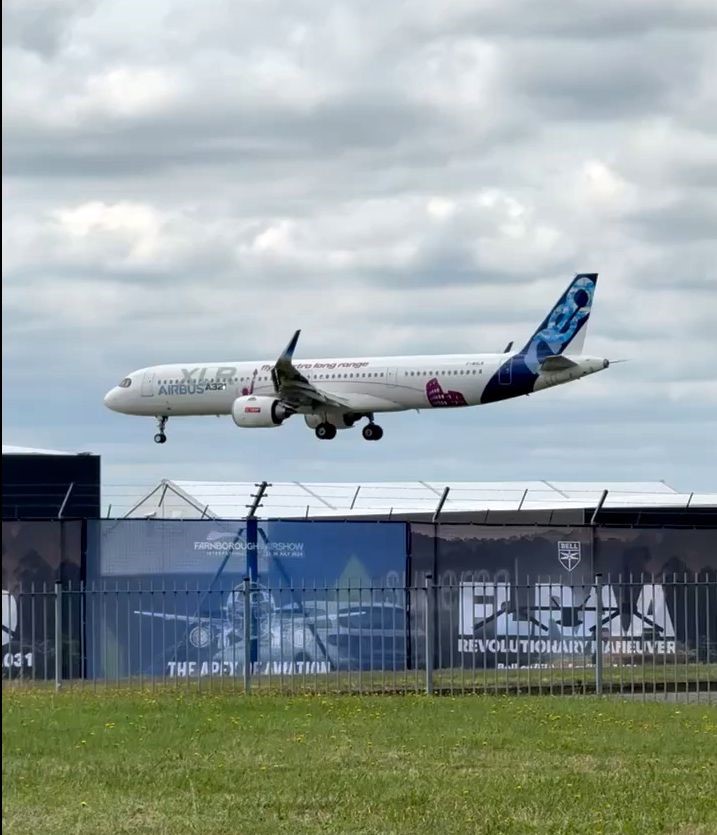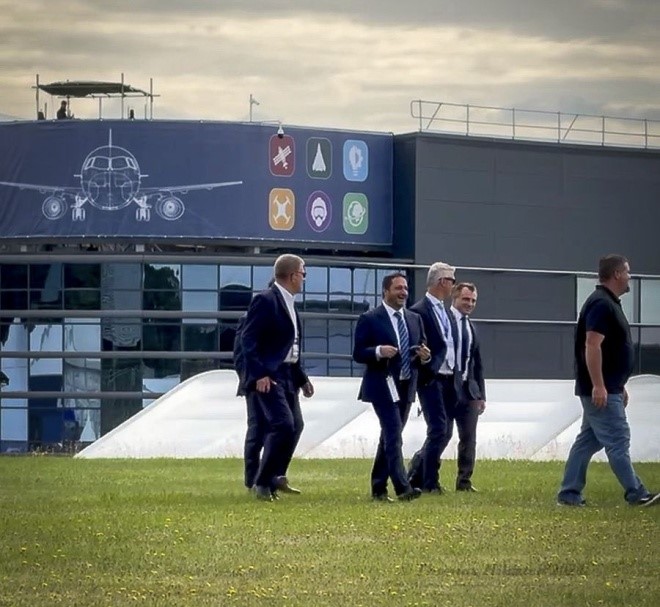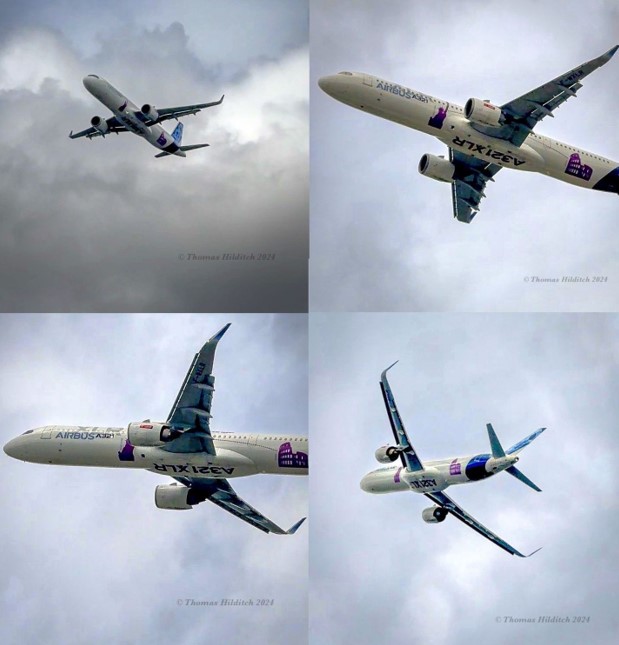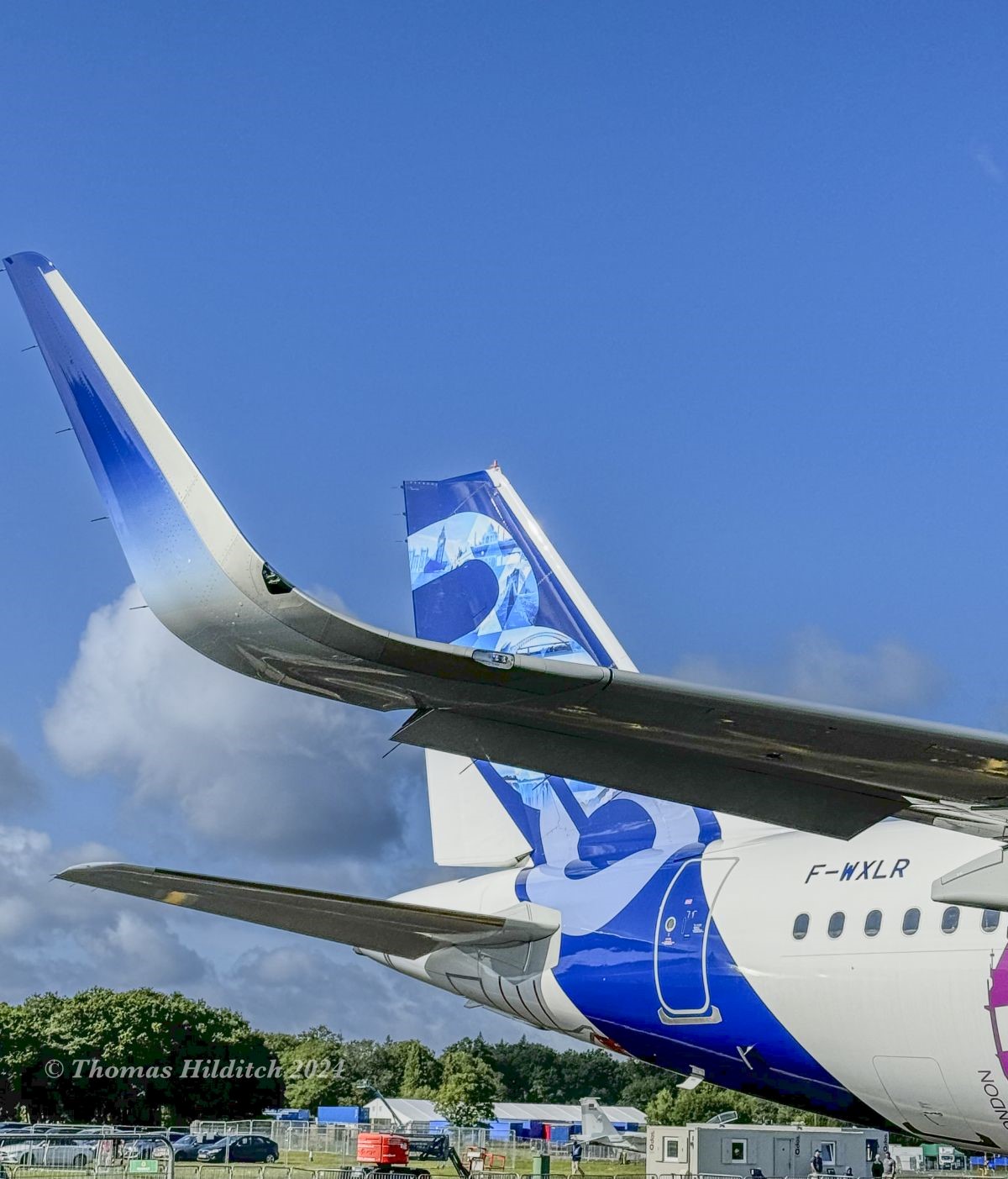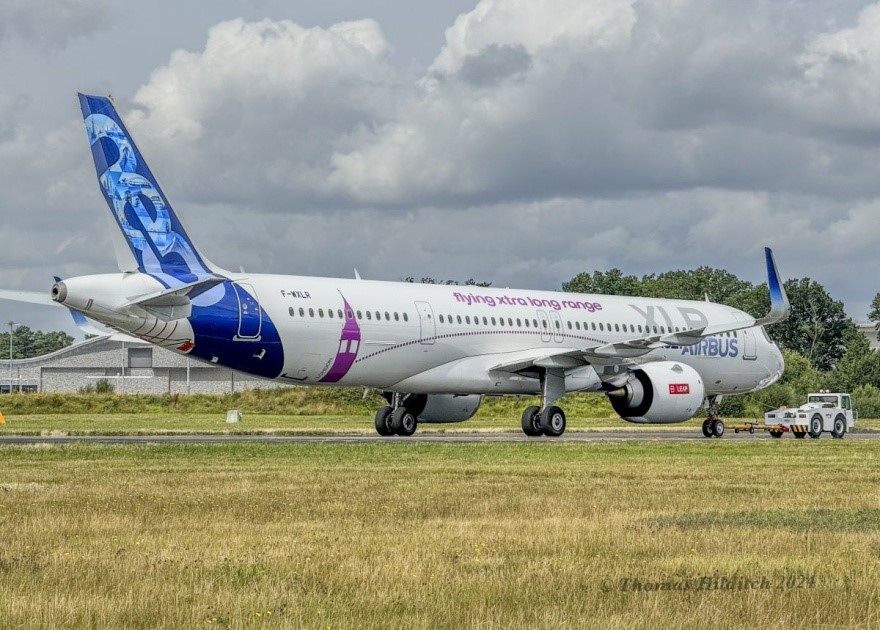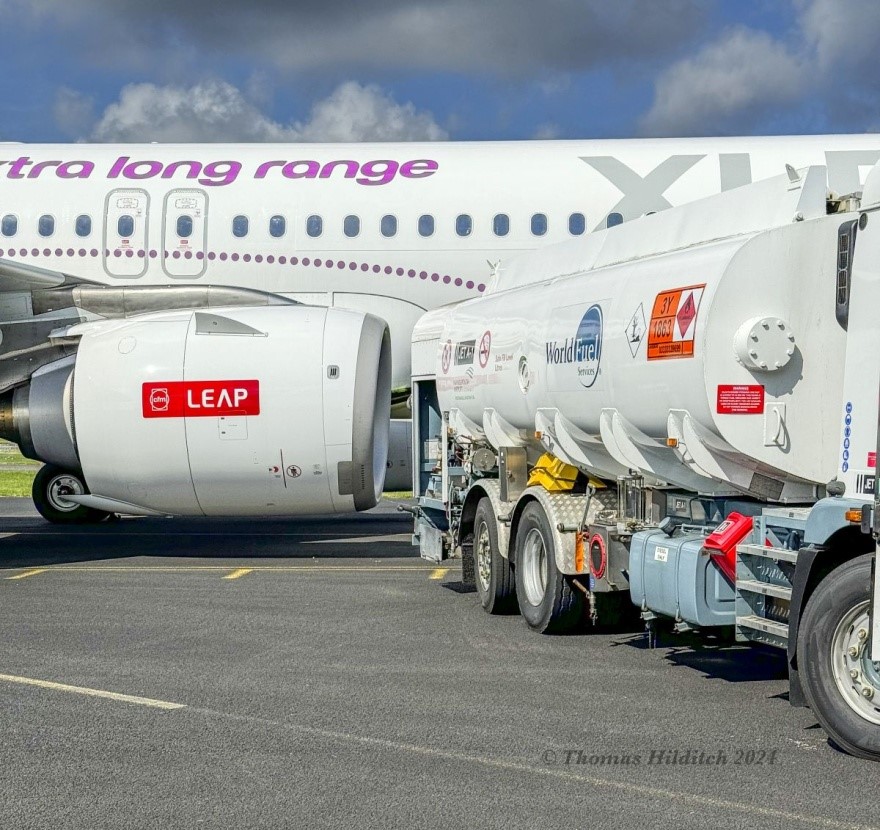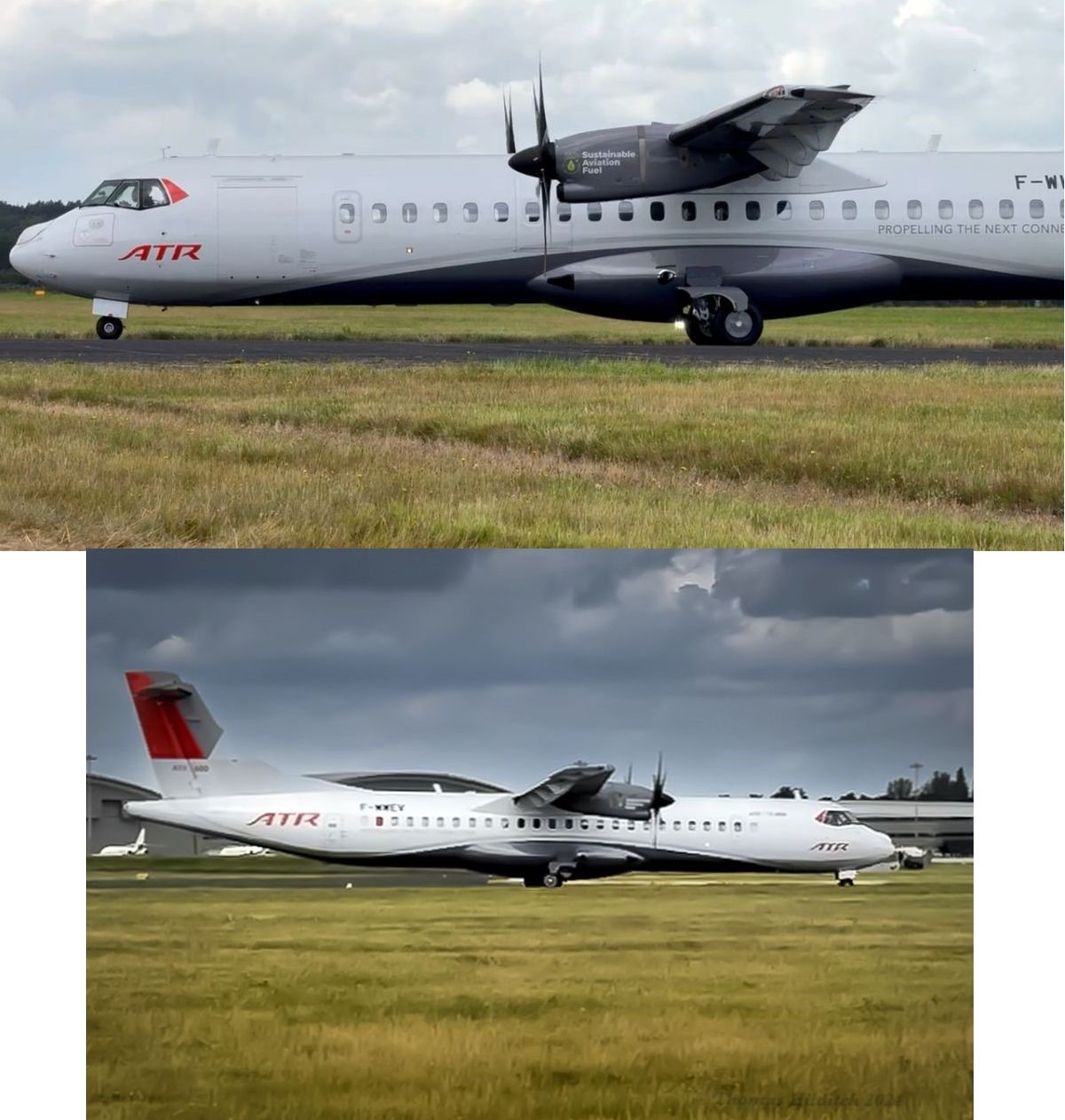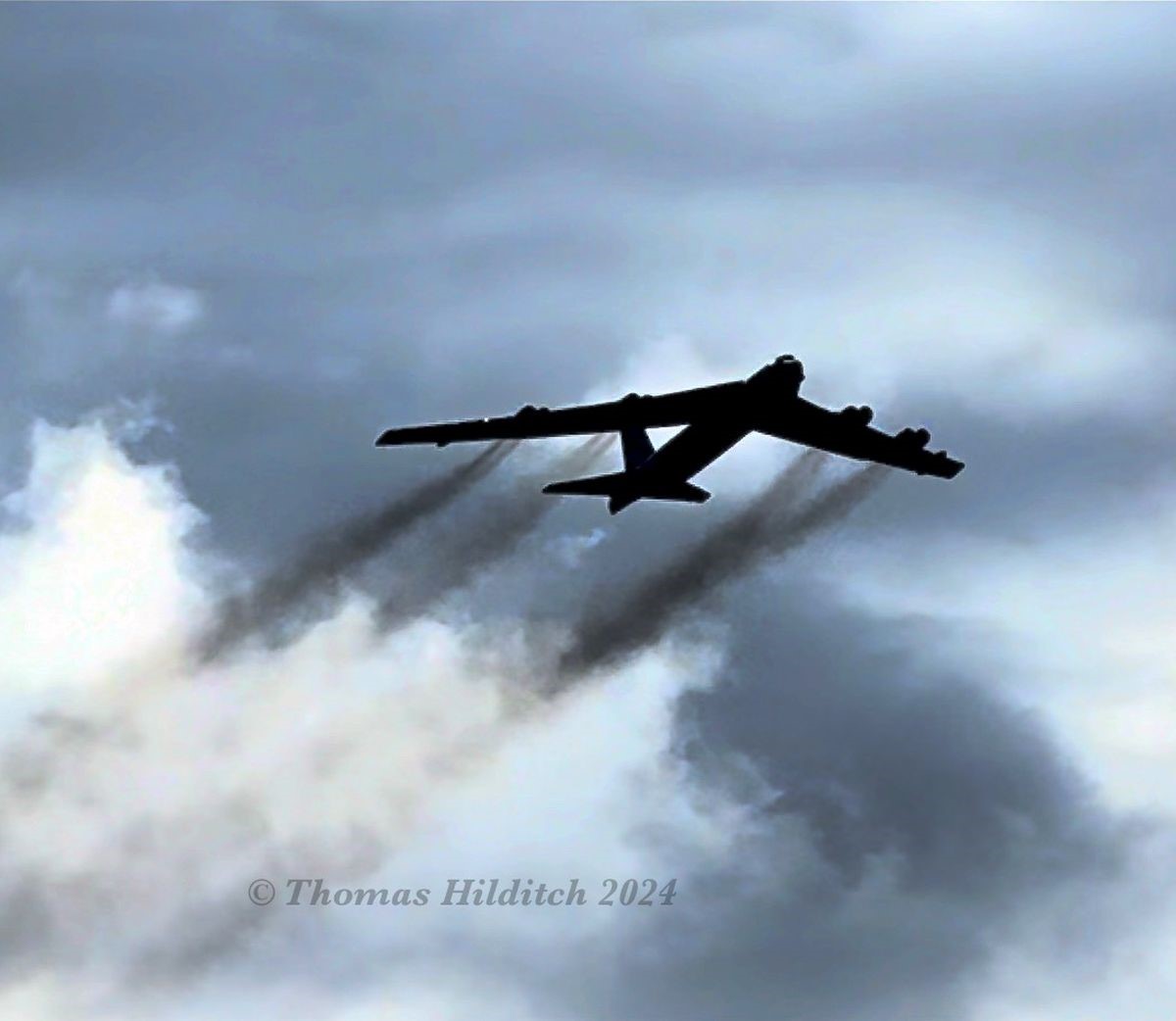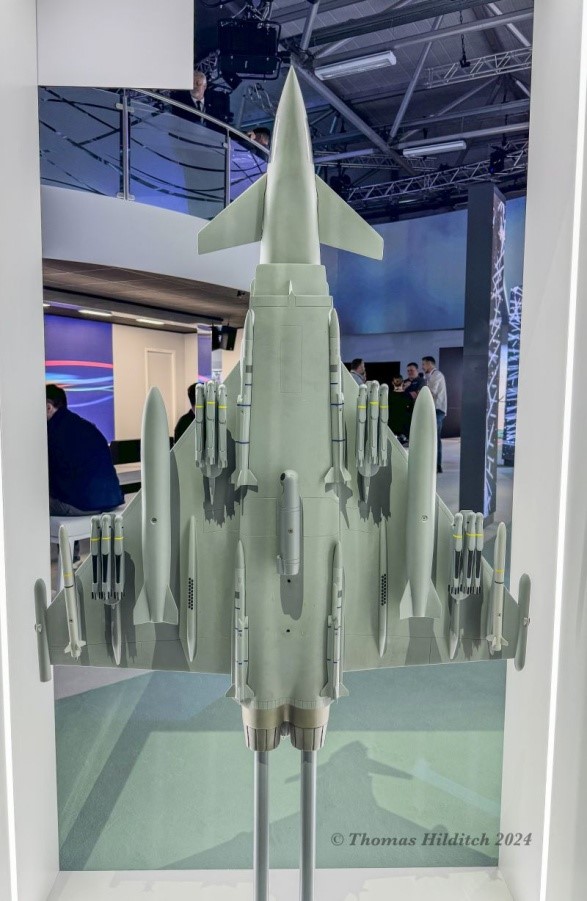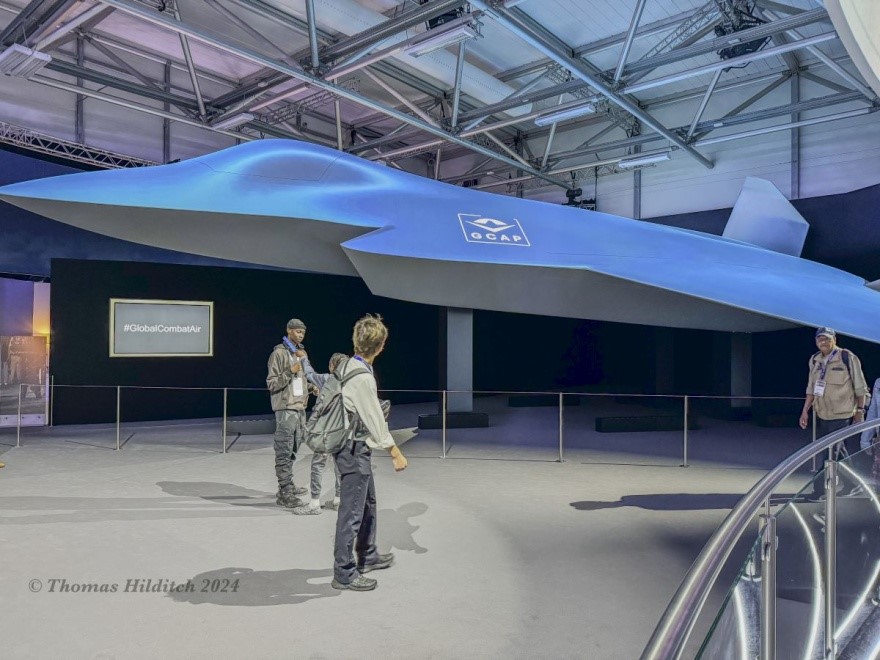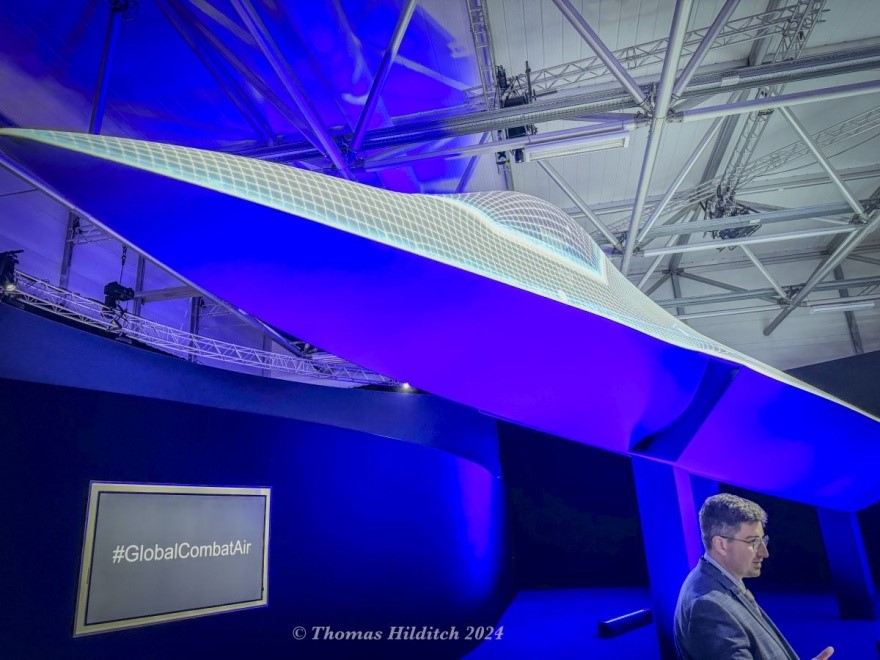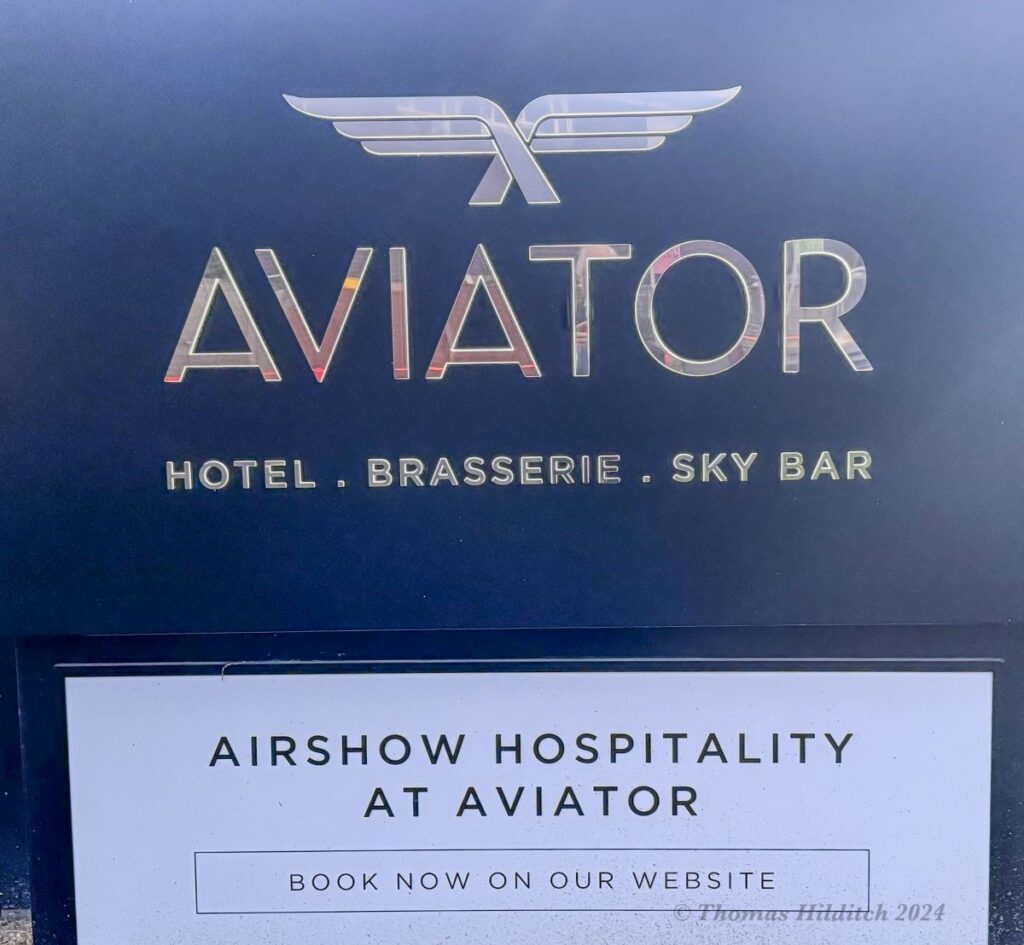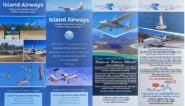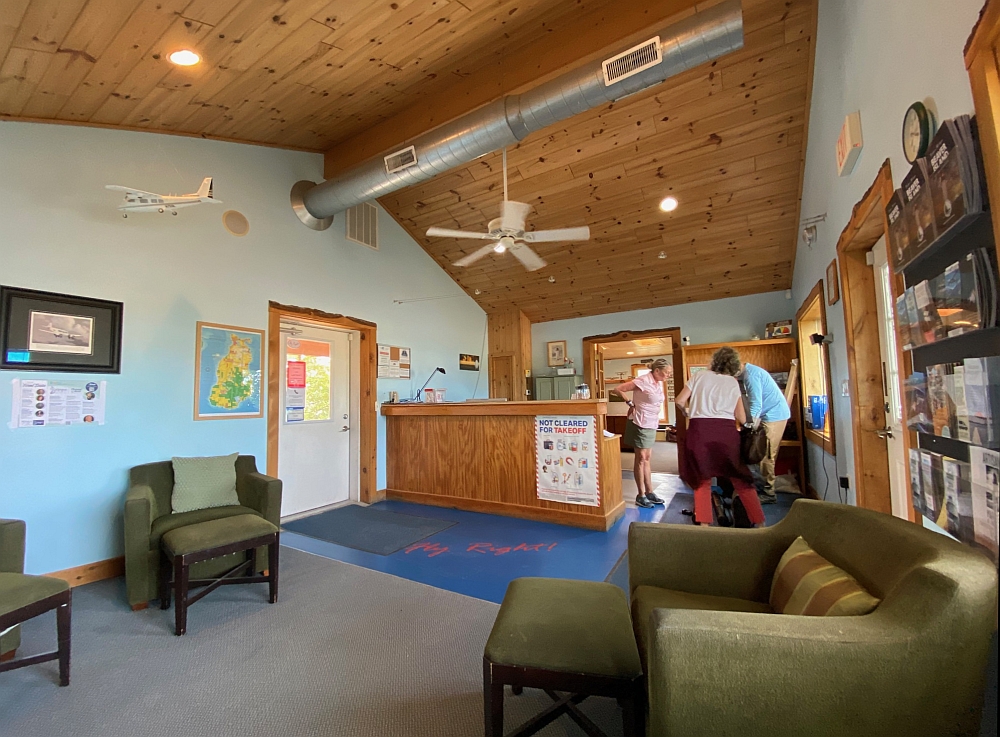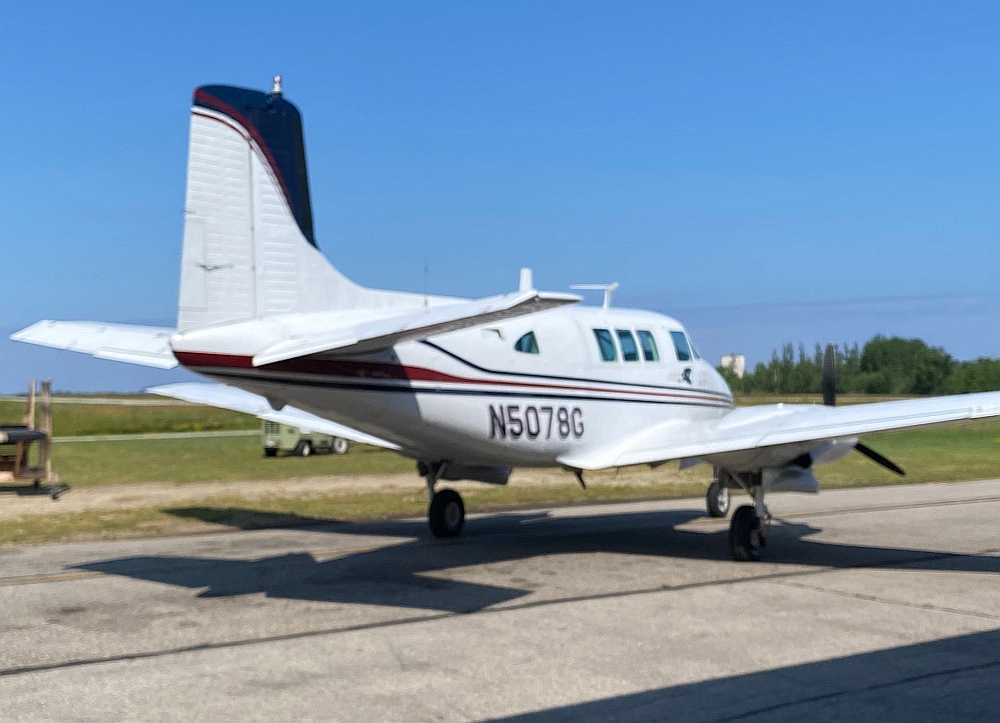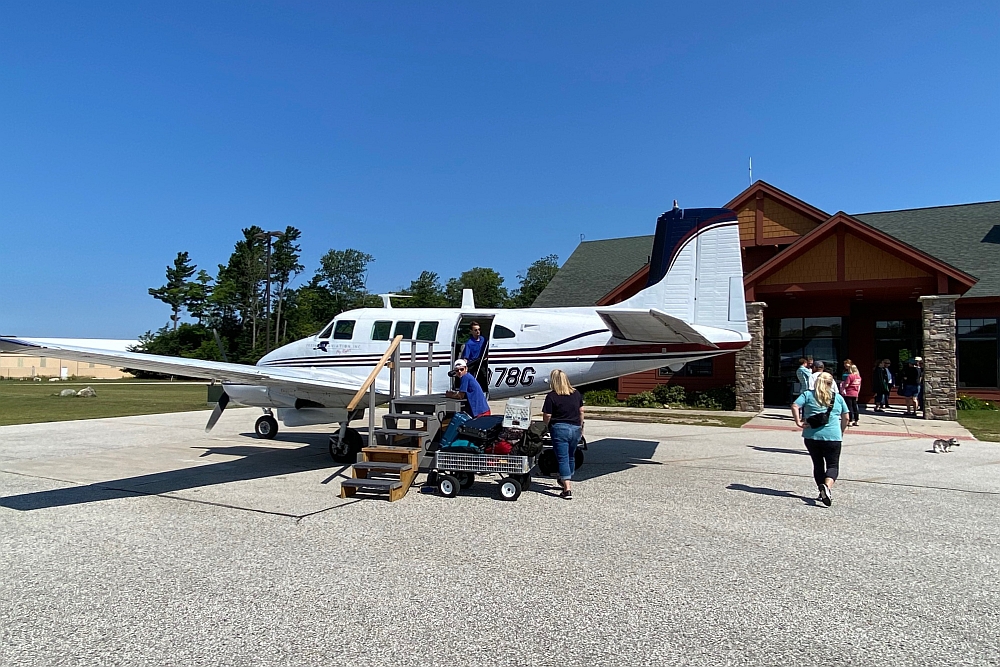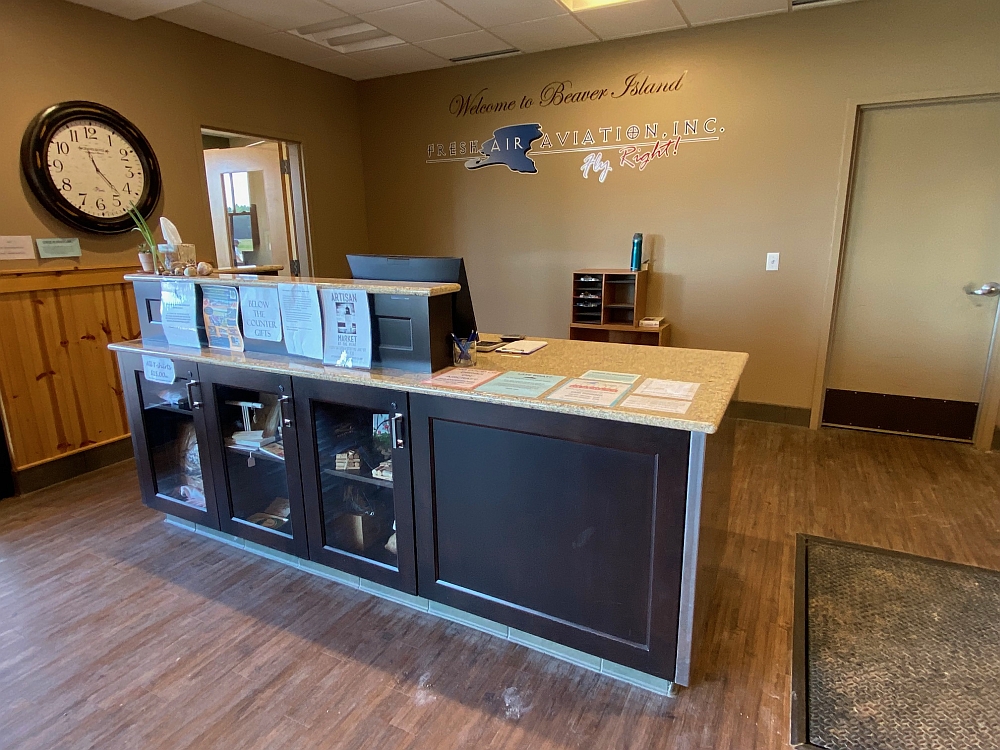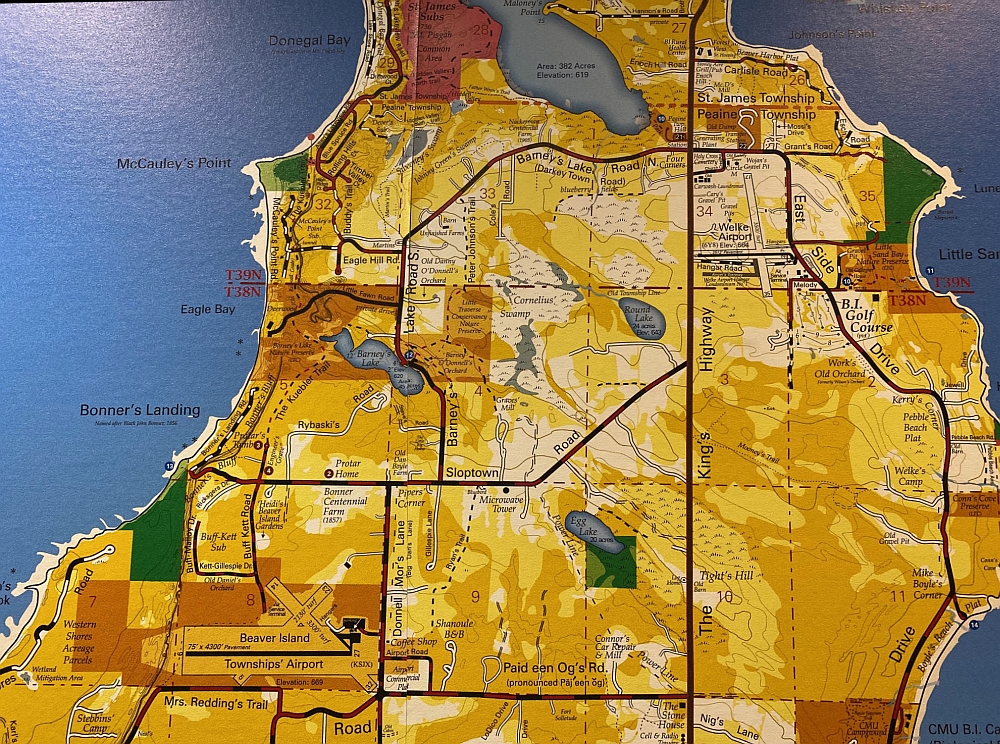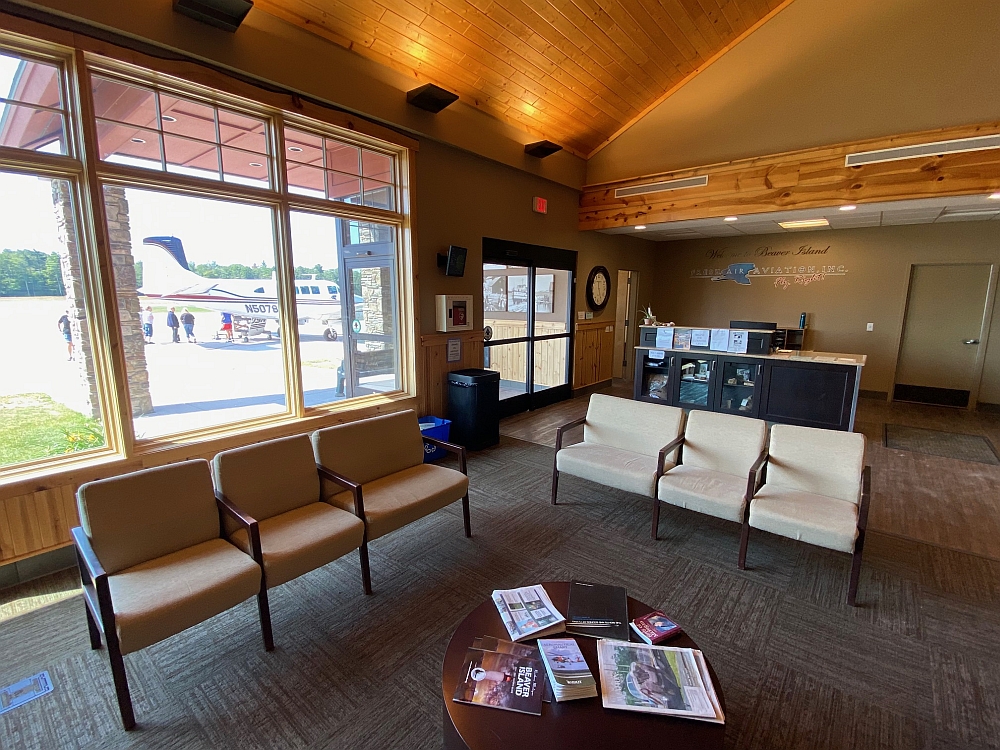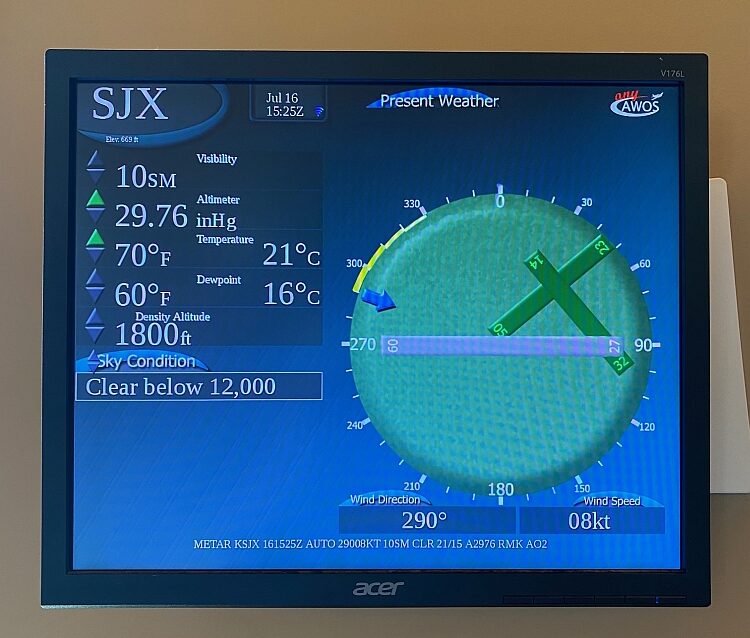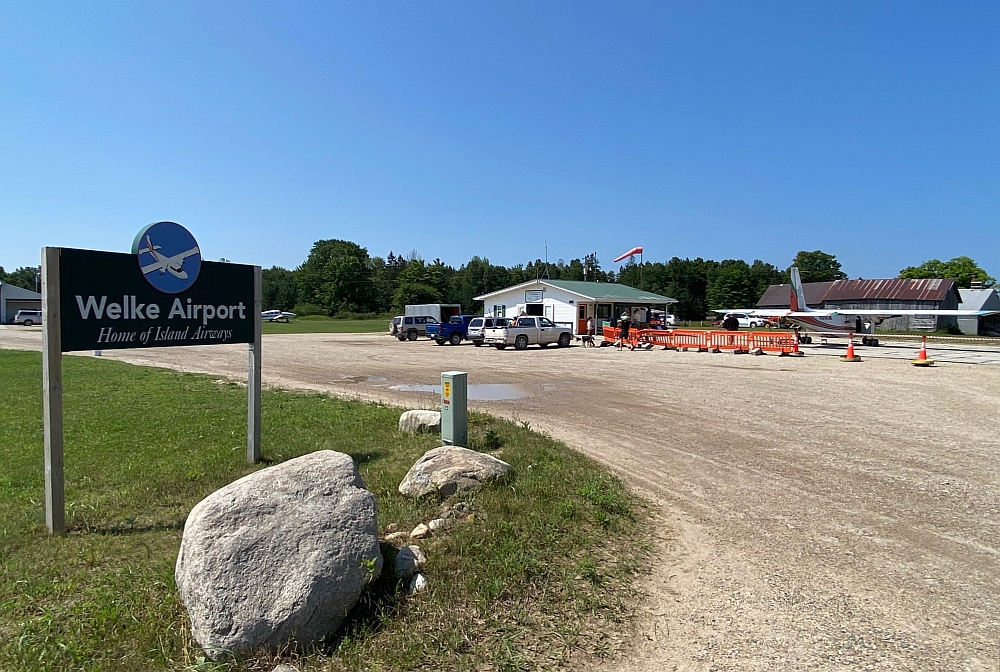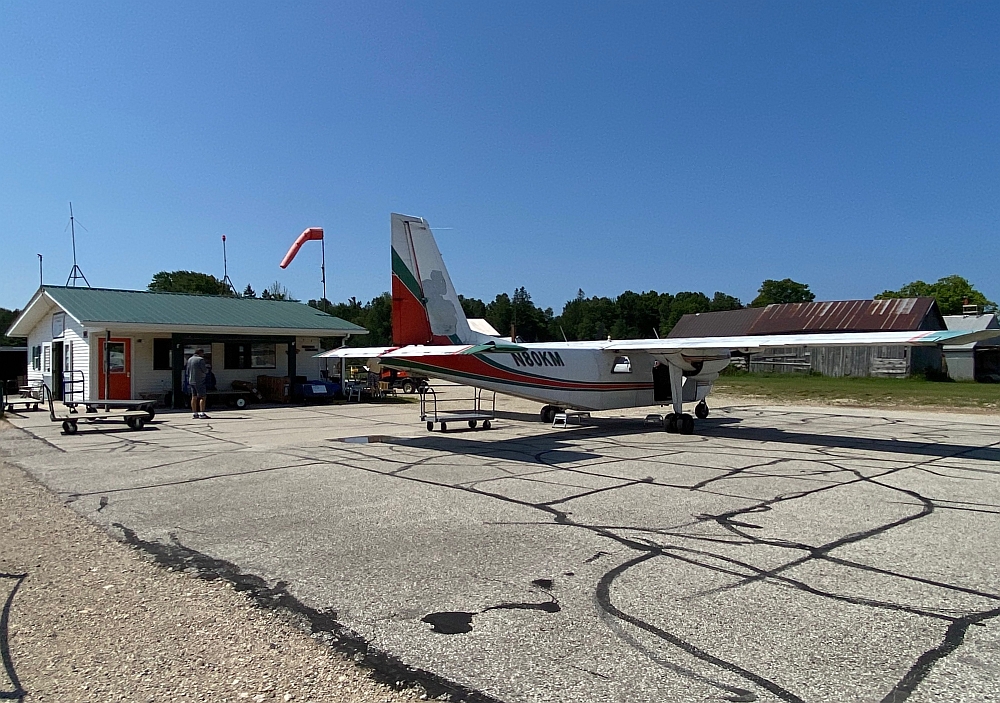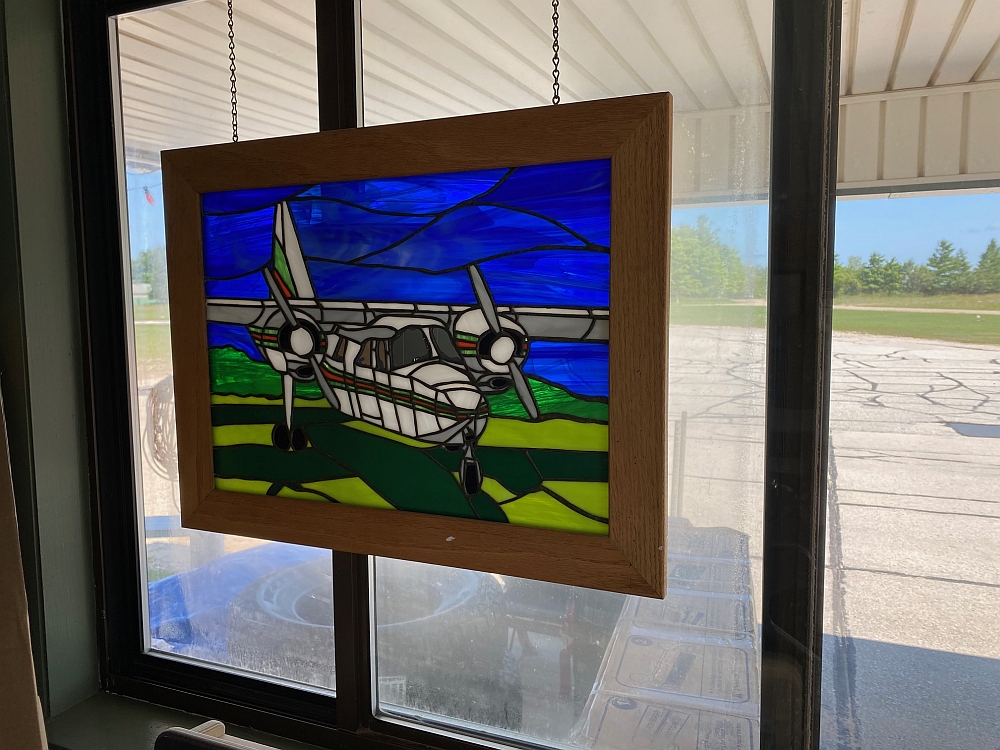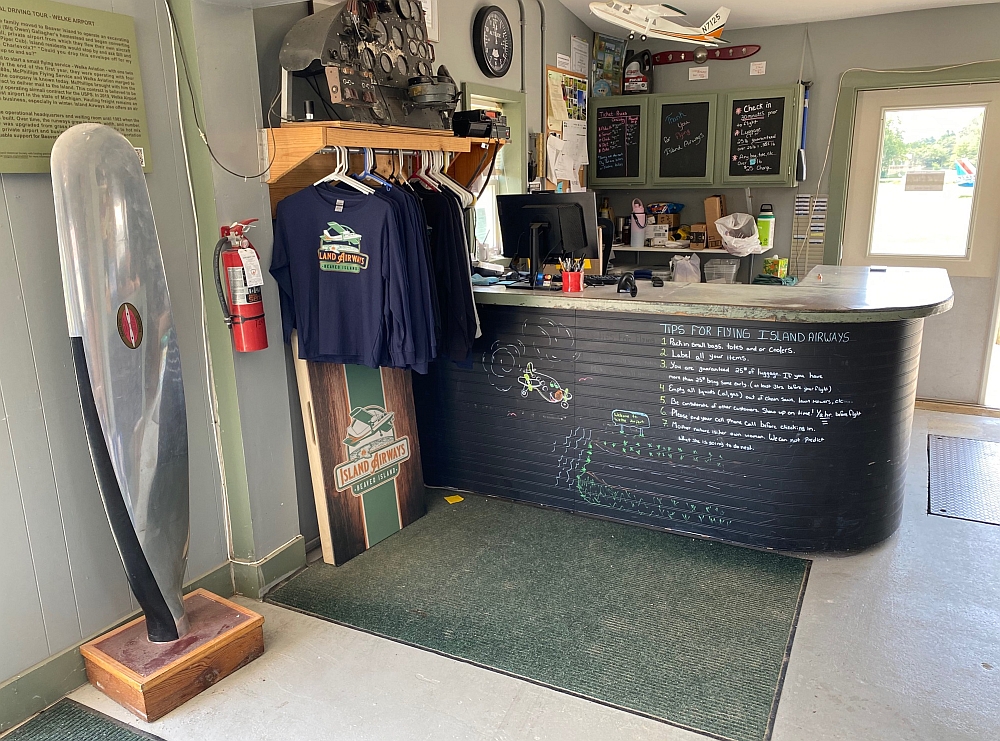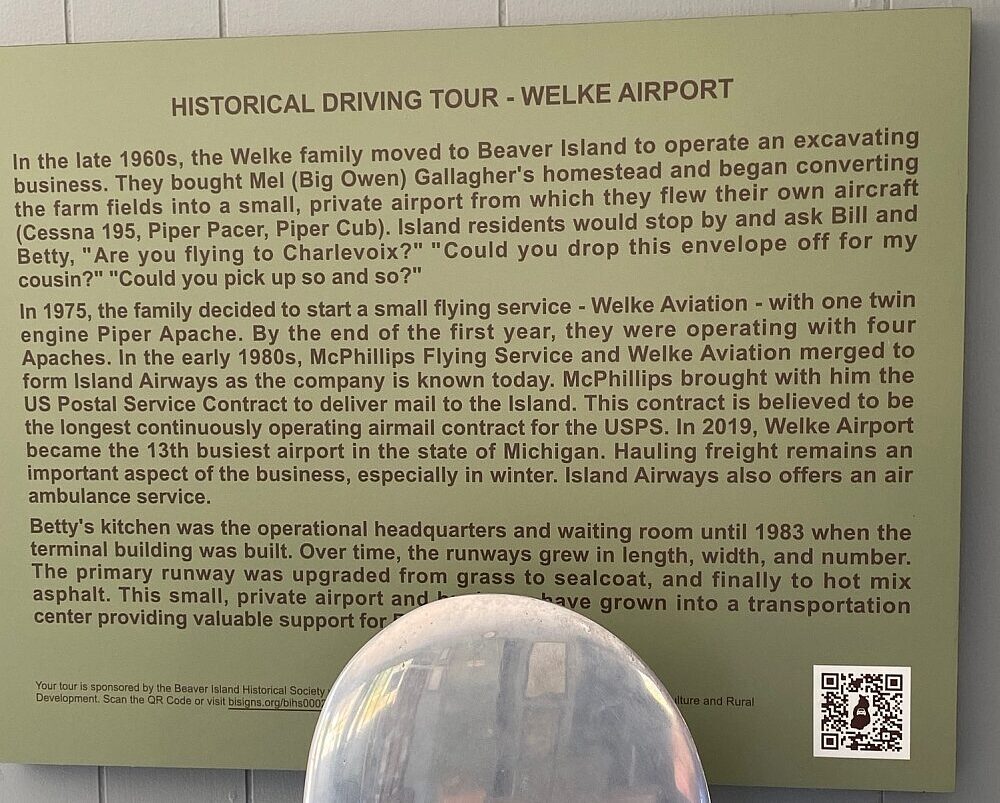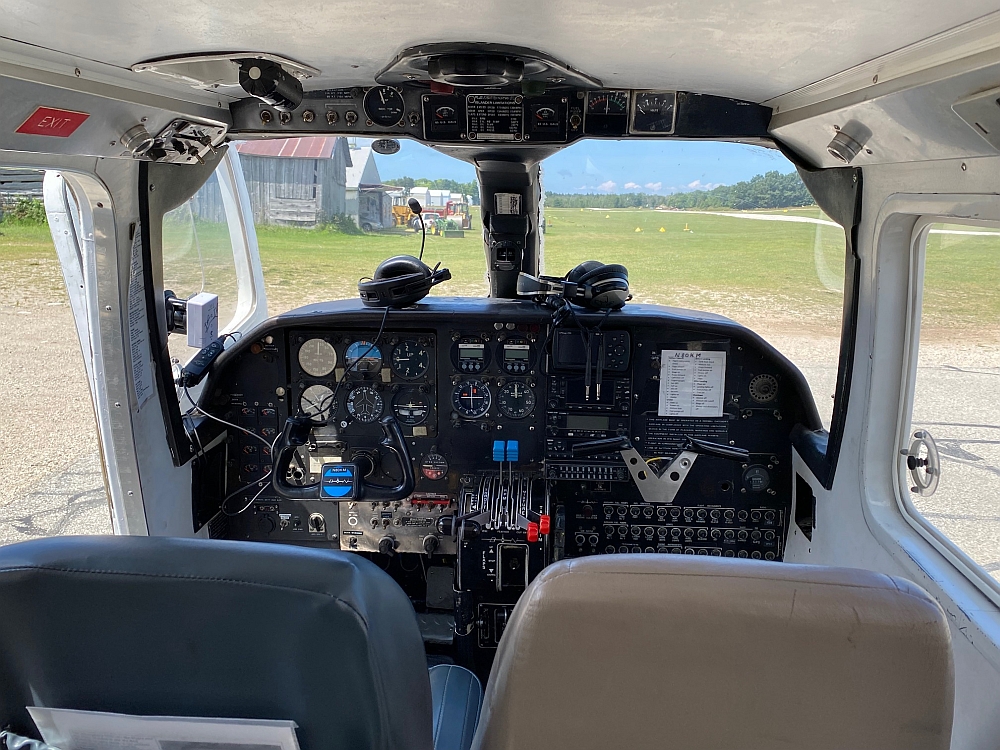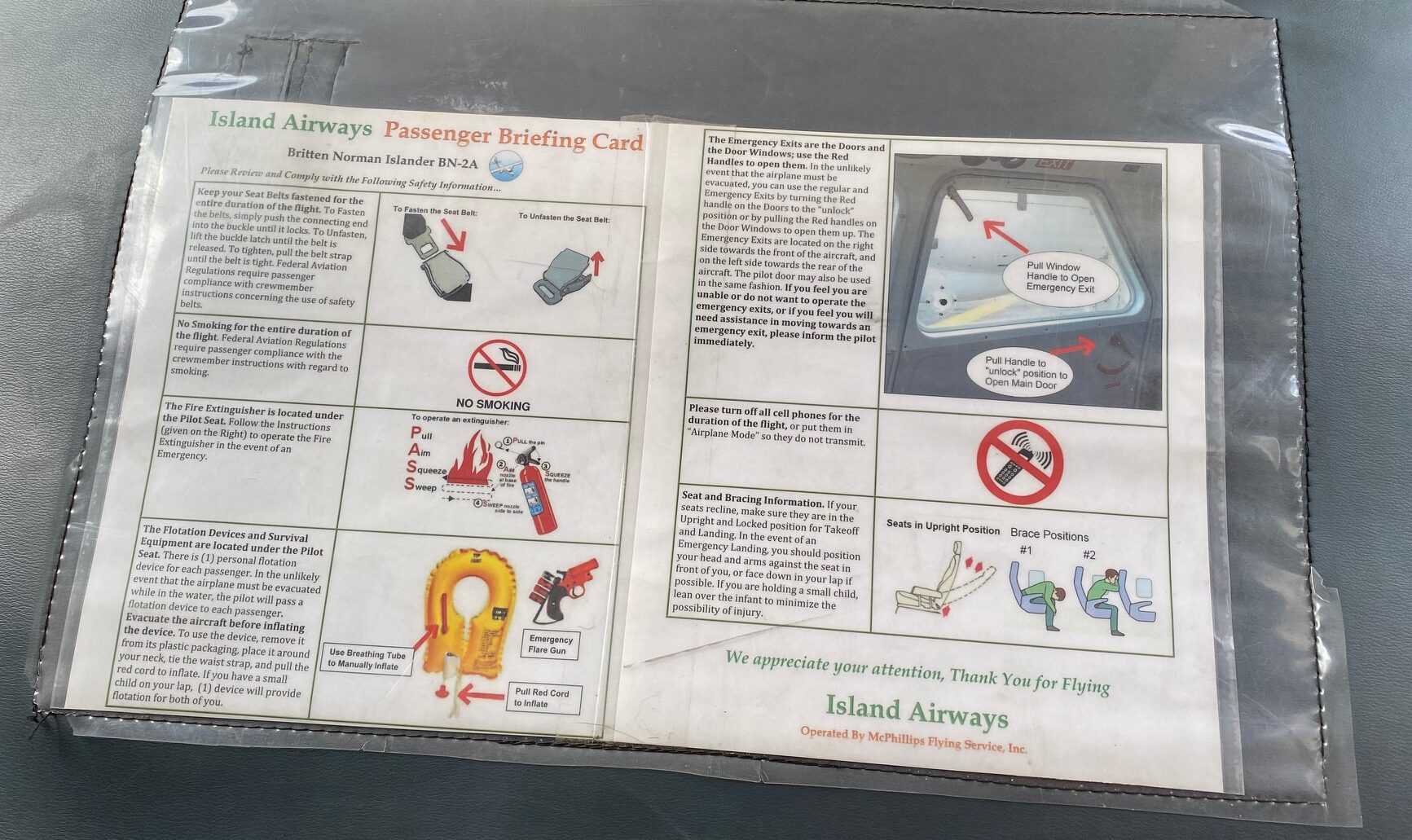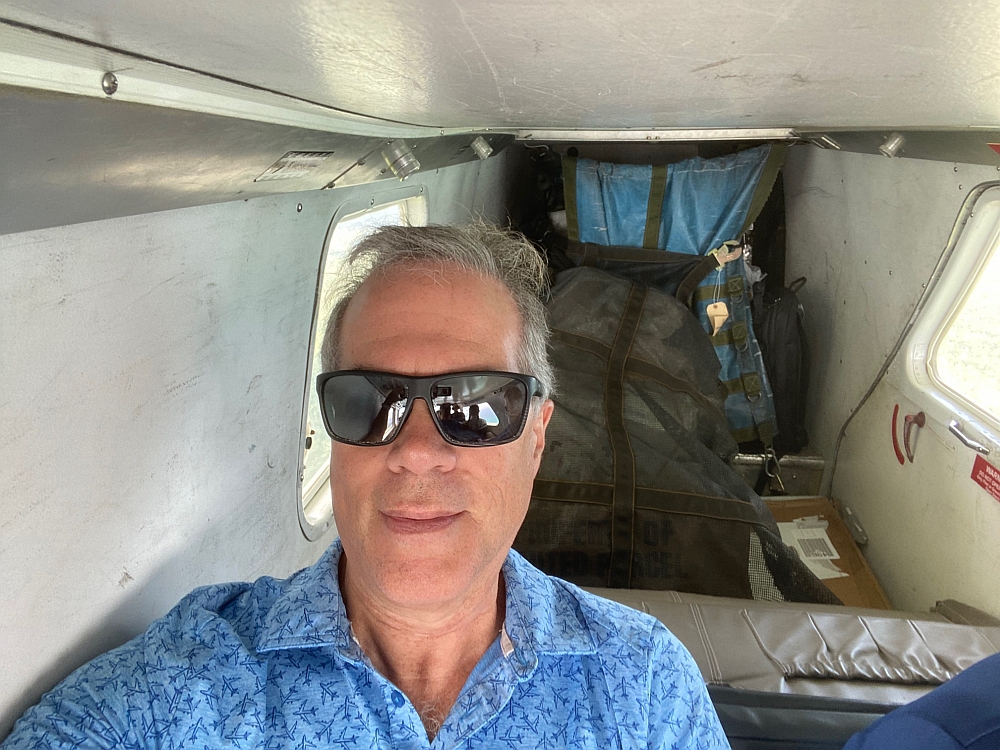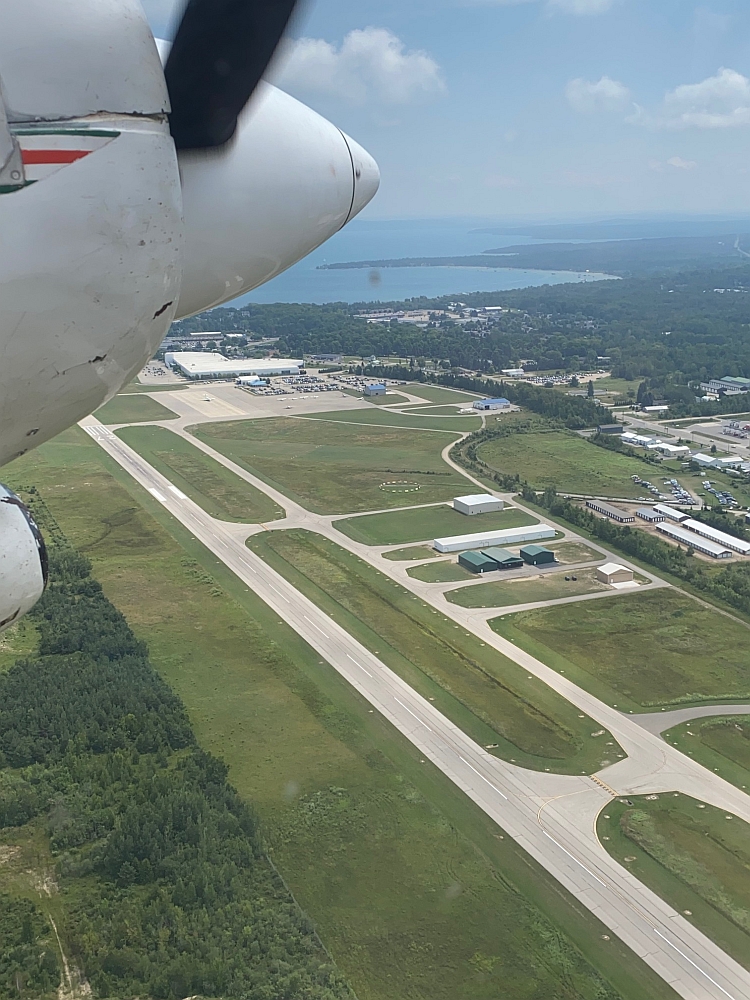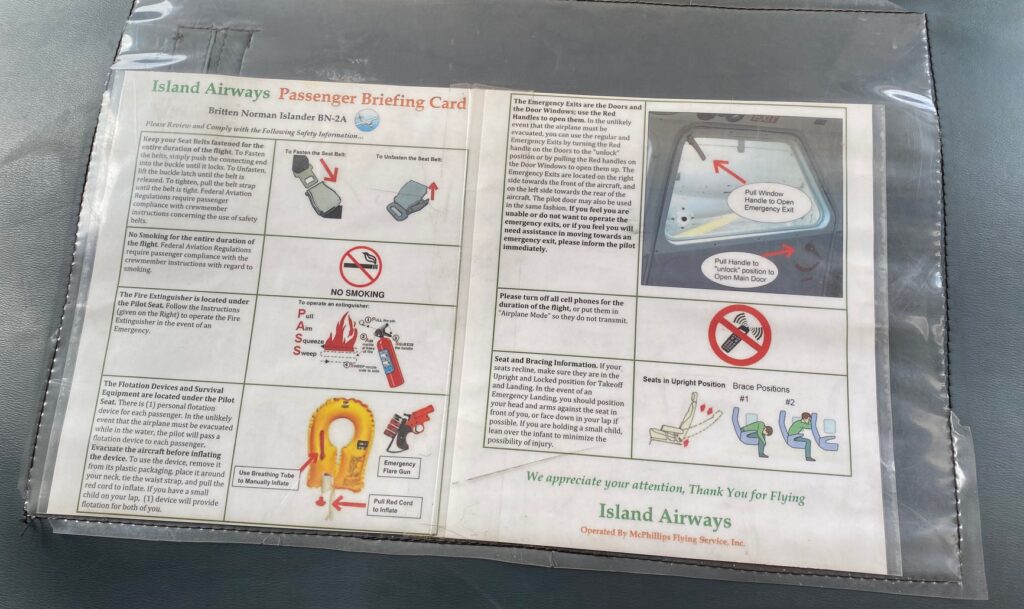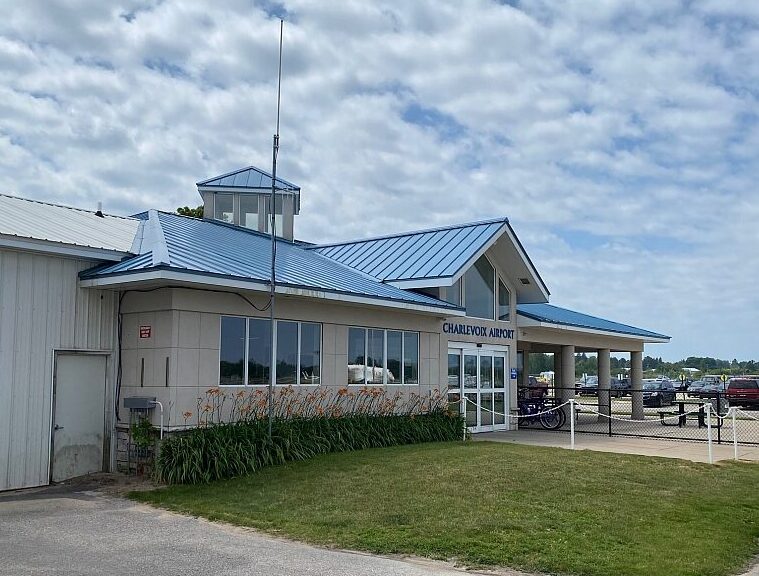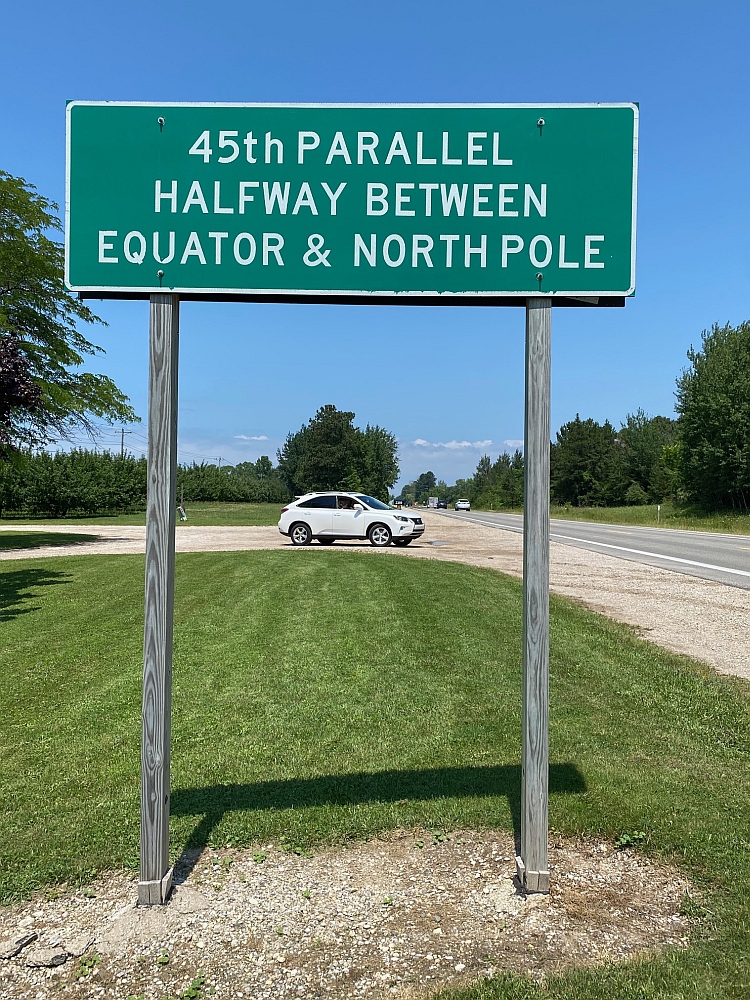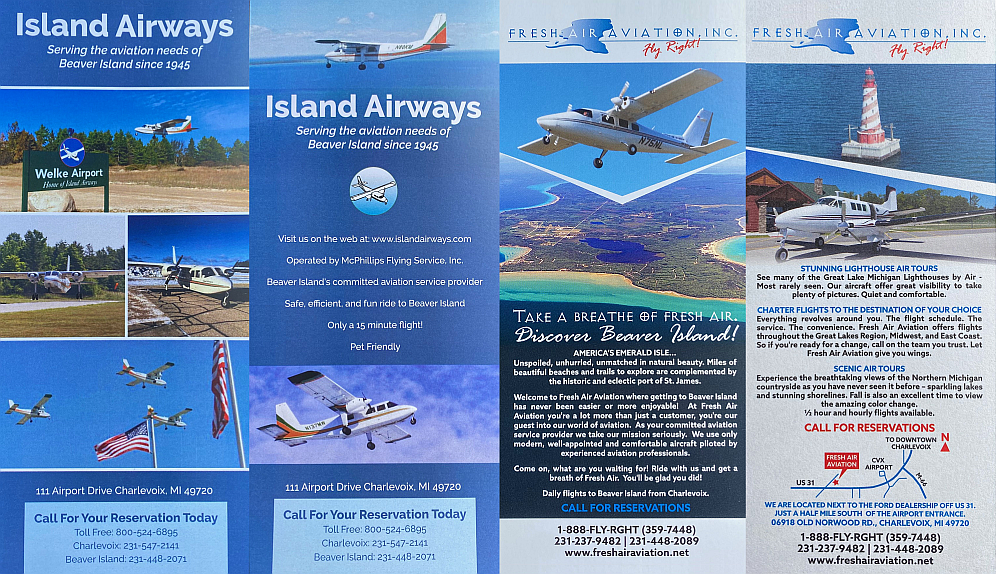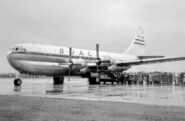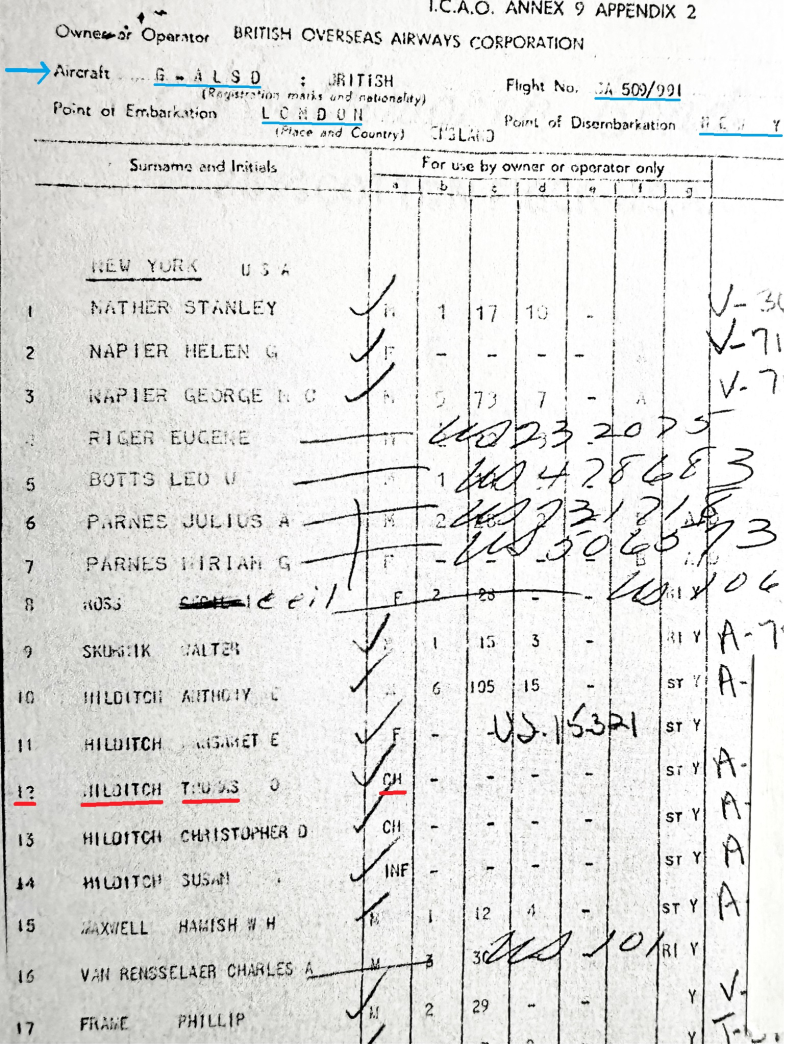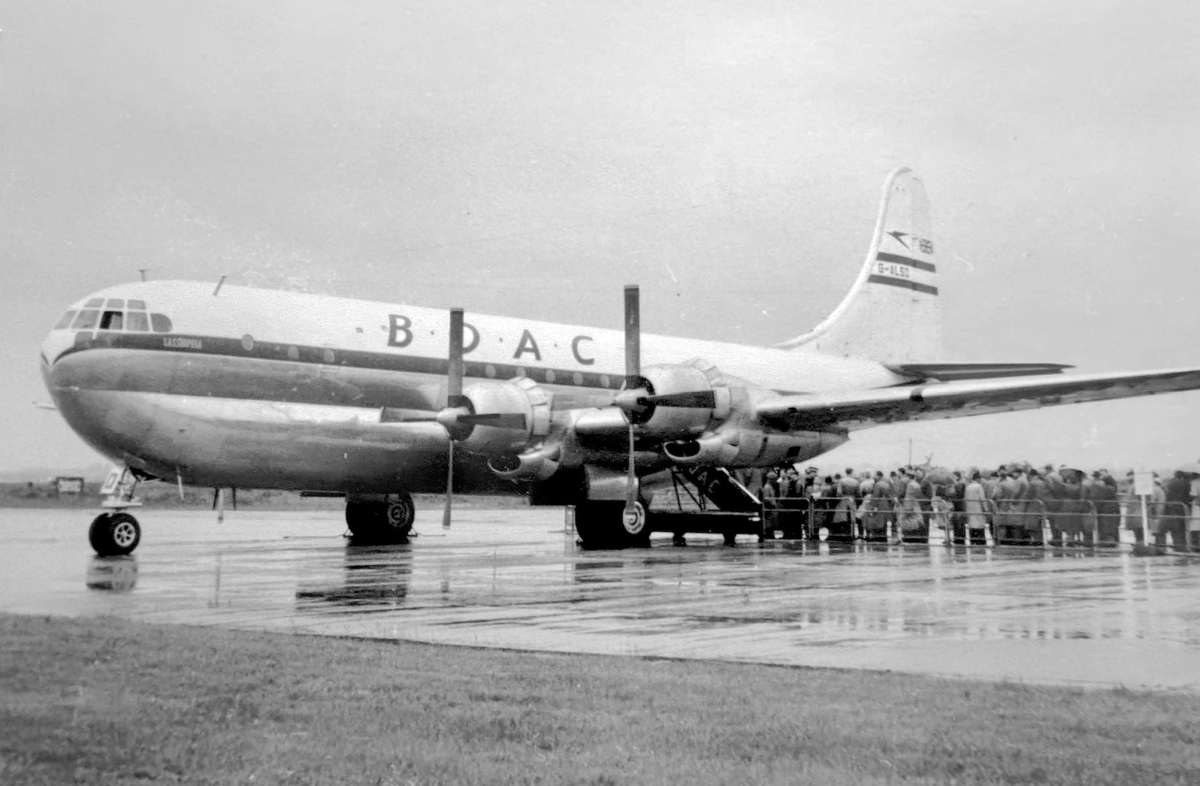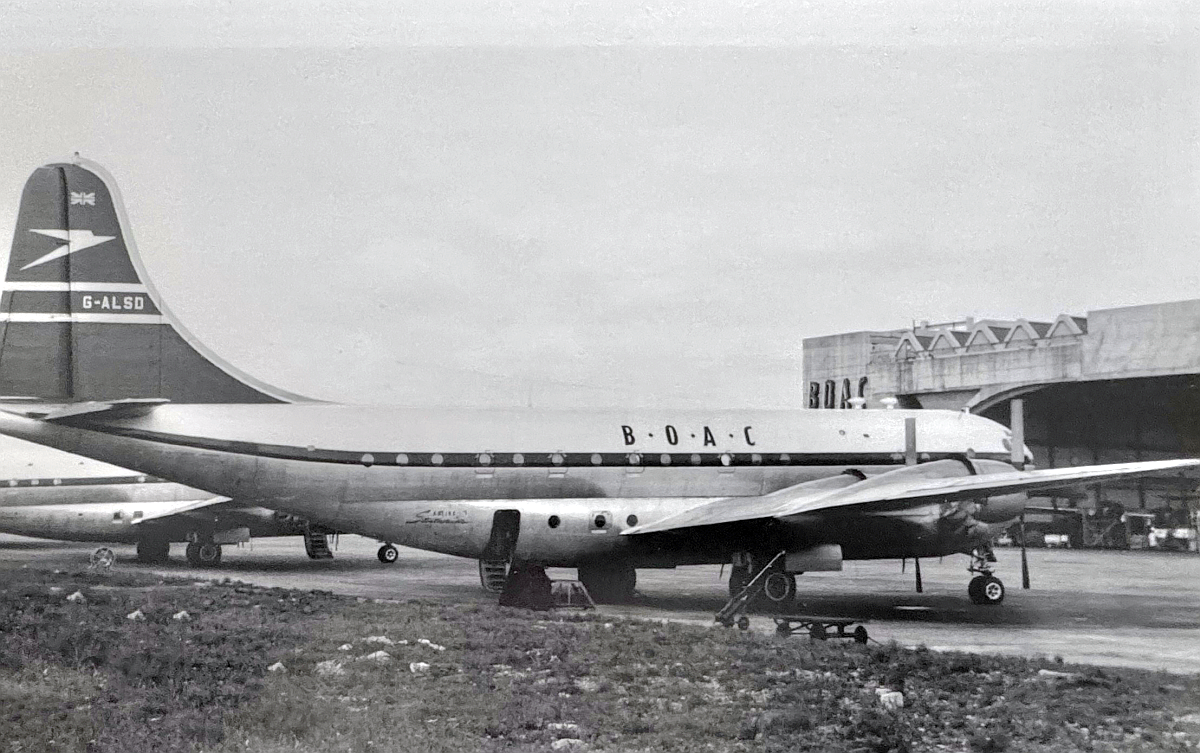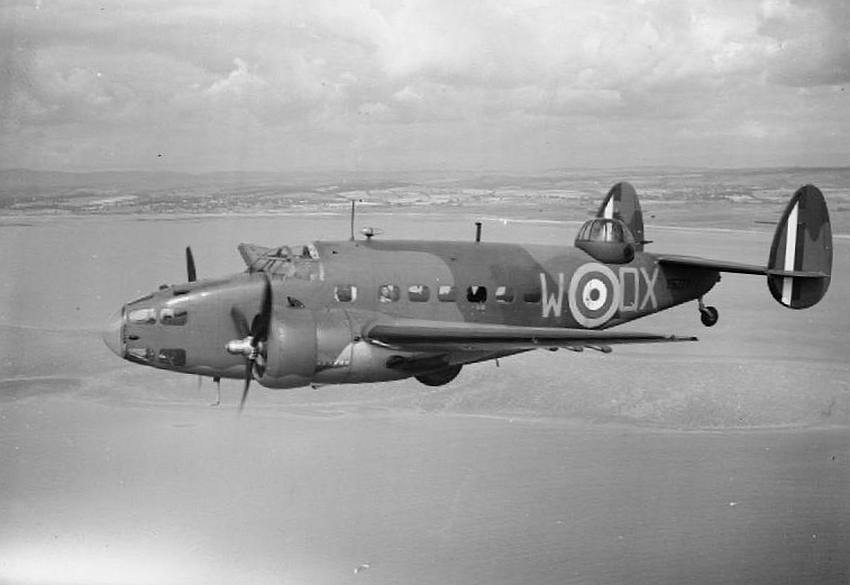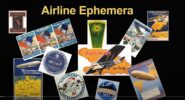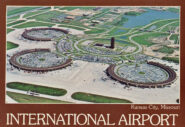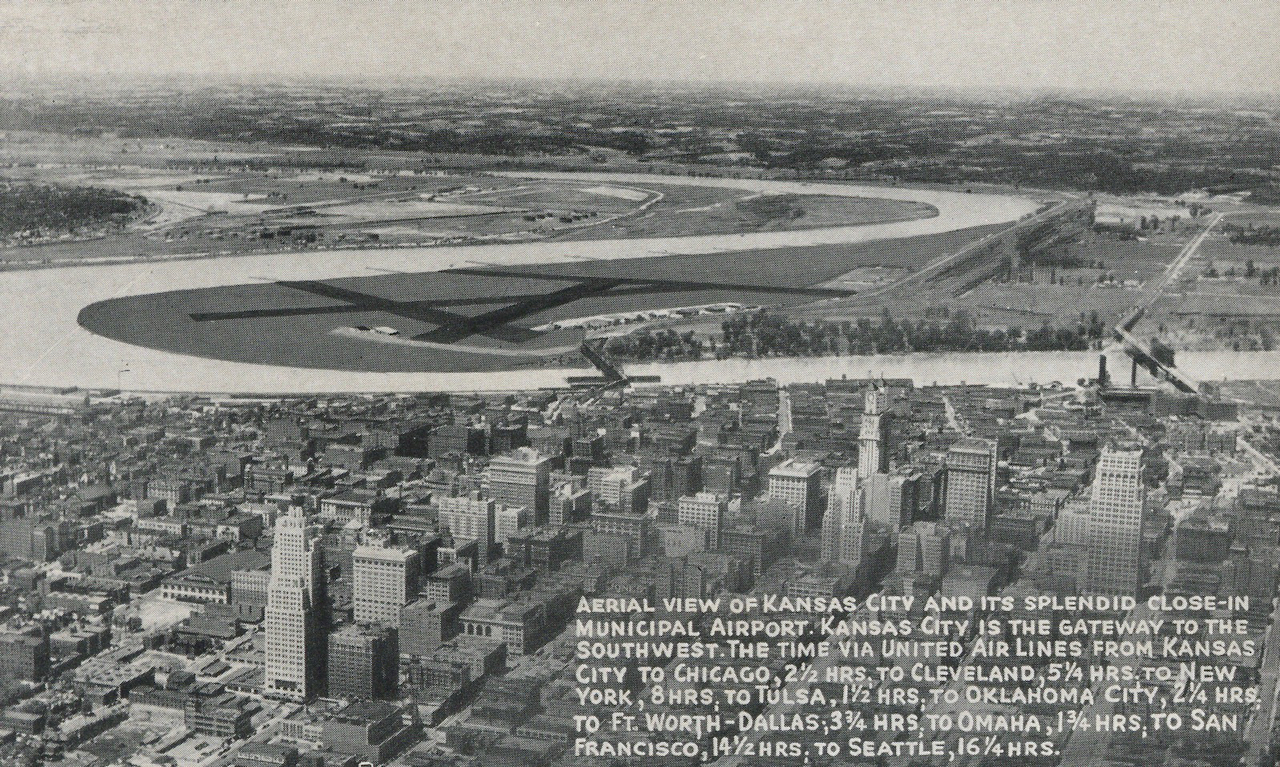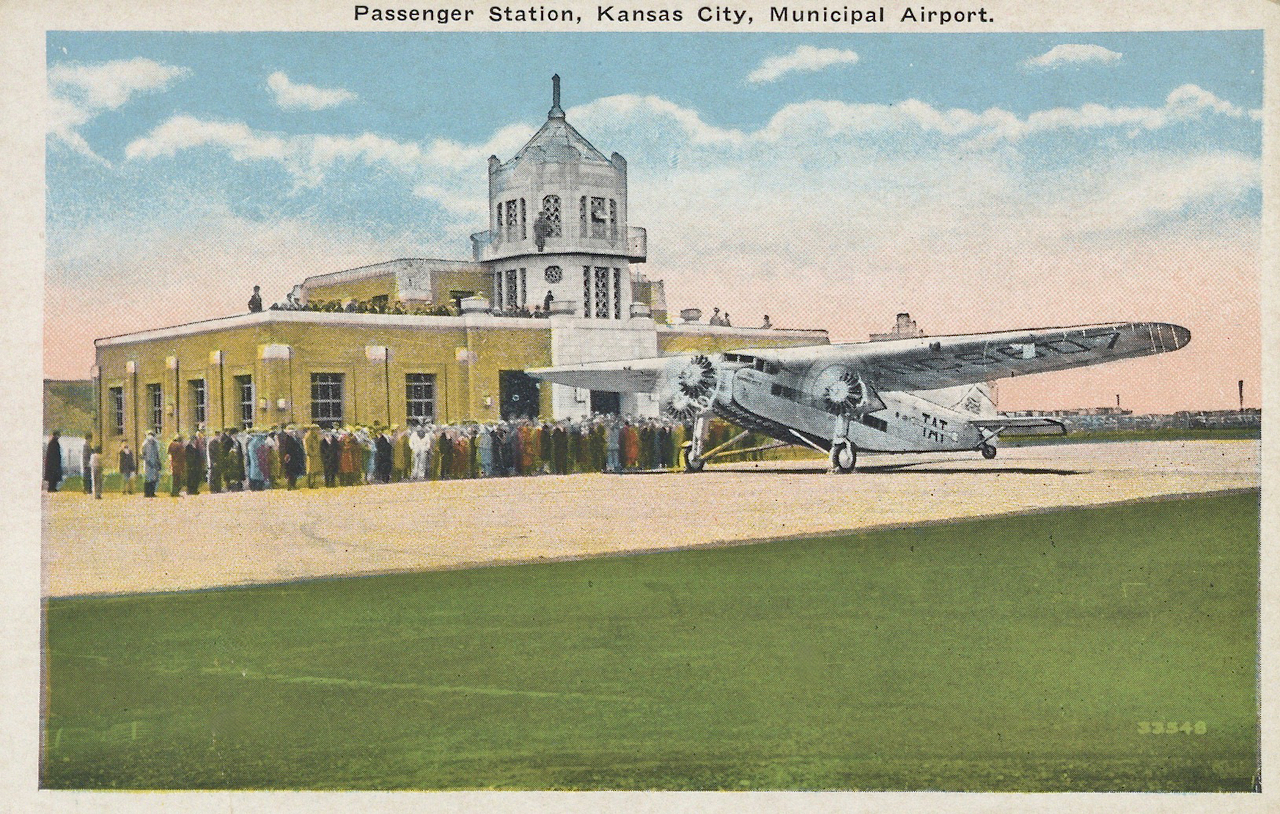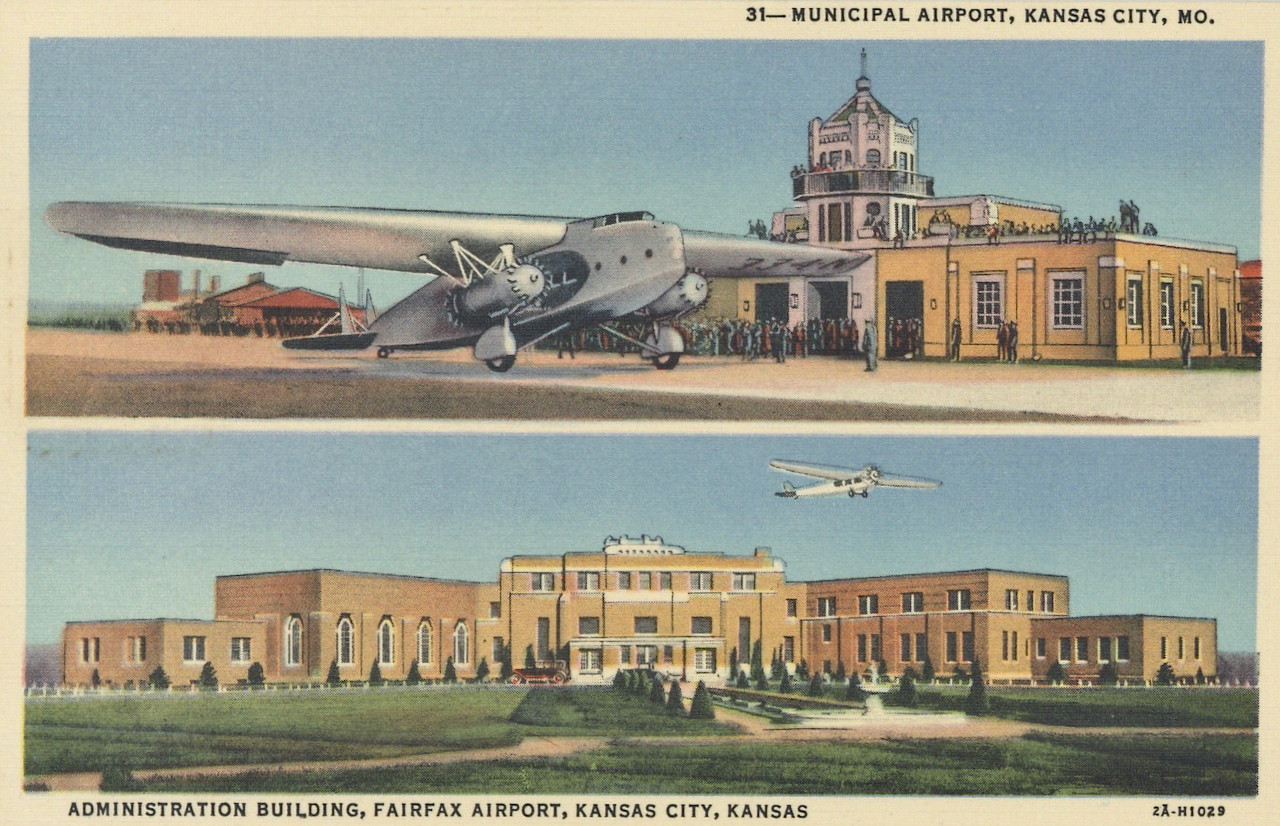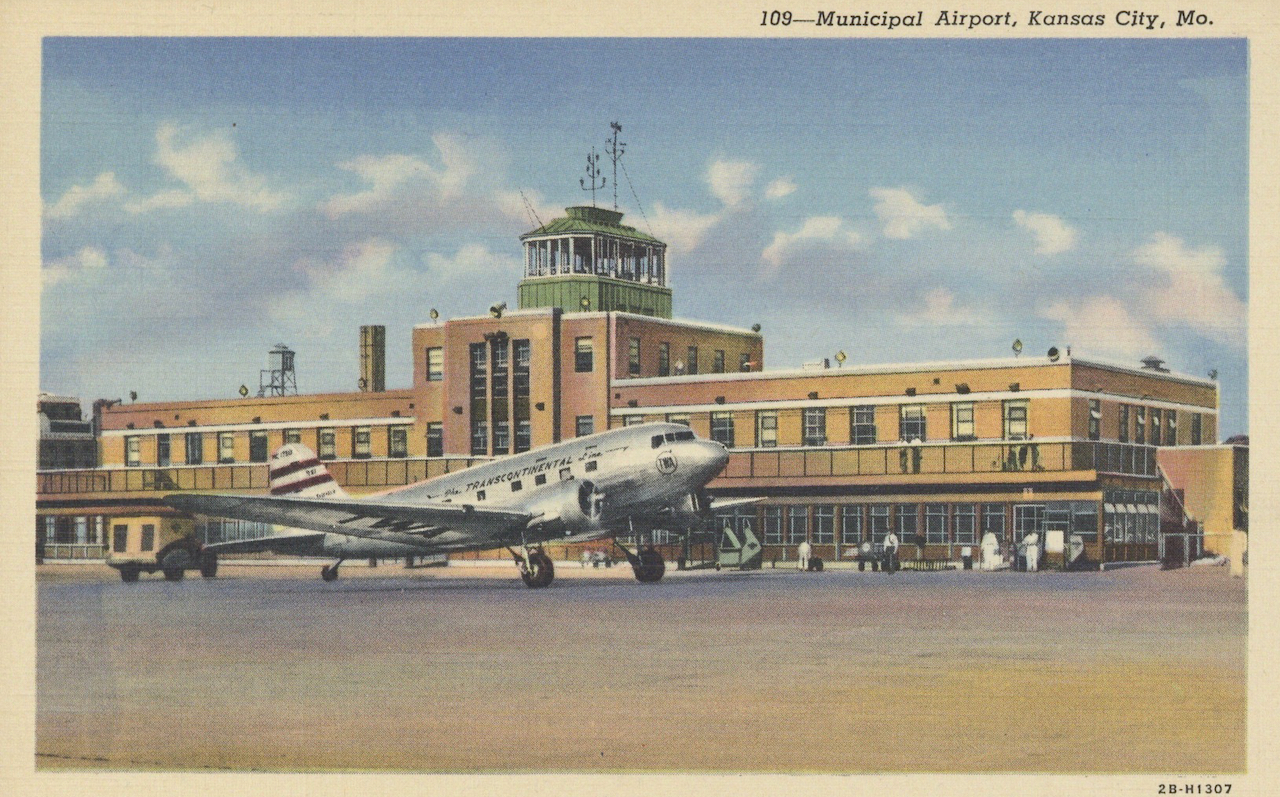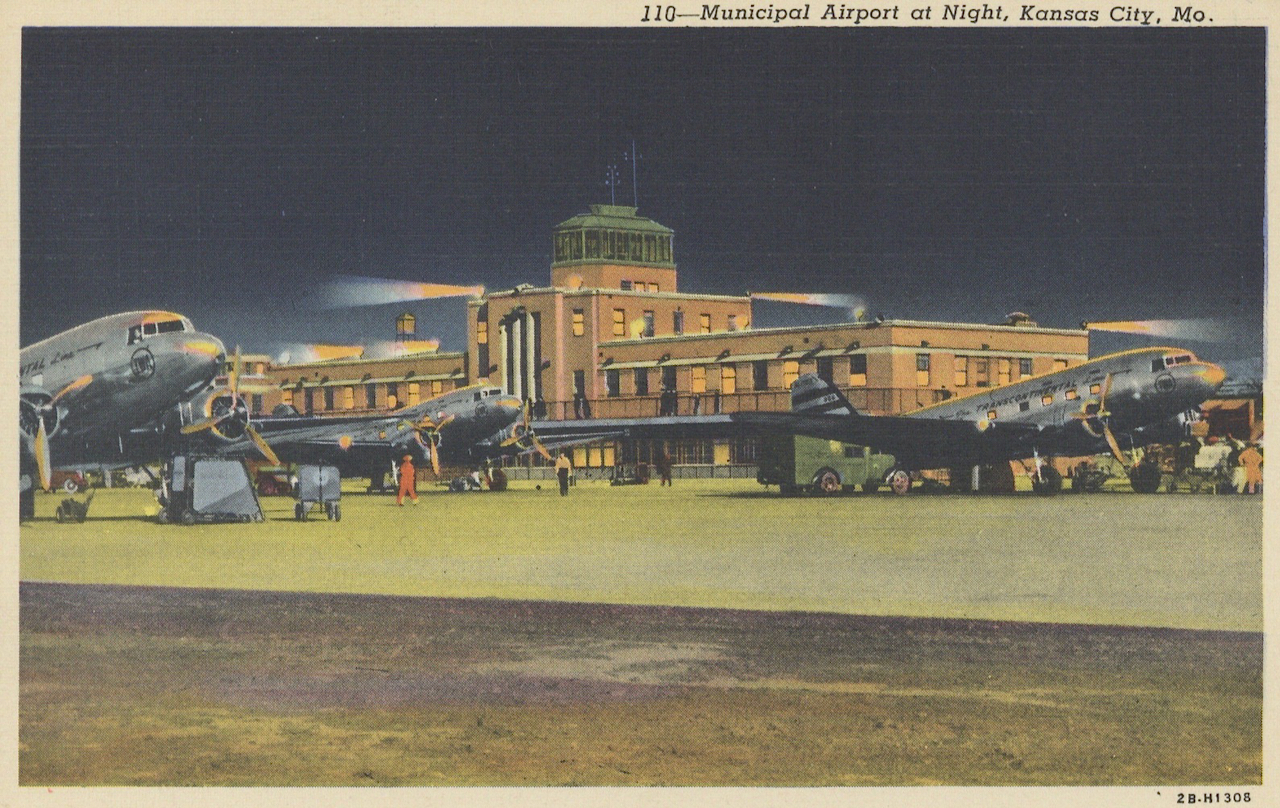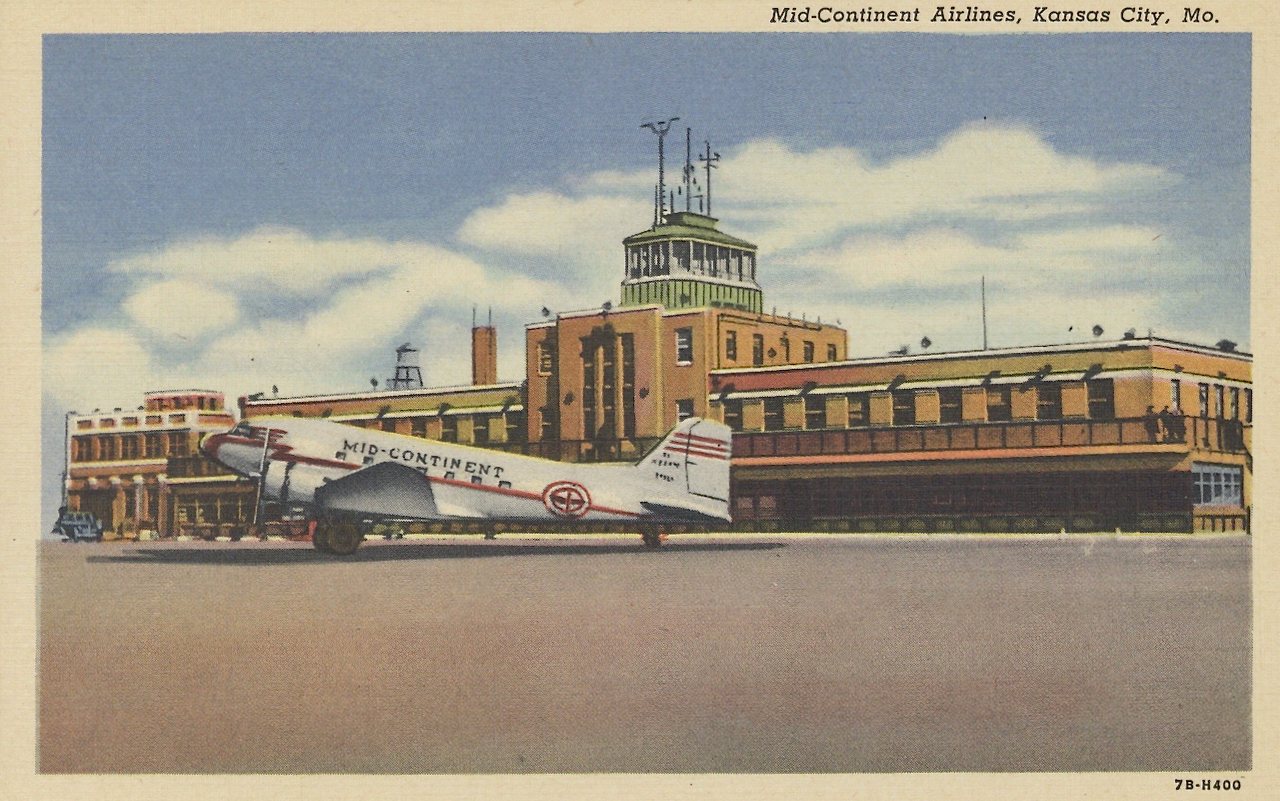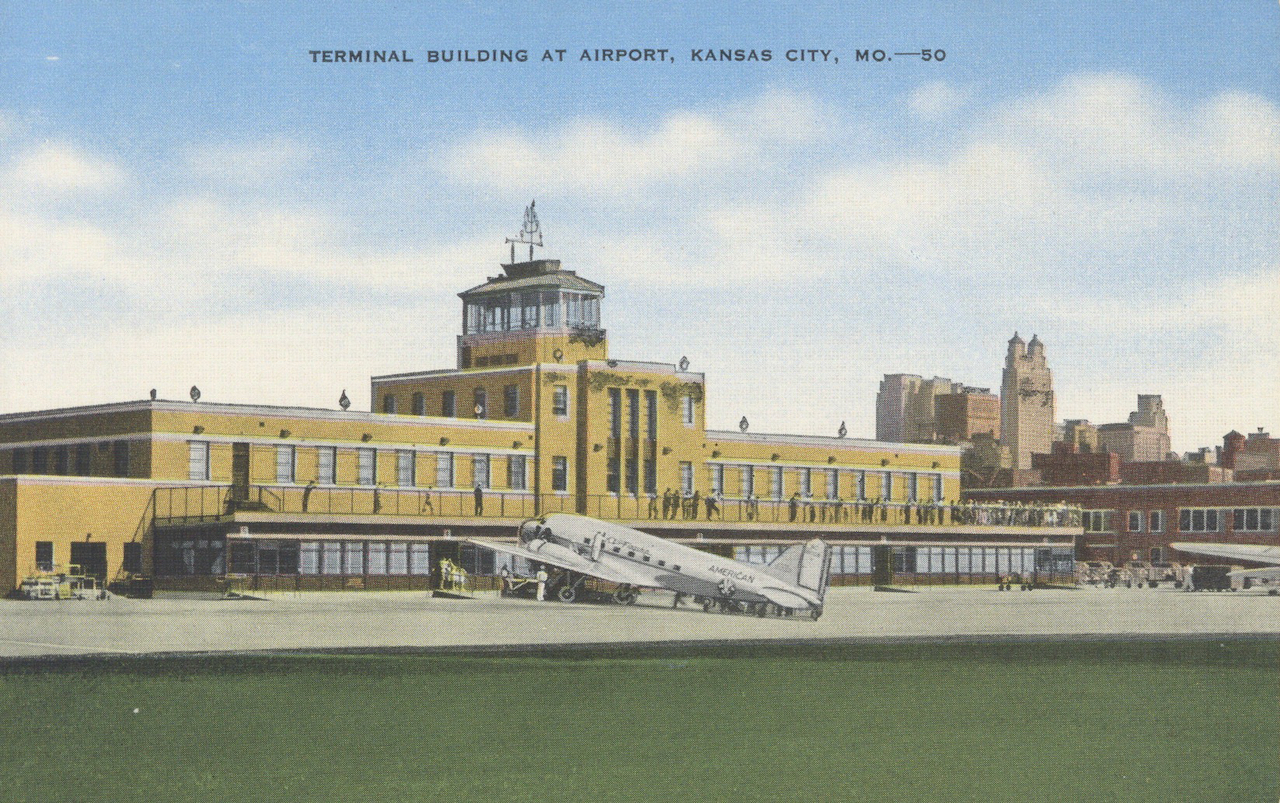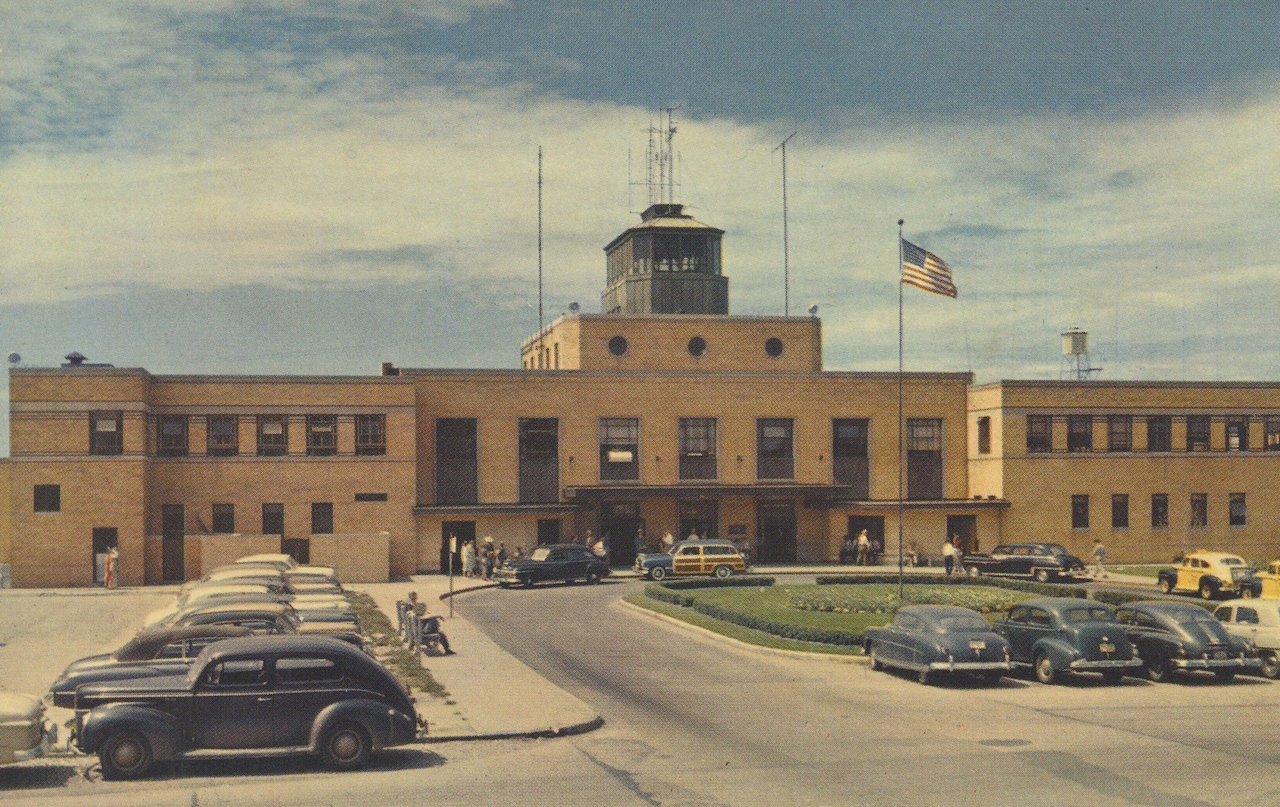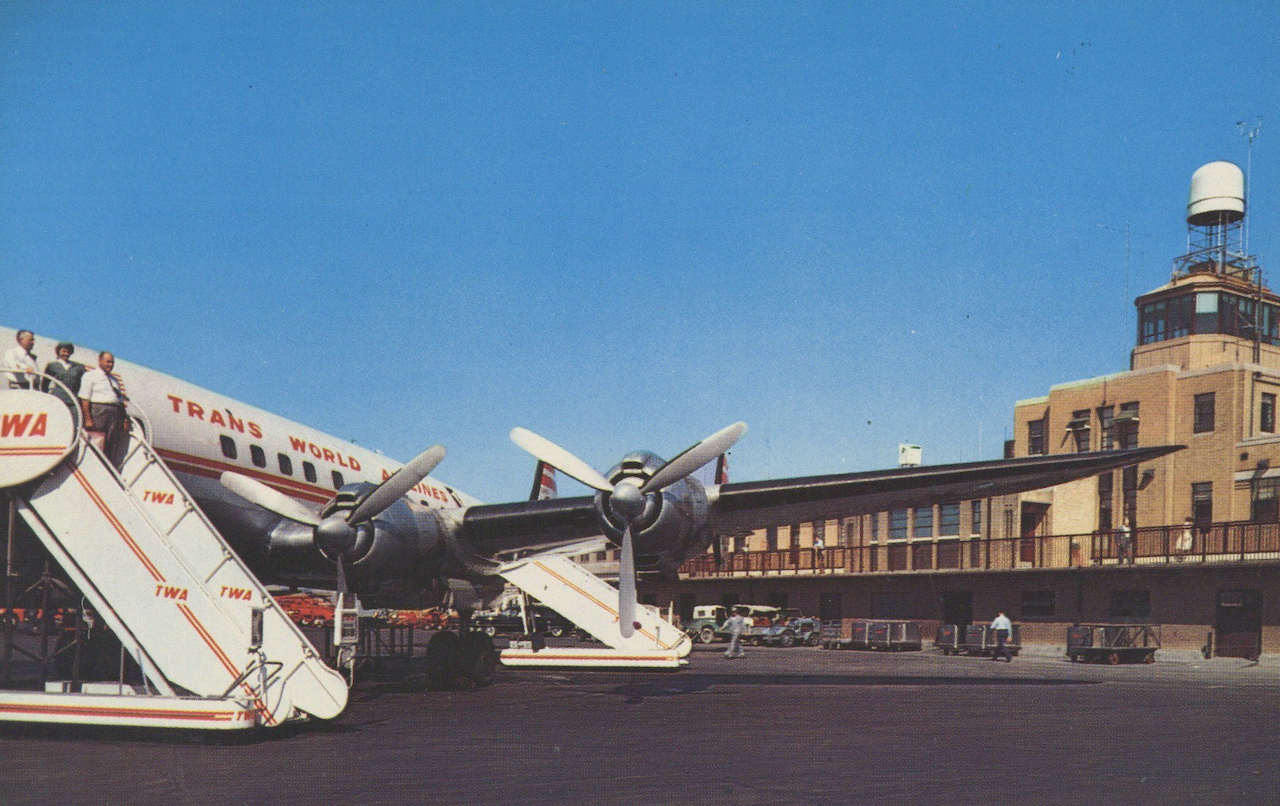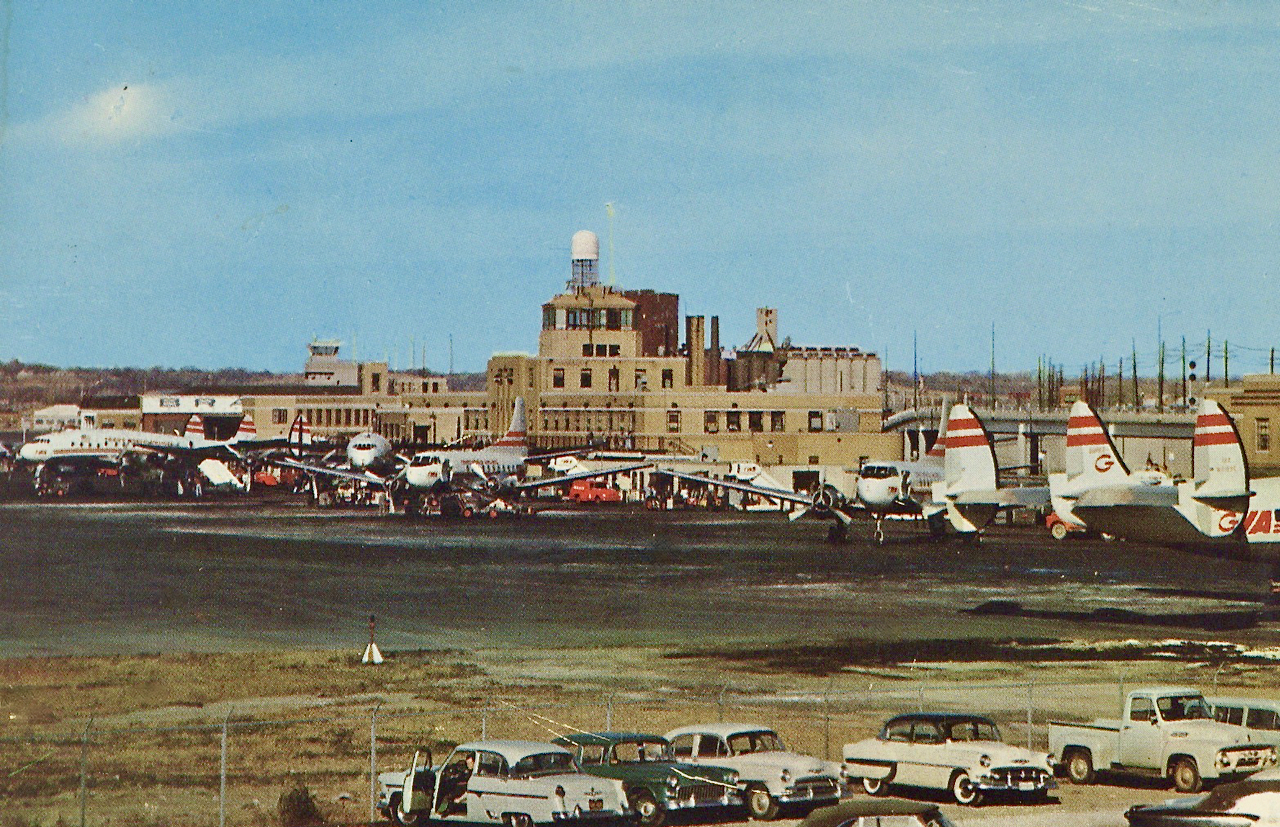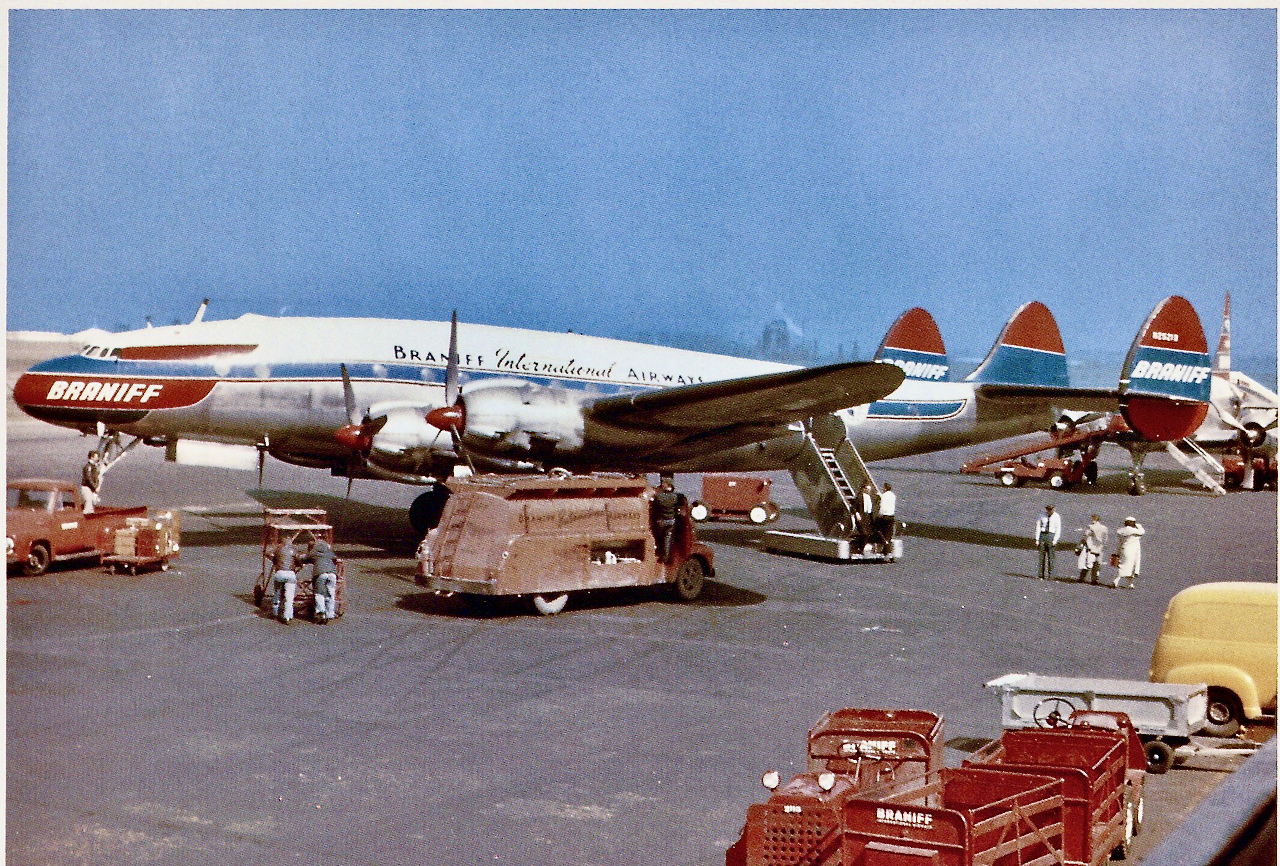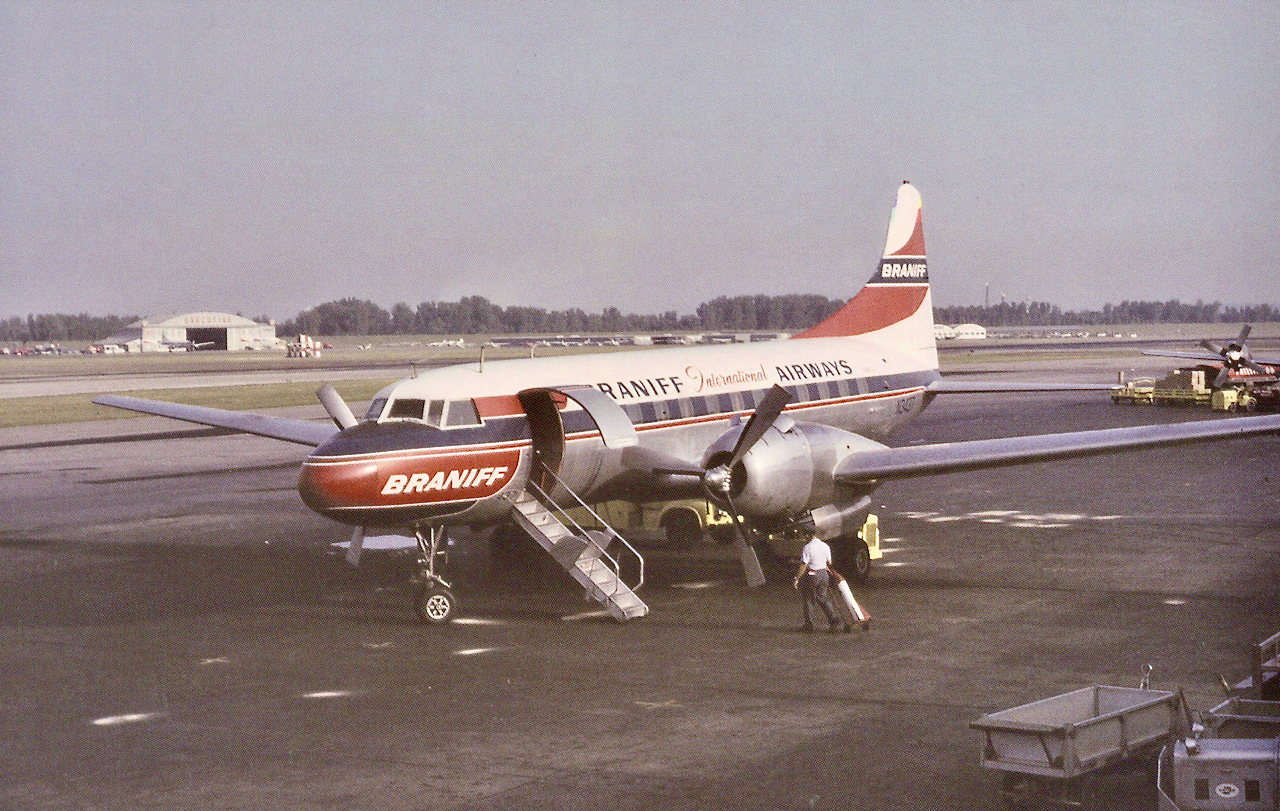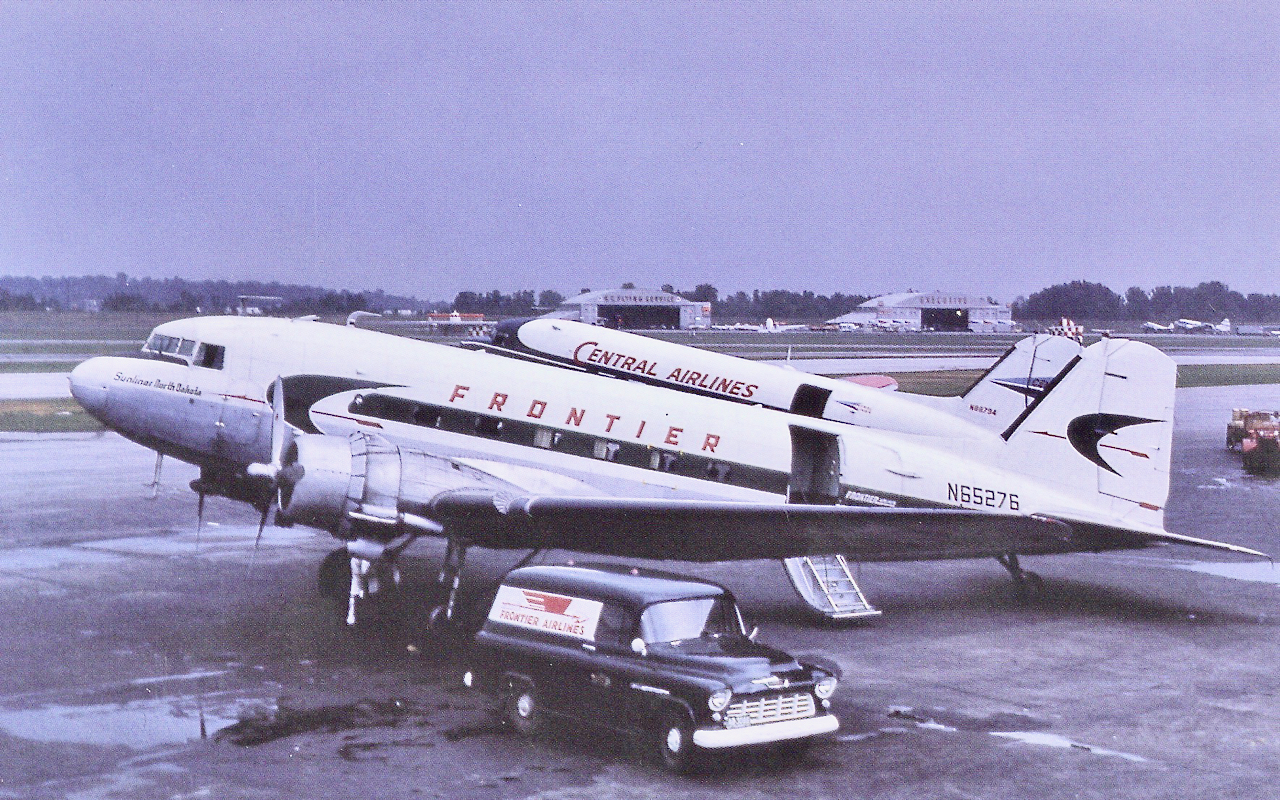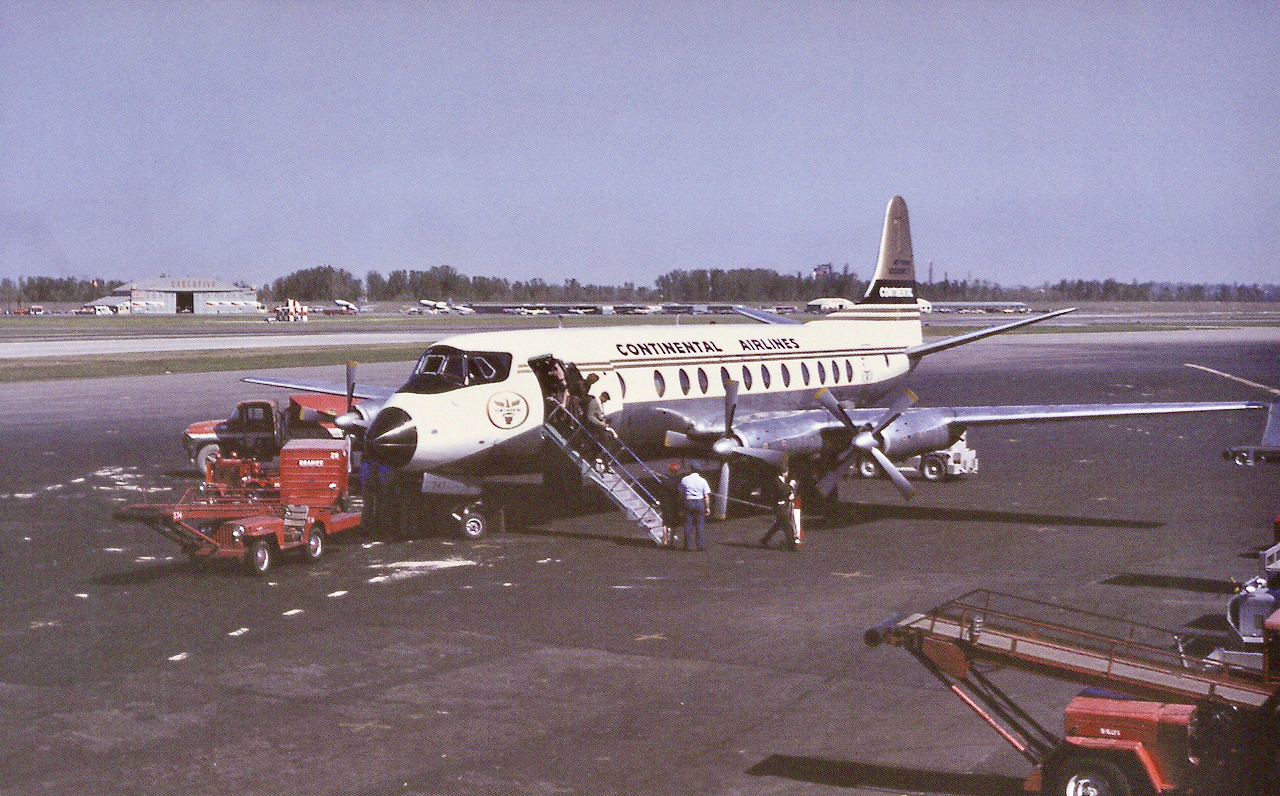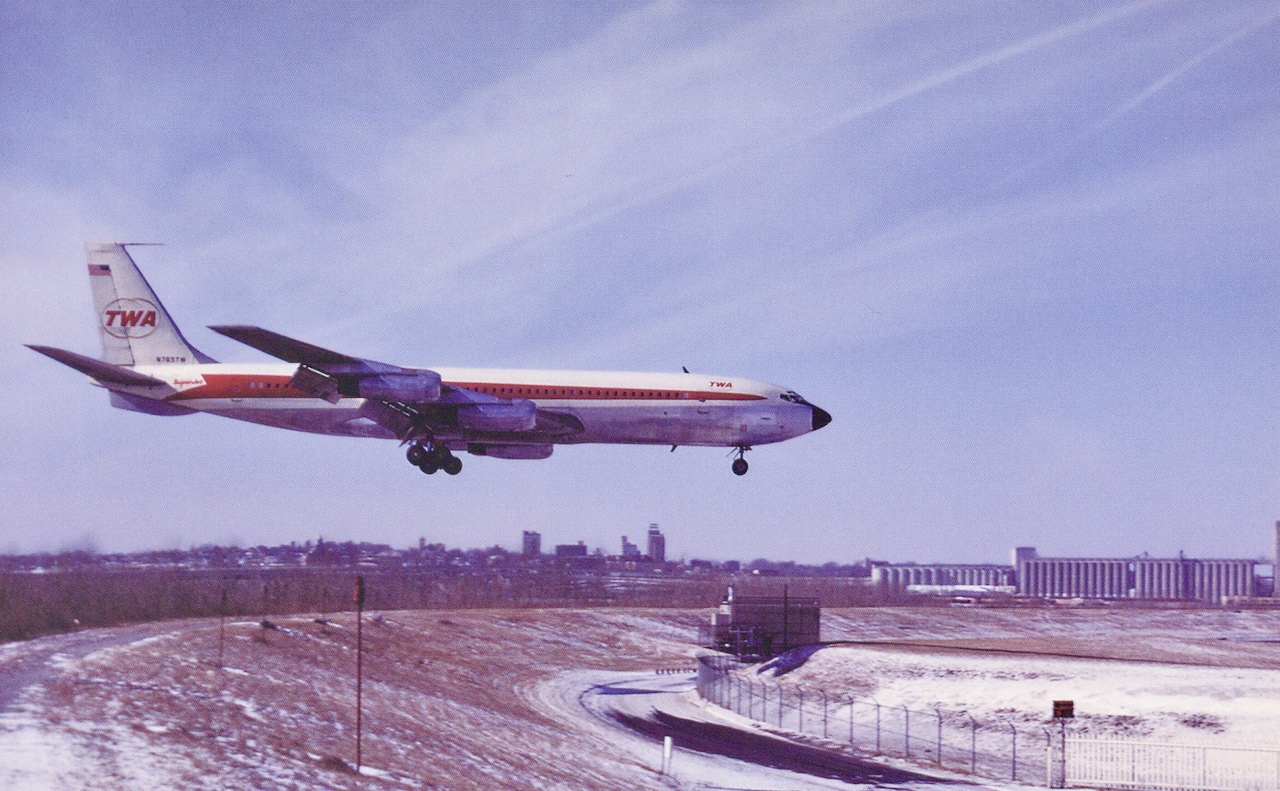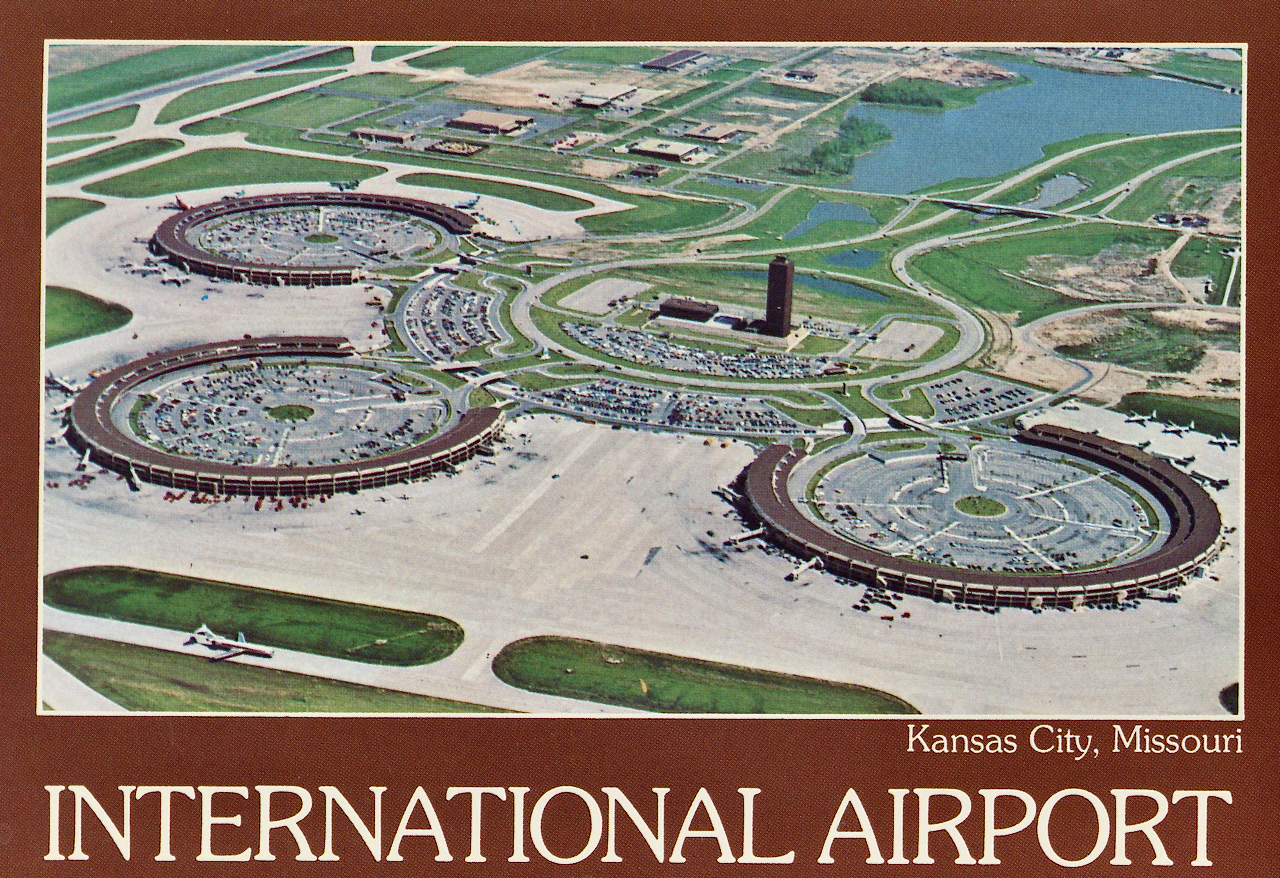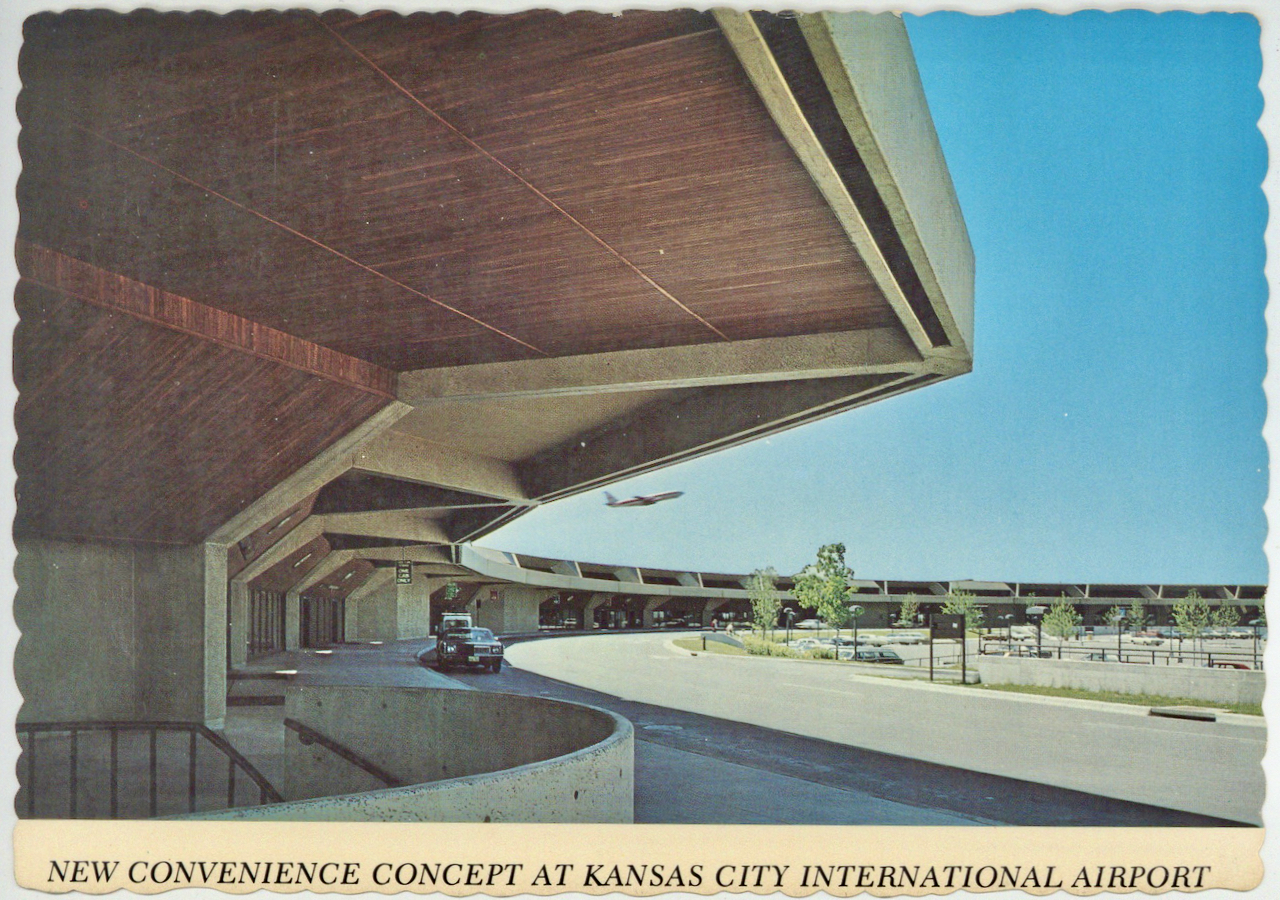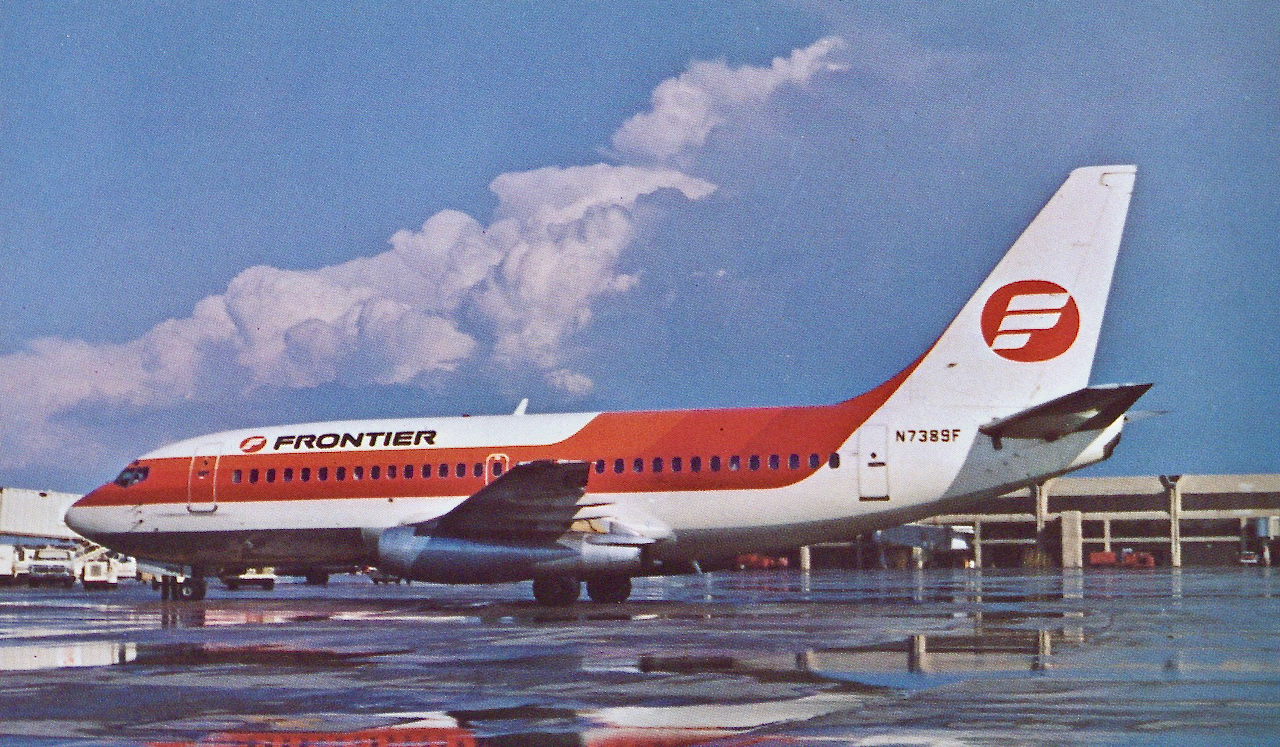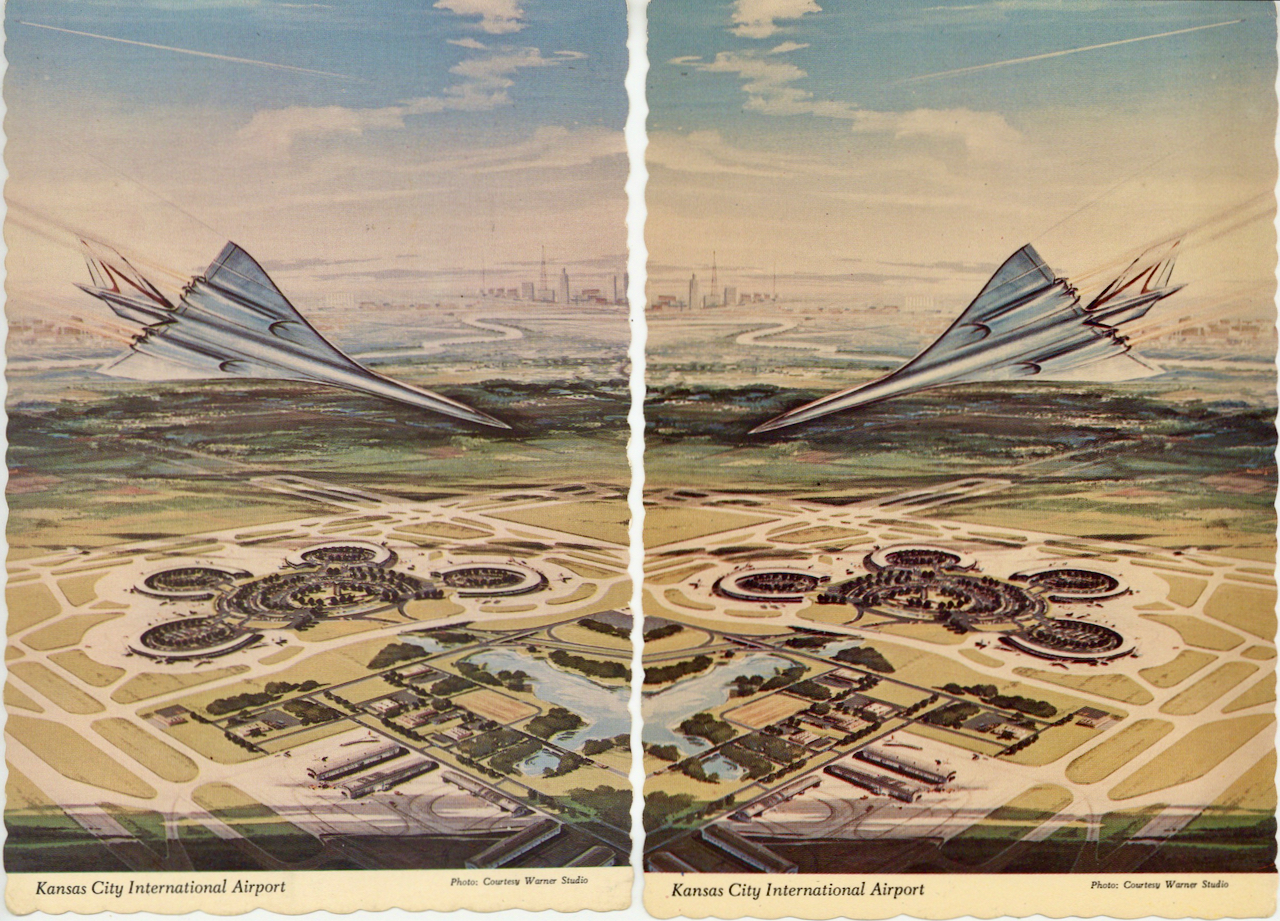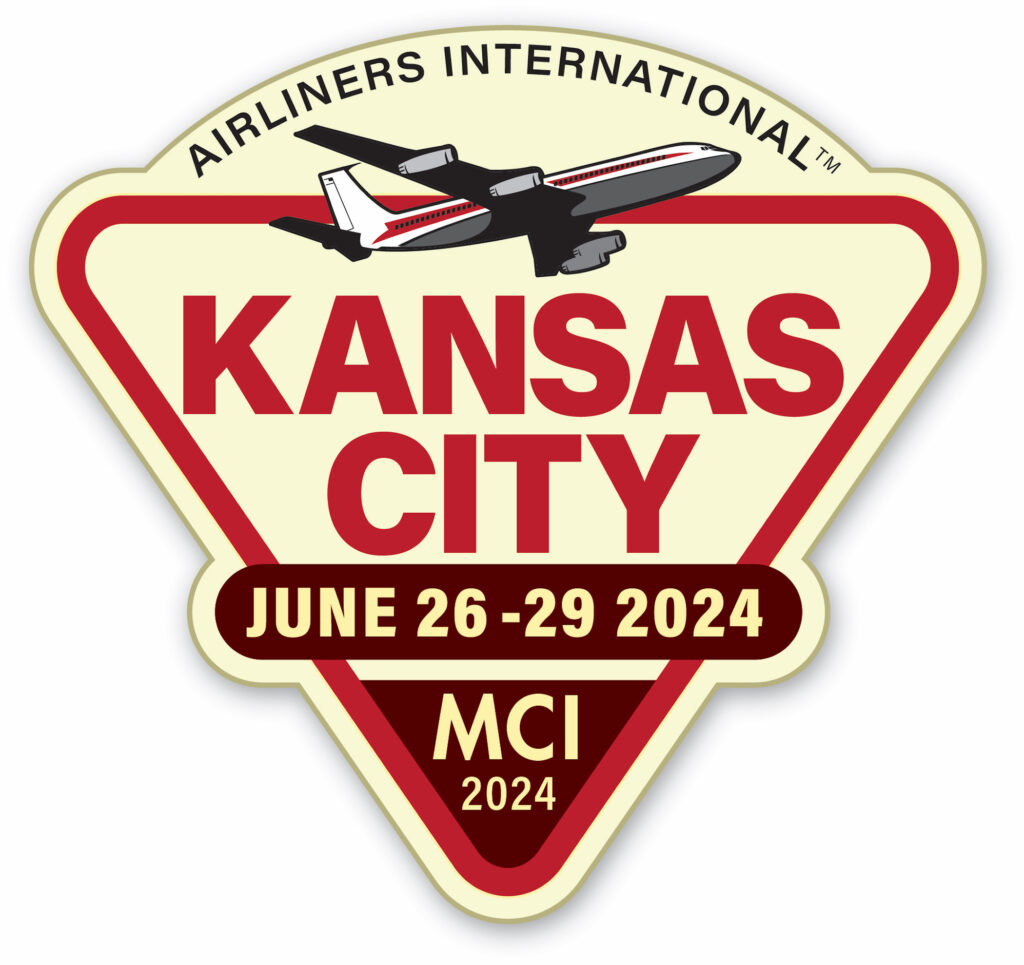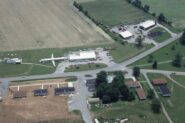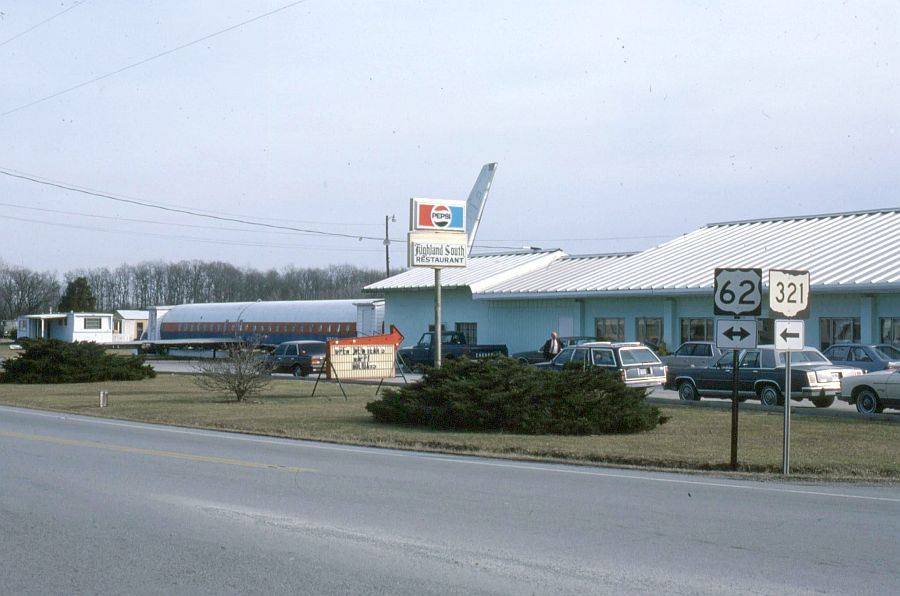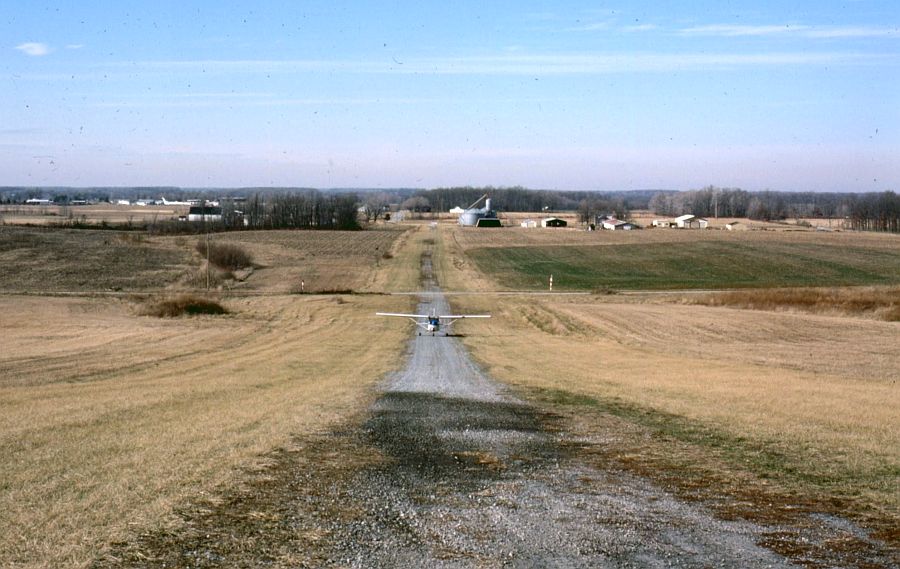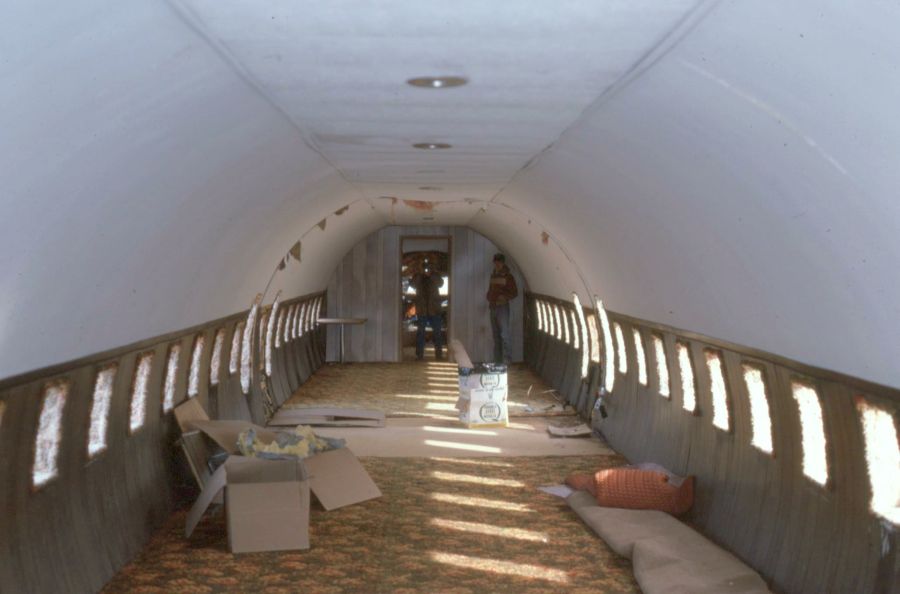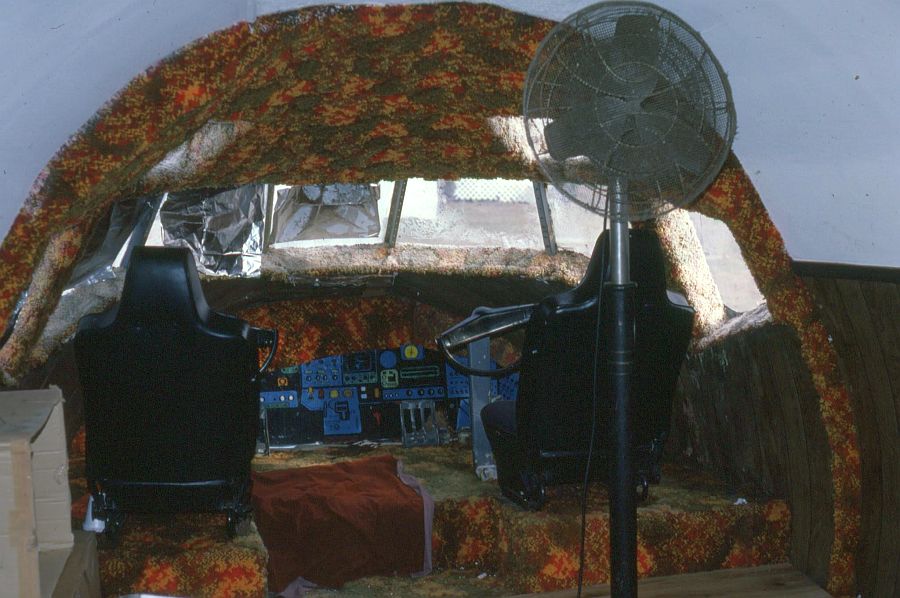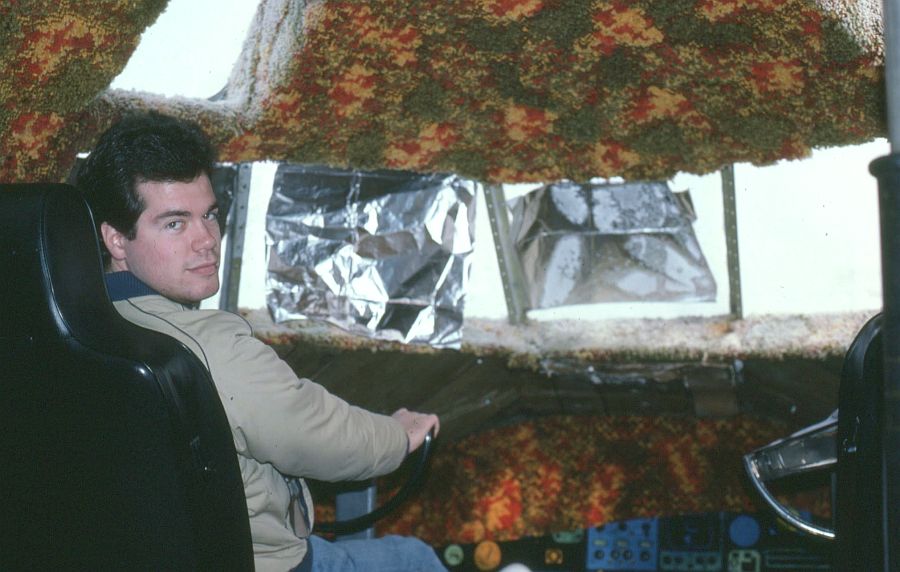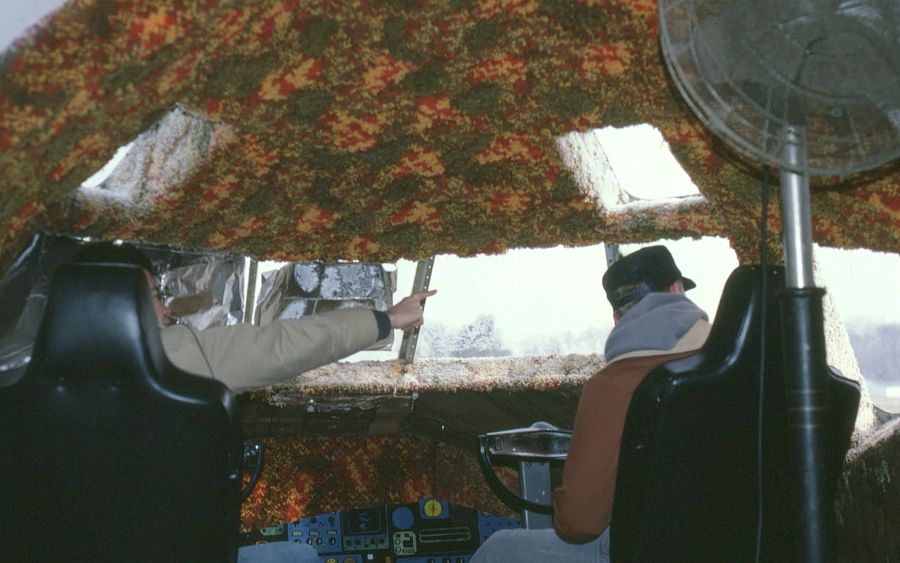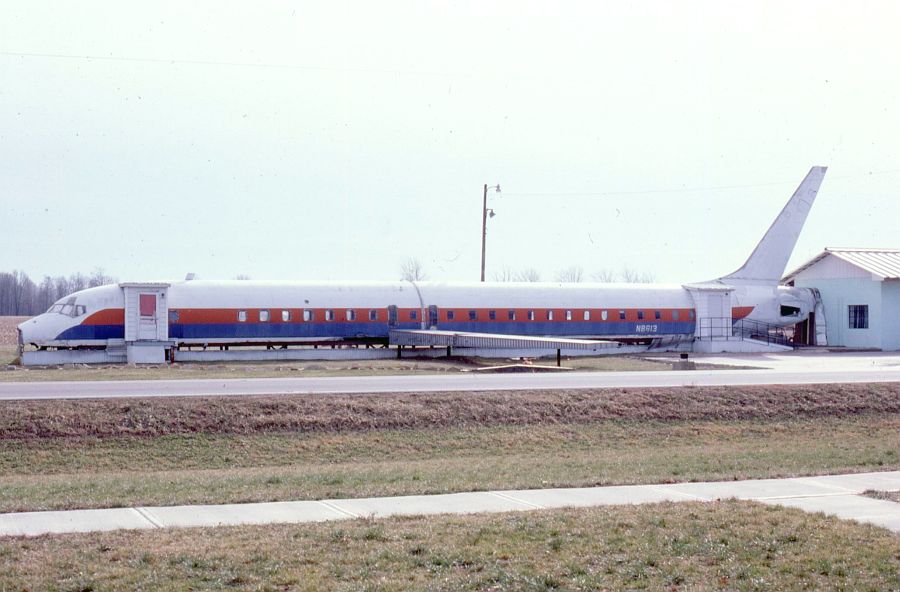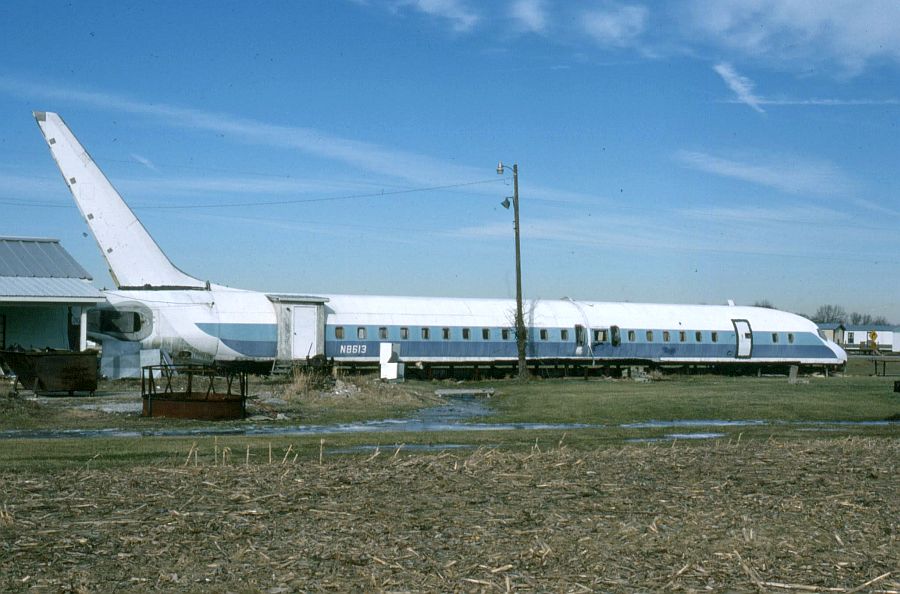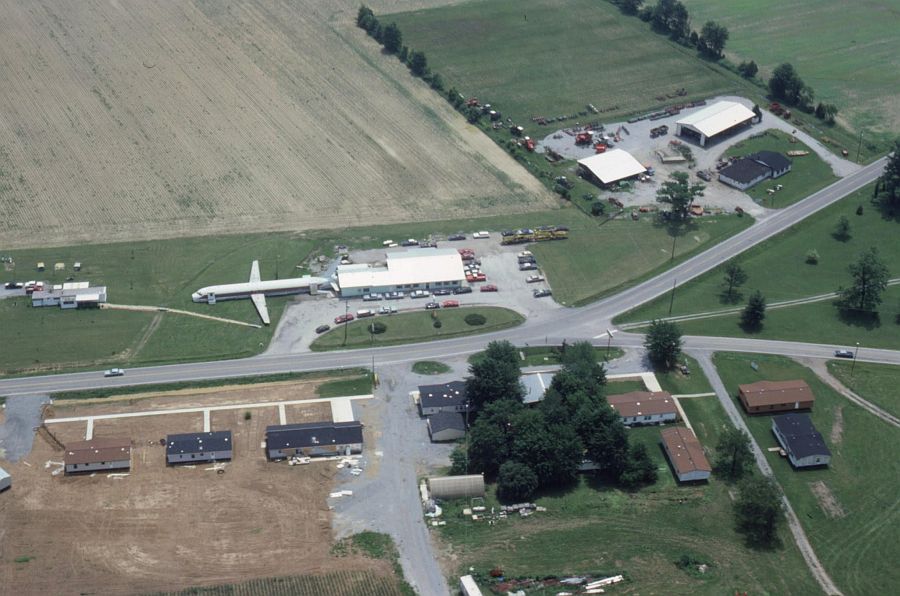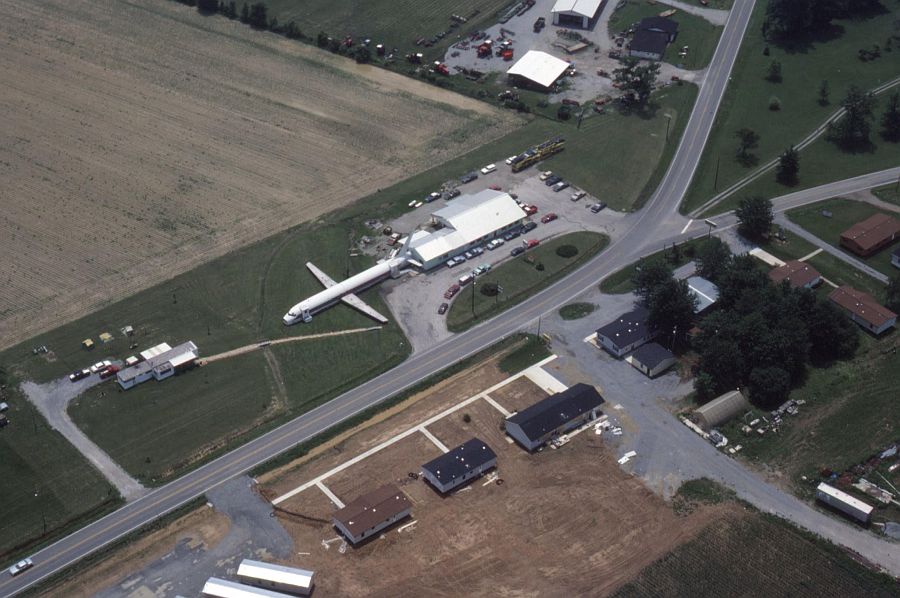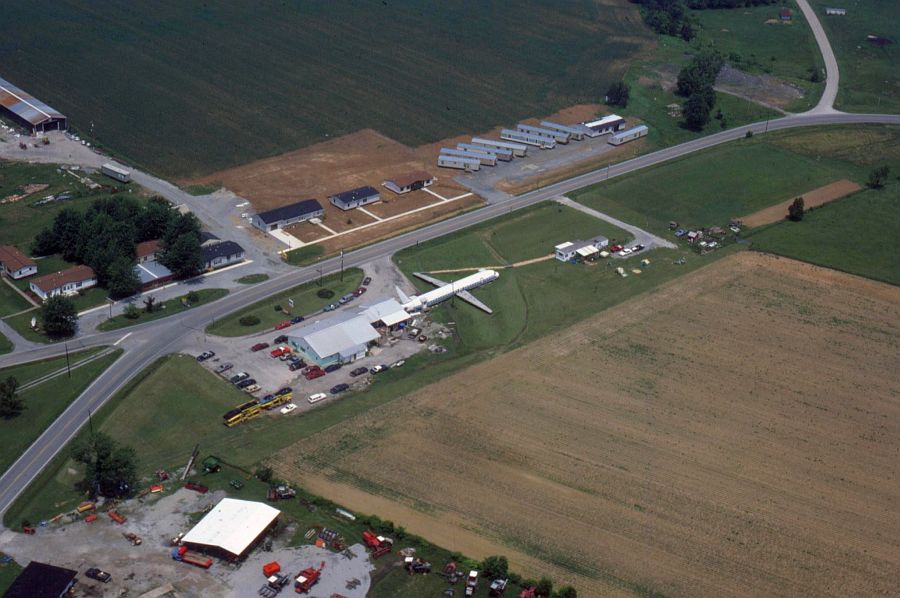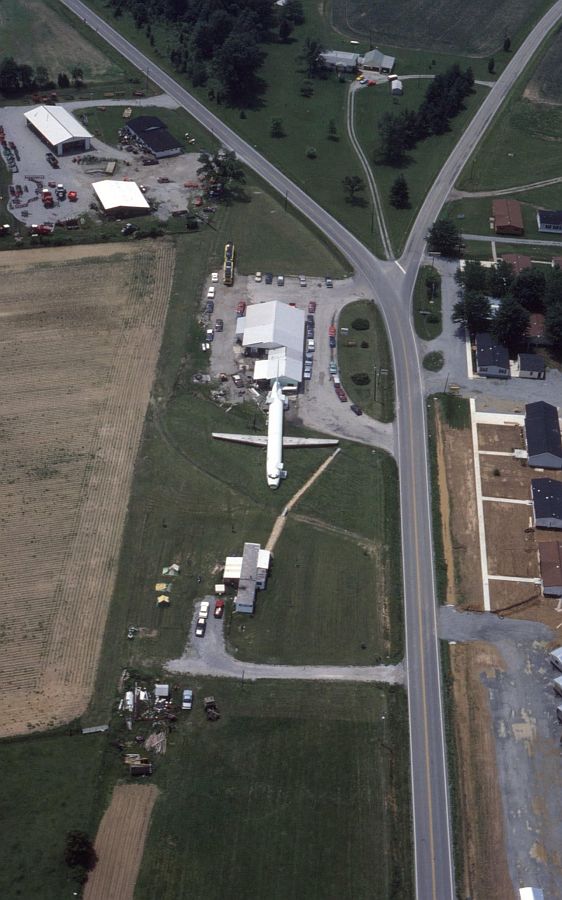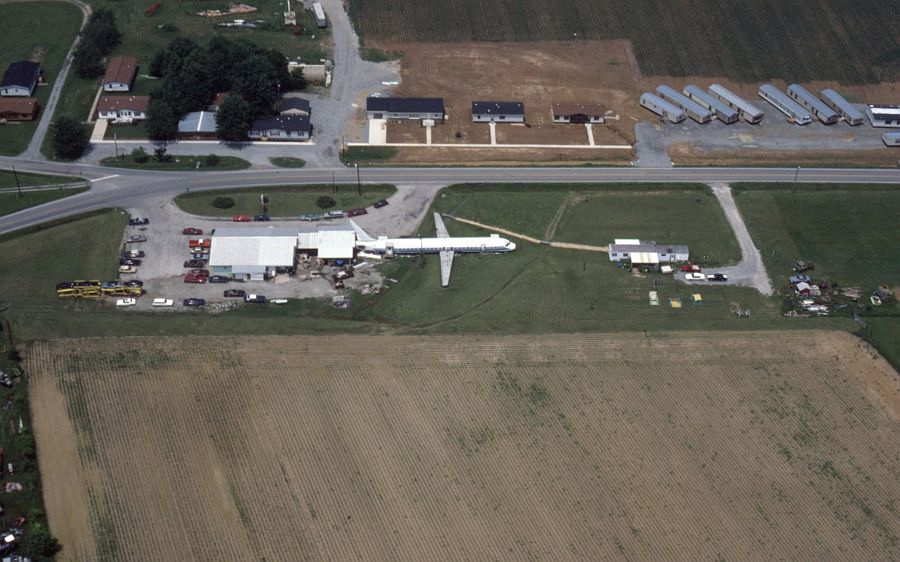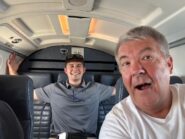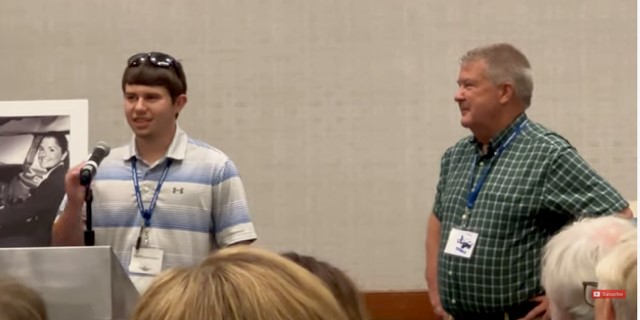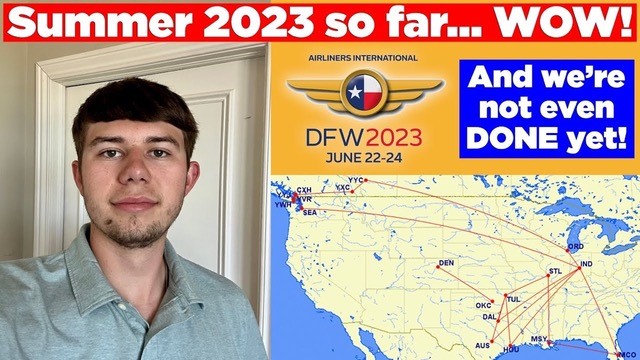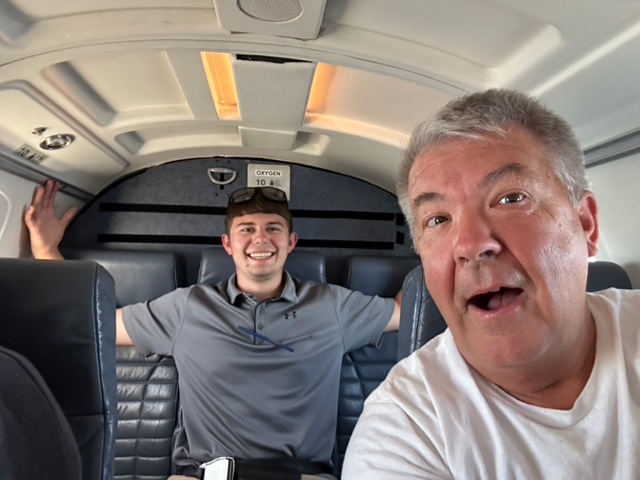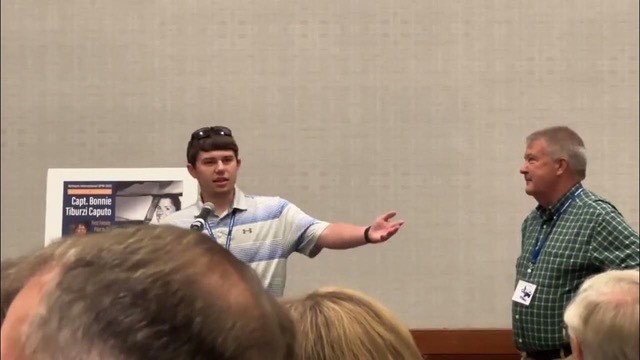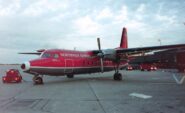
The Last Mesaba Fokker F.27 Flights, Part Two
By Gary C. Orlando
All photos by the author.
As promised and thanks to Ms. Penny Sandahl, Douglas P. Fulton (Mesaba Public Relations) contacted me in early September 1995 with an invitation to take part in the two final revenue flights of Mesaba’s Fokker F.27, N278MA.
Mesaba would provide a free space-available ticket from Moline, IL to Minneapolis/St. Paul and then once again, over to Wausau/Central Wisconsin where I would overnight. I’d fly on the final flight back to Minneapolis/St. Paul the next morning and then back to Moline. I was also invited to take part in the festivities afterward.
The flights were to take place September 14-15, 1995. I drove down to Moline the morning of the 14th and waited to board a Mesaba Dash 8-100, N824MA, for my ride to Minneapolis/St. Paul. The Dash 8s were replacing the Fokkers which had been providing dependable service with Mesaba since late 1984.

Soon we would land in MSP around 650pm and I would sit and wait for the flight over to Central Wisconsin which was scheduled to depart on flight NW3260 at 9:30pm.
Upon arrival in MSP, and as I walked across the ramp, there it was: my 30-year-old ride over to the C-WAY that night.


With my boarding pass in hand, I anxiously waited to walk out and get settled in. Once aboard, I took a seat 5C which was an aisle seat. It was night time so nothing could really be seen outside.
Once we were settled in and with the passenger door still open, the pilots started up the number two engine.
From outside the door I could hear some whistles and cheers and applause as these ground agents would be saying goodbye to the plane for the last time on their shift. I’m not sure if it was because they were happy or sad about it being retired. I chose to take it as a fond farewell gesture on their part.
We had maybe a third to a half of the seats taken on this flight. Our flight attendant, I would later find out was Miss Nancy Bingham, the number one seniority flight attendant who purposely bid this trip to fly the last Fokker.


Oddly enough, the galley on this F.27 was in the front rather than in the rear of the passenger compartment like later-built Fokkers.
Since it was the second-to-last flight for this F.27, Nancy gave out free drinks to the passengers who wanted them.
I eventually did get up and take pictures of all of the passengers looking front to back and then a shot from back to front. Some of the passengers were characters and having a good time. I’m not sure they realized the significance of this flight. If I recall, I think Miss Nancy or one of our pilots mentioned it to everyone before our departure.


All too soon we were making our approach to Central Wisconsin Airport. One leg down, with the last one to go in the morning. We blocked in at 10:29pm.
Ironically, I ended up booking myself into the same hotel that the flight crew was staying at. I had a nice conversation with them. I explained to our pilots the purpose of my trip. Needless to say, both thought it was neat that I took such an interest in the airplane. On the flight from the Twin Cities, I had explained the purpose of my trip to Miss Nancy.
Bright and early the next morning we would be back out to the airport for the first flight back to Minneapolis/St. Paul. We were scheduled to depart at 600am on NW3261. I rode back to the airport with the flight crew. Our pilots were Captain John Schmoll and Captain Will Waldo, the two highest seniority pilots at Mesaba. Both had purposely bid the trip as Miss Nancy did.
Since I was considered a VIP guest of Mesaba, I was ushered into the back office of Mesaba’s C-WAY operations and I was given the okay to board early with the crew on the plane even skipping the security checkpoint! Remember, this was 1995 and security rules back then were very different than they are today.

I settled into seat 3C and once all the remaining passengers were aboard, I looked around and actually felt very sad on two accounts. First, this would be the last revenue passenger flight for Mesba or ANY Fokker or Fairchild F27 in the upper Midwest, and secondly, because there were so few passengers on this flight to the Twin Cities.
I thought to myself, “Where are all of the Fokker F.27 fanatics?” Was I the only one?
We were shortly underway with engines screaming and blocked out five minutes early. The flight back to the Twin Cities was over way too soon. I was kind of teary-eyed because I knew this might be the very last F.27 I would ever fly on.

We touched down and were soon back where we had started the night before, blocking in at 6:55am. I lingered on the aircraft wanting to take in the sights I might never see again as I made my way up to the flight deck to get a few pictures of the control panel and talk to the pilots and thank them.







Before getting off the airplane, I had Captains John and Will and Flight Attendant Nancy all sign my log book, and Captain John gave me the total time and landings as of our block-in.
Total Time (Hours): 53,371 hours and 3 minutes.
Total Landings (Cycles): 54,058 landings.
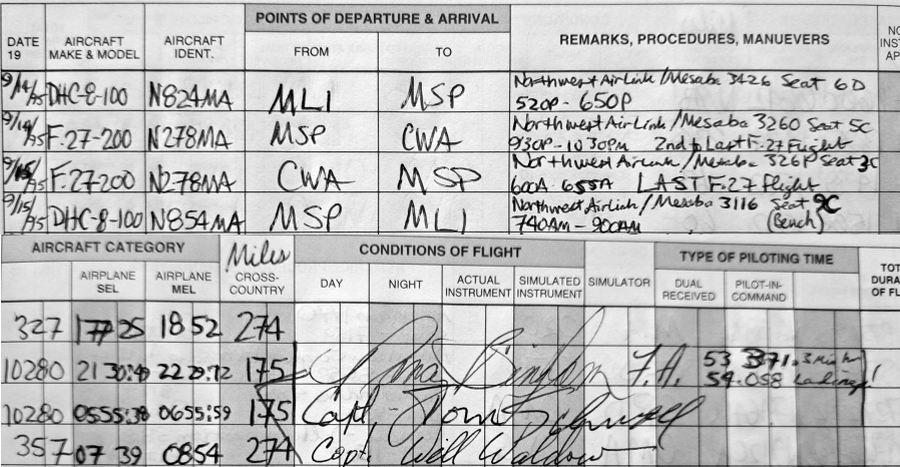
Well, that’s it; the end of an era at Mesaba. I was very blessed having been given the chance to take part in this little bit of airline history. Unfortunately, I had to miss the festivities afterward and had to bust a move to get back home as my part-time job at Great Lakes Airlines at the Rock Falls Airport had a shift waiting for me.

It was sad to think that no longer would any F27/FH227 Rolls Royce Dart turboprop engines be piercing through the air or on the ramp at Minneapolis/St. Paul or any other Midwest airport. This was the very last!
As for N278MA, this was not the end for this aircraft as it and a few of the other Mesaba Fokkers that were retired earlier were sold to Las Vegas, Nevada-based Eagle Canyon Airlines. They would fly for a few more years taking tourists to and from the Grand Canyon and operating casino charter flights.
Unexpectedly, I would run into N278MA one final time in 2005 at the Opa Locka Airport in South Florida. The aircraft was parked without engines but, still wore its Eagle Canyon colors. The last I knew it is now a fire trainer at a central Florida location.
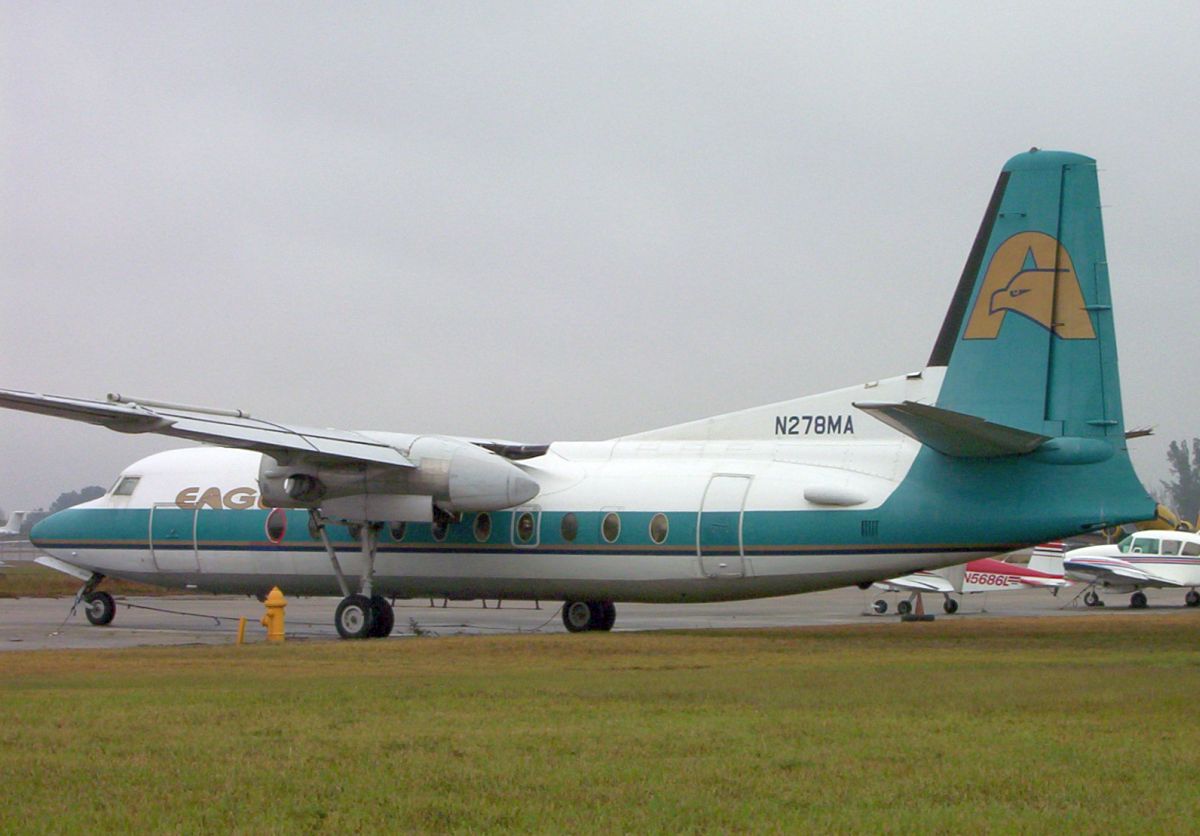
Well, that’s all. I hope you enjoyed my little two-part tale in this edition of Tail Chasers.
